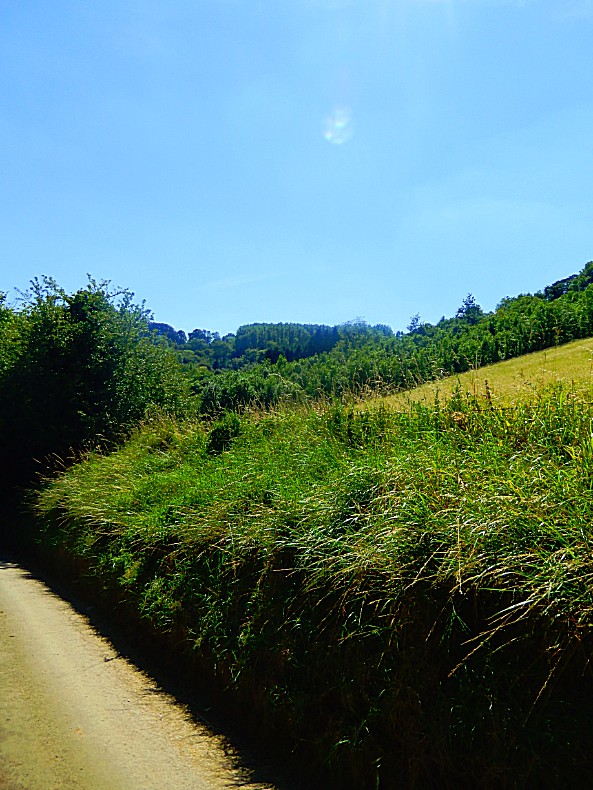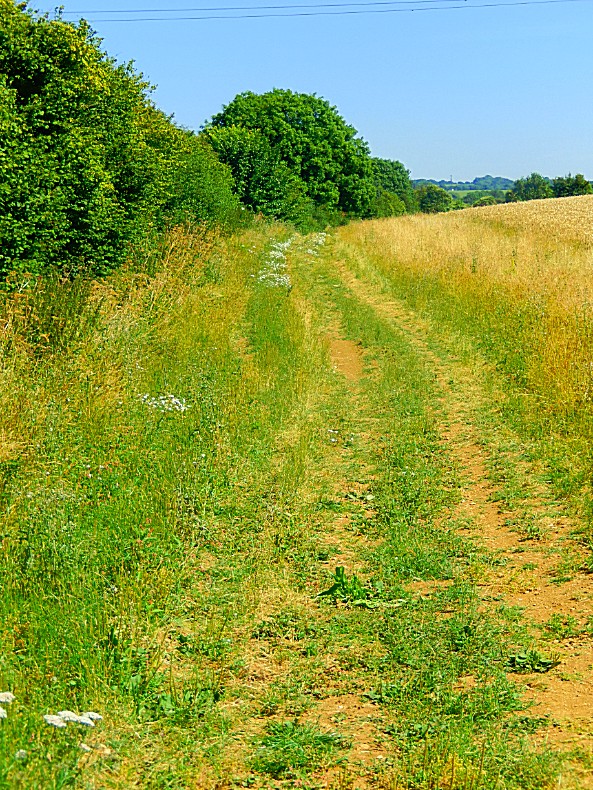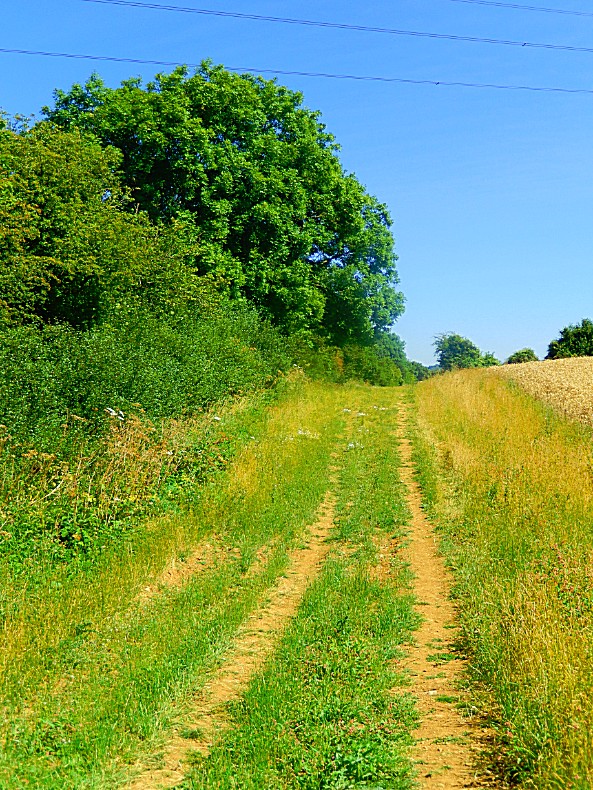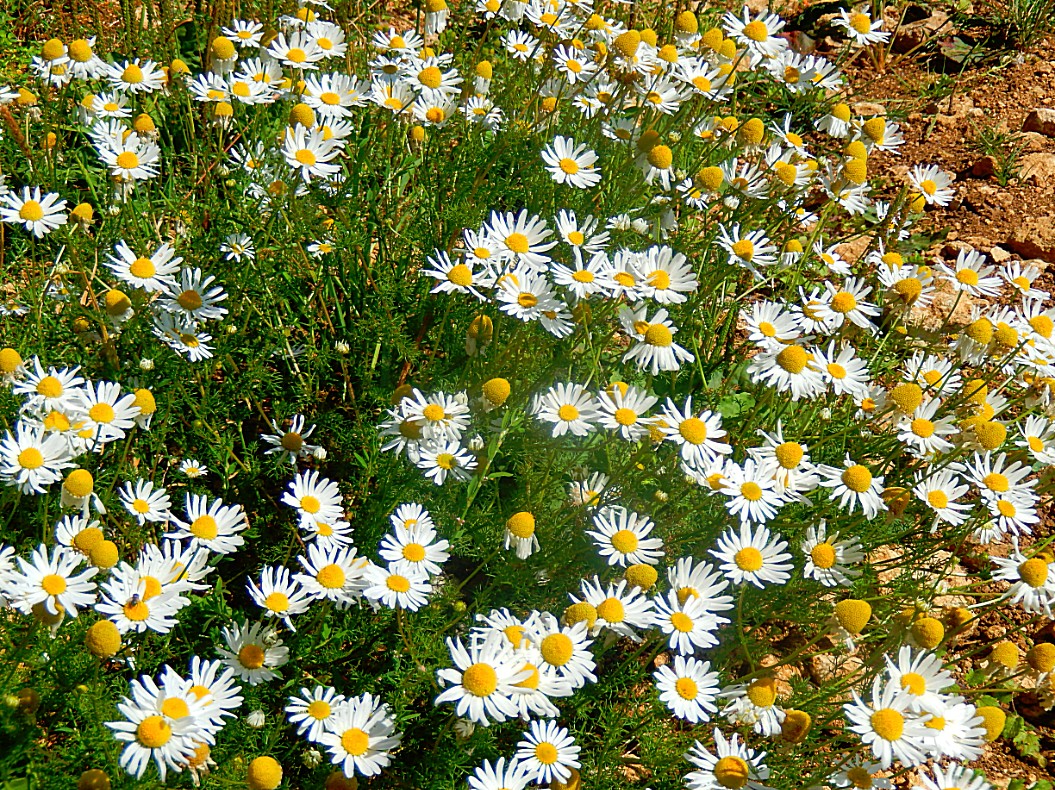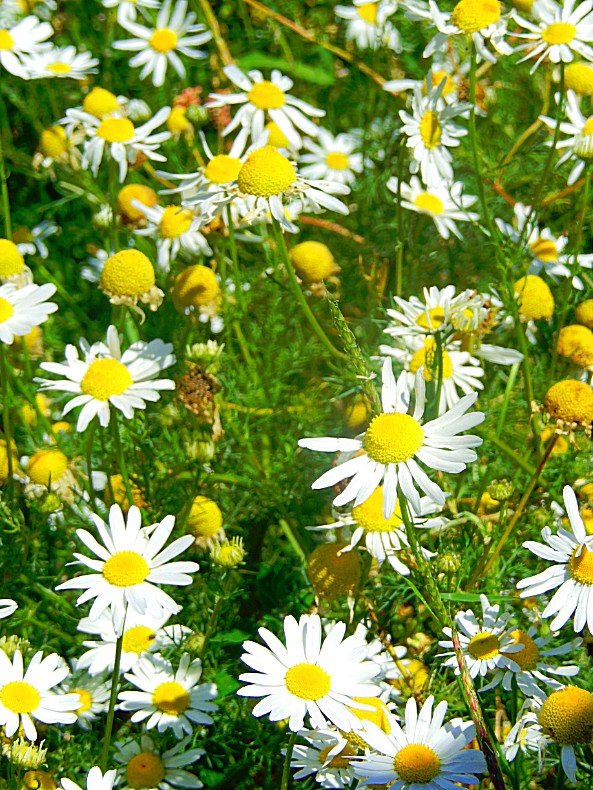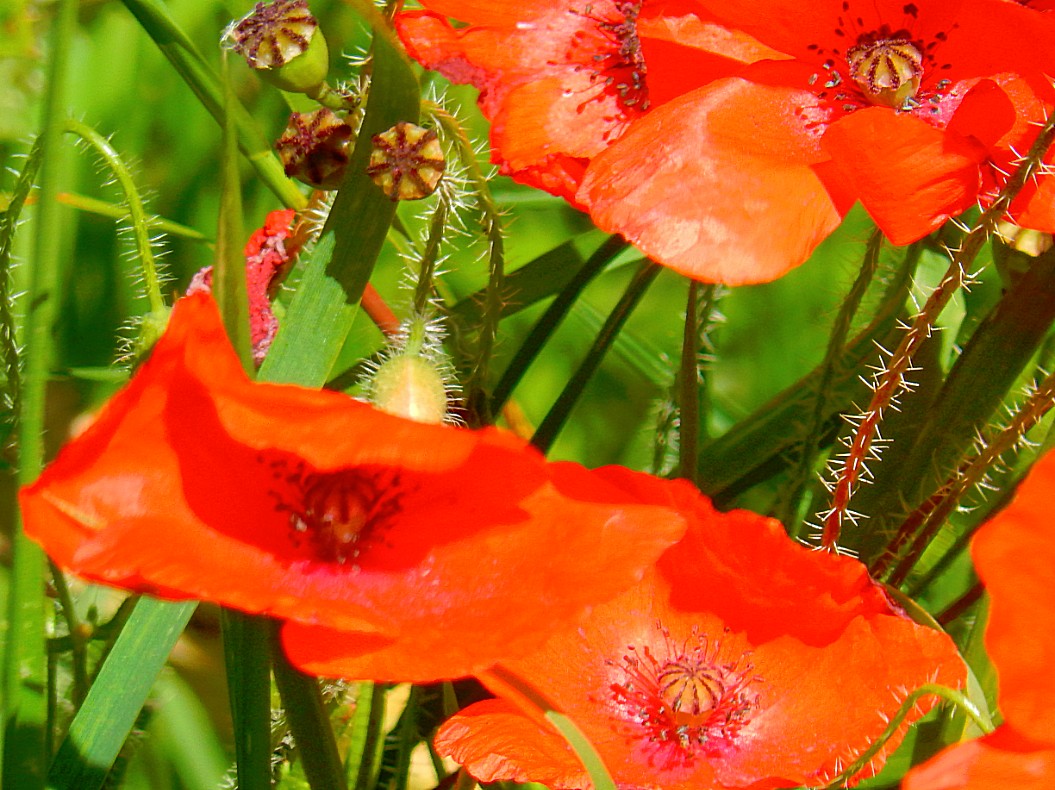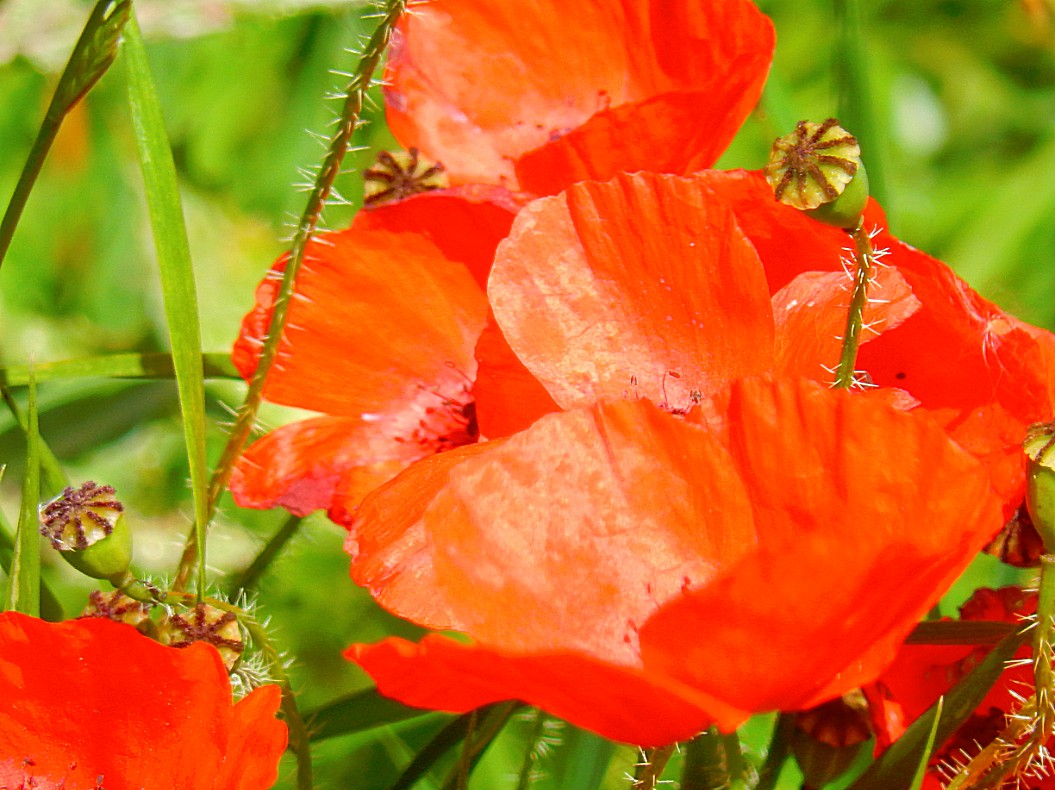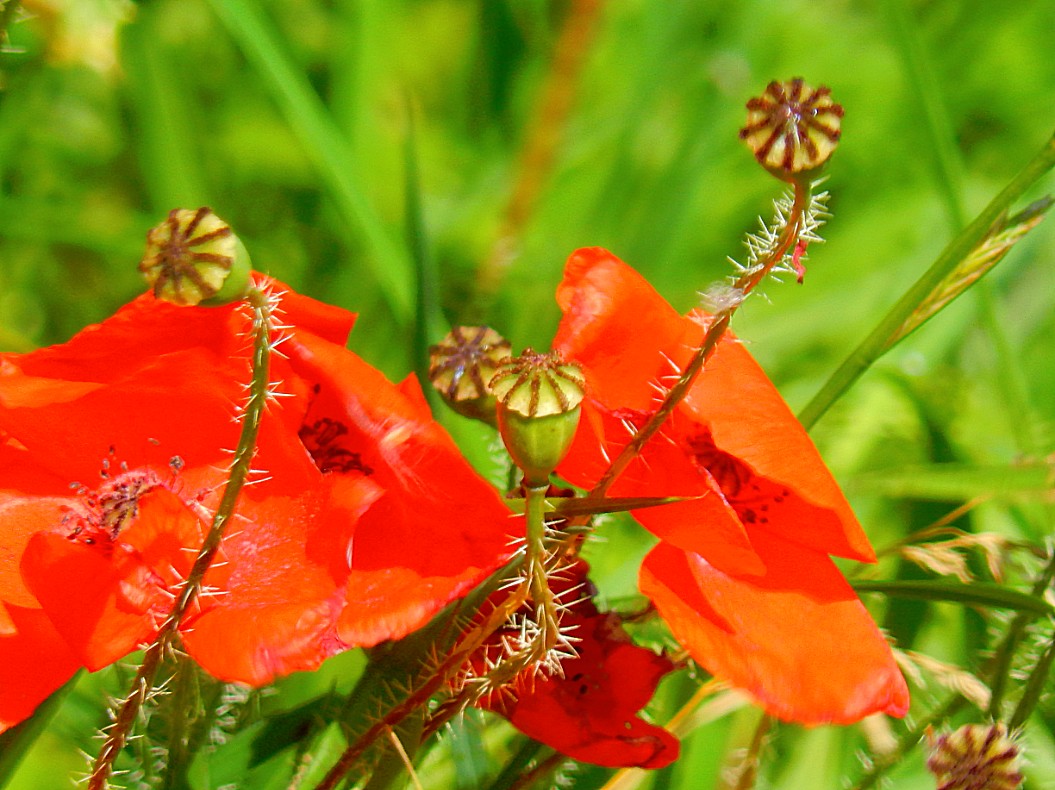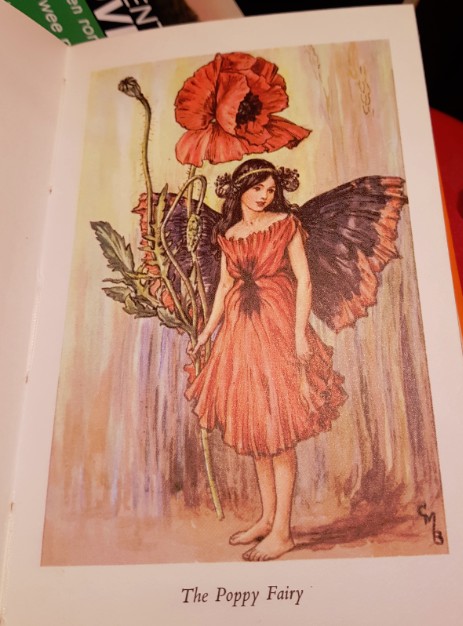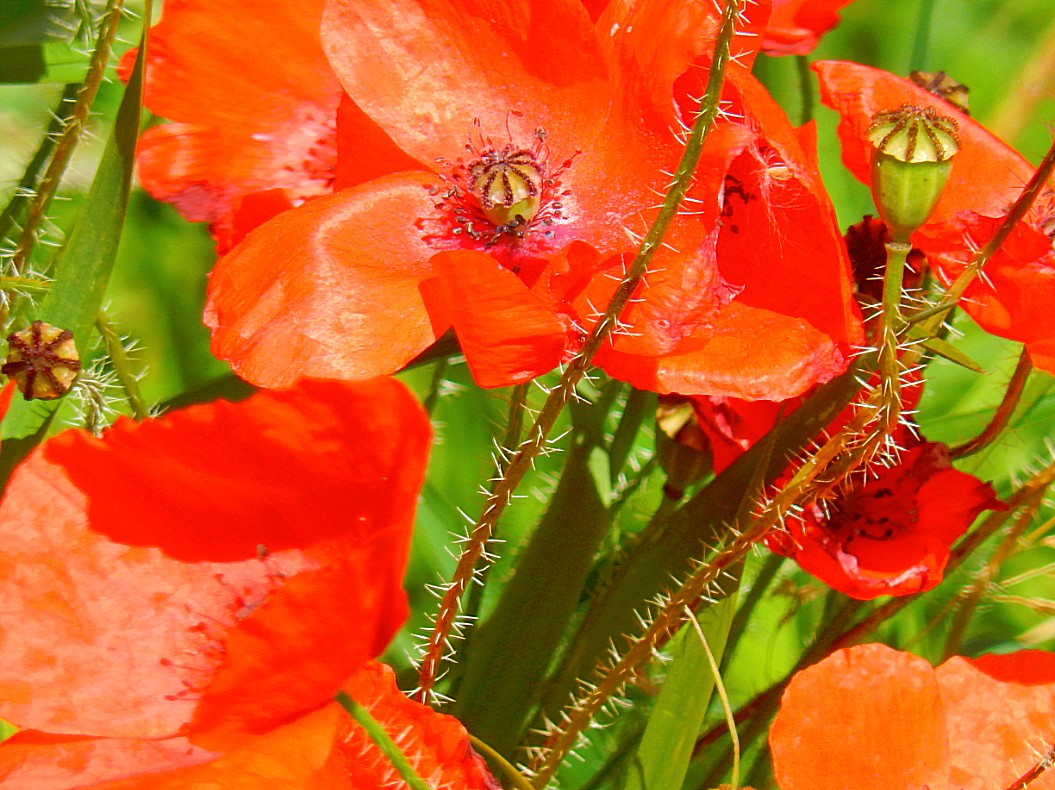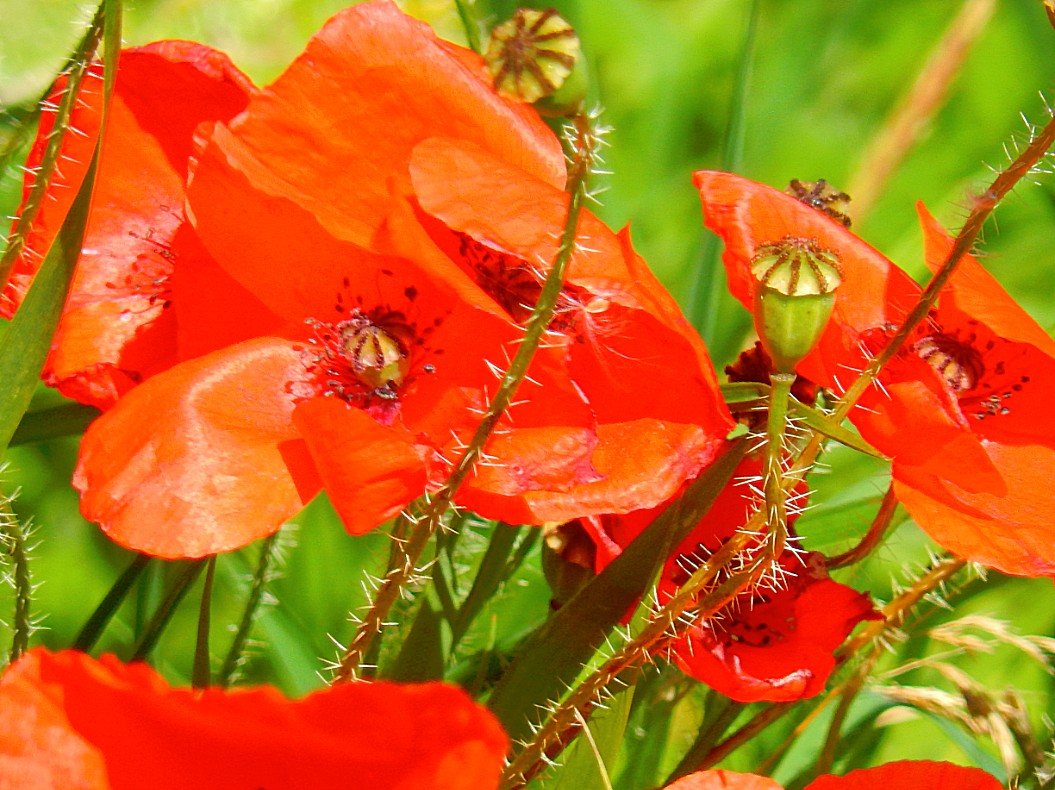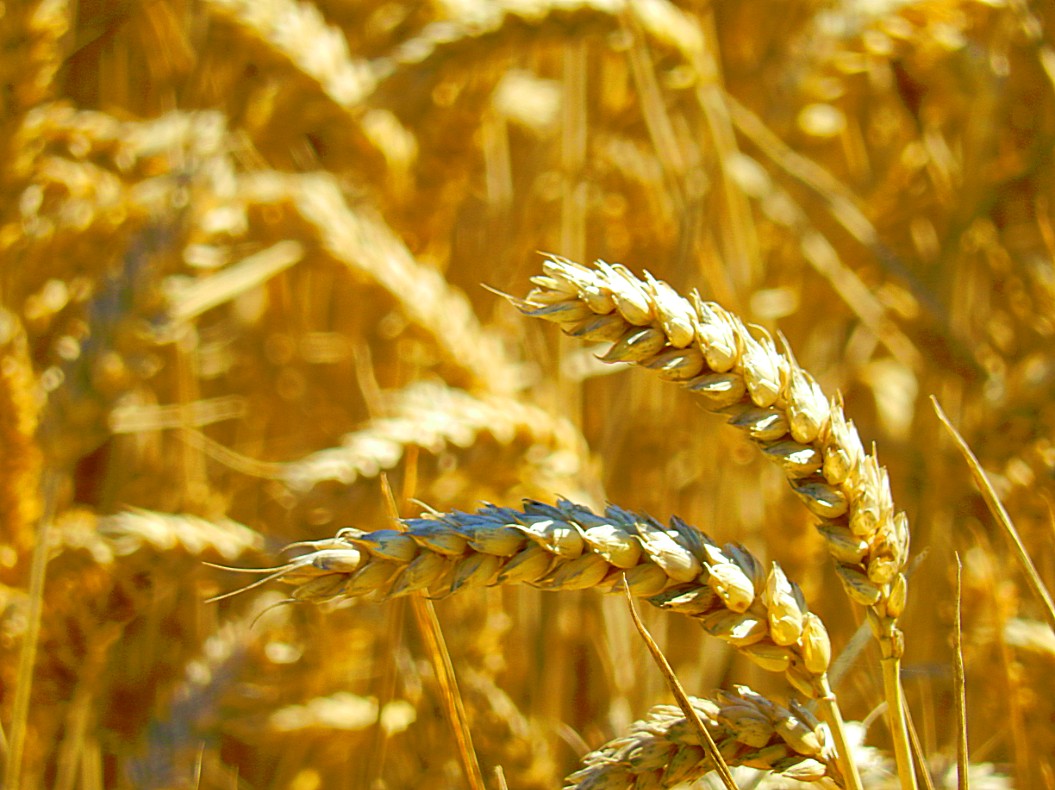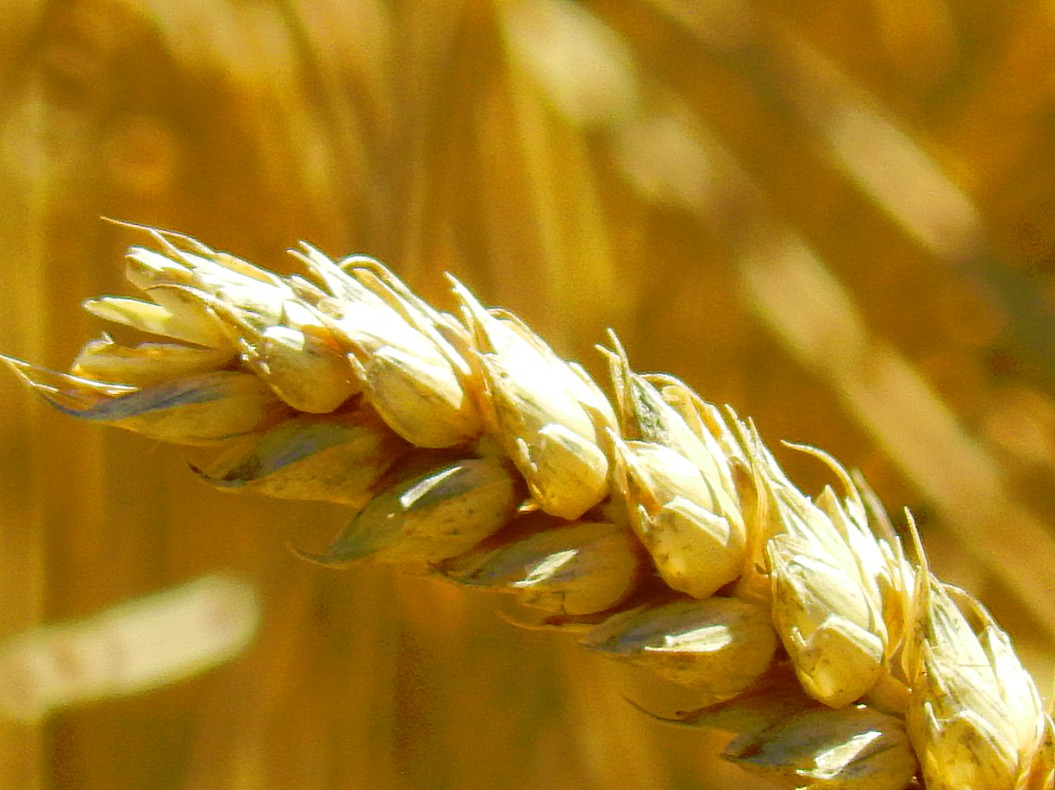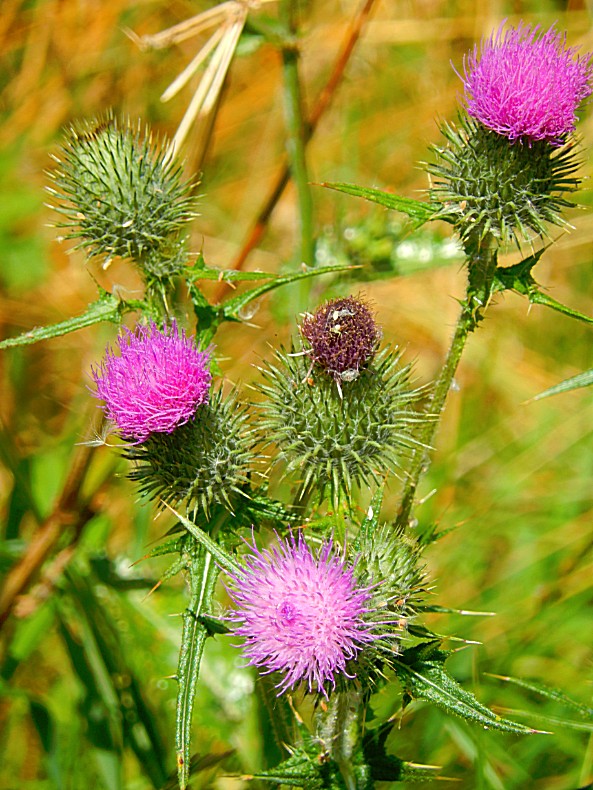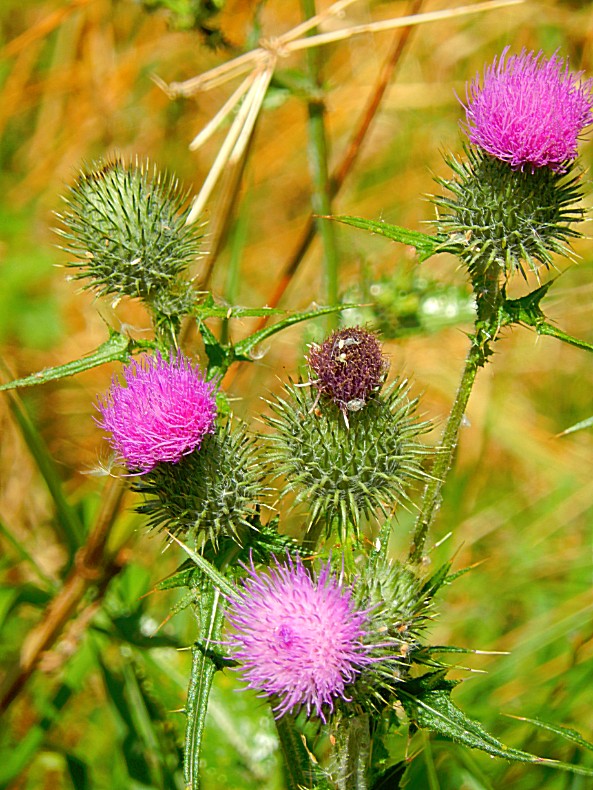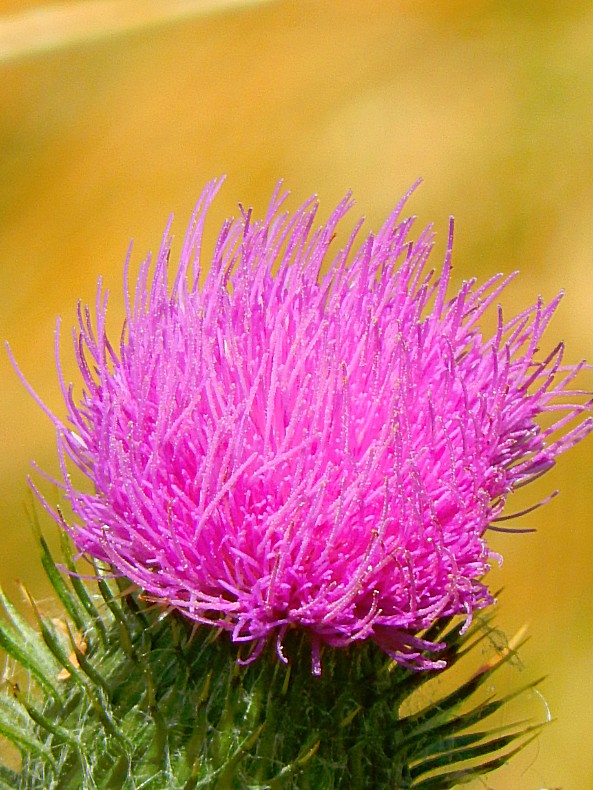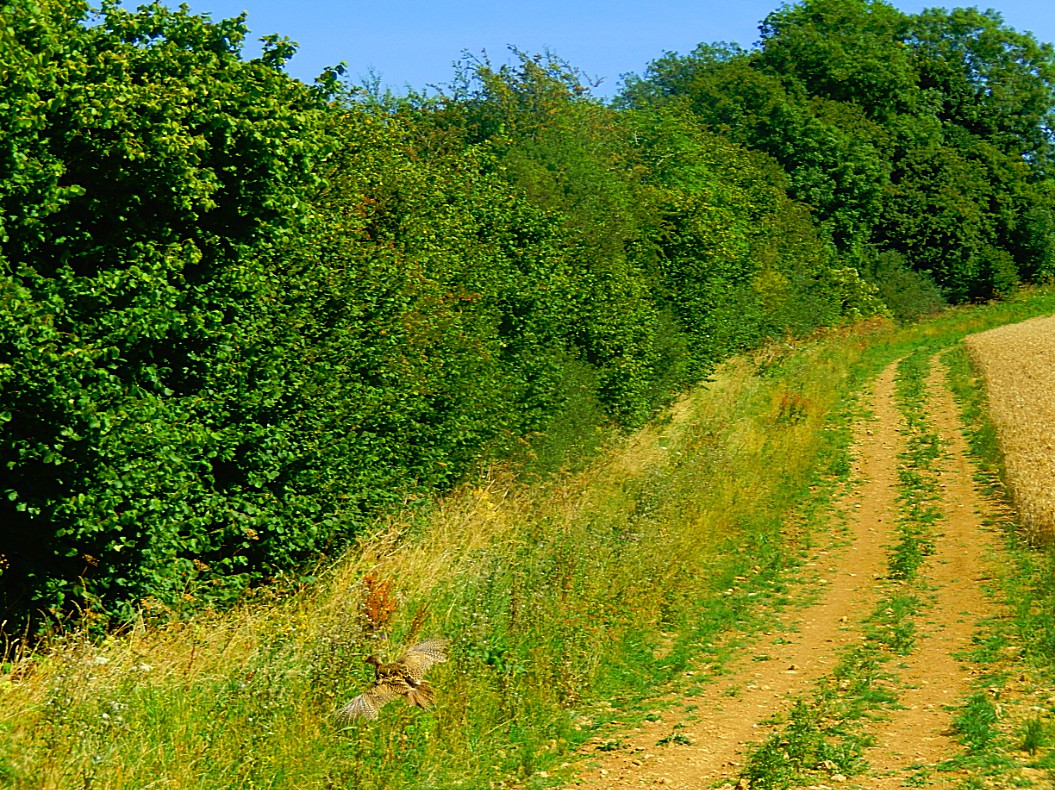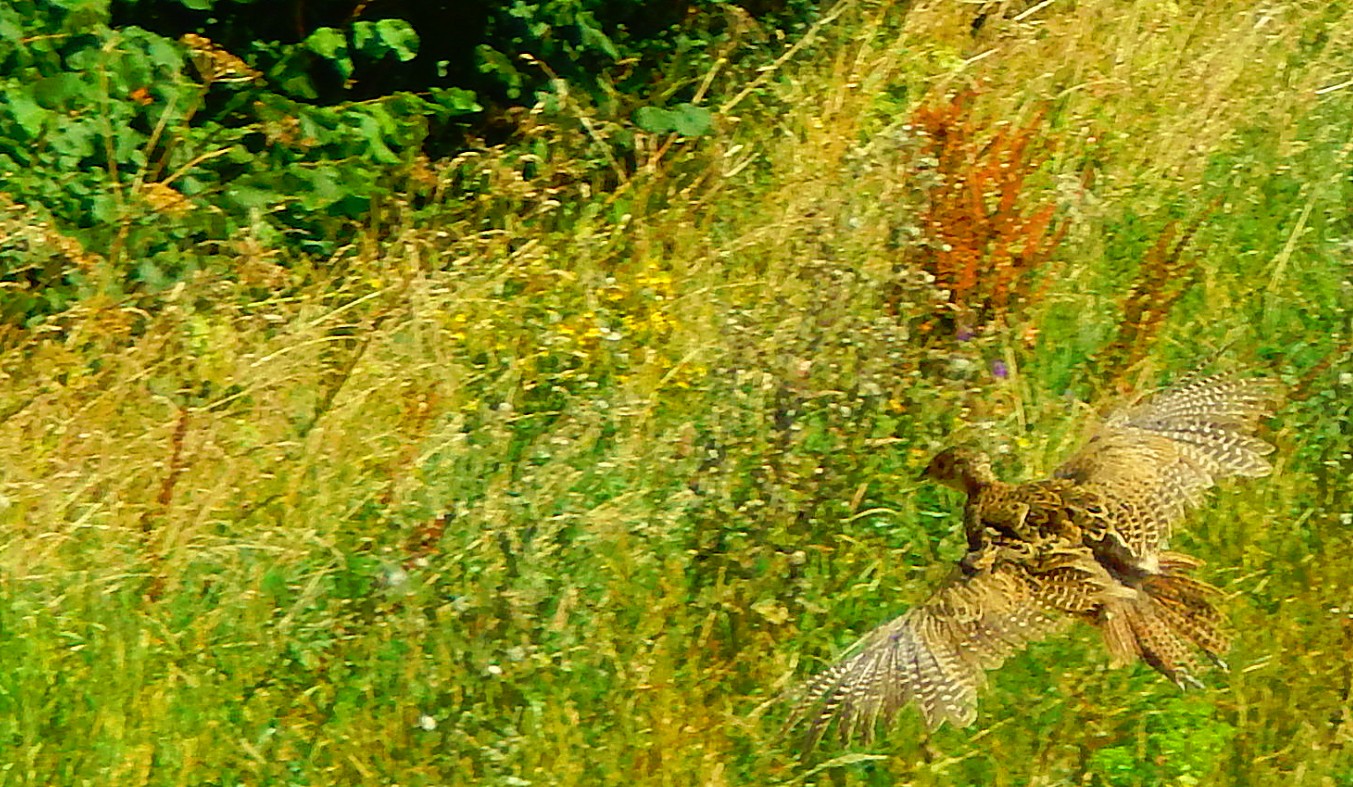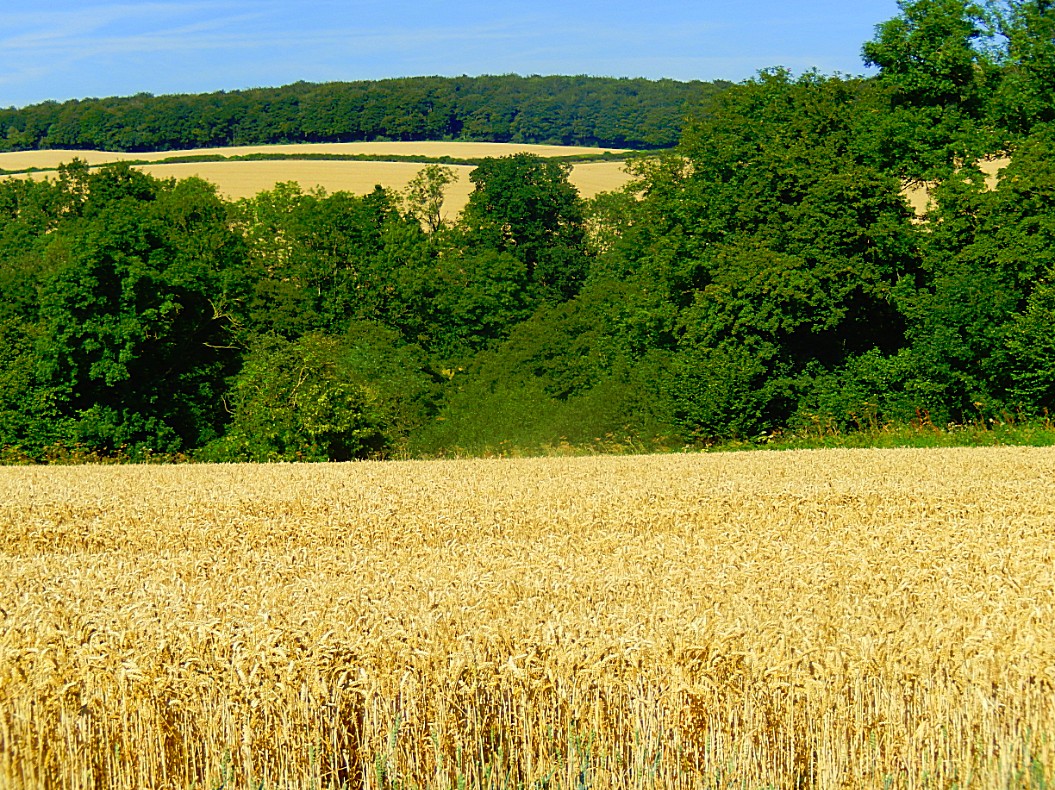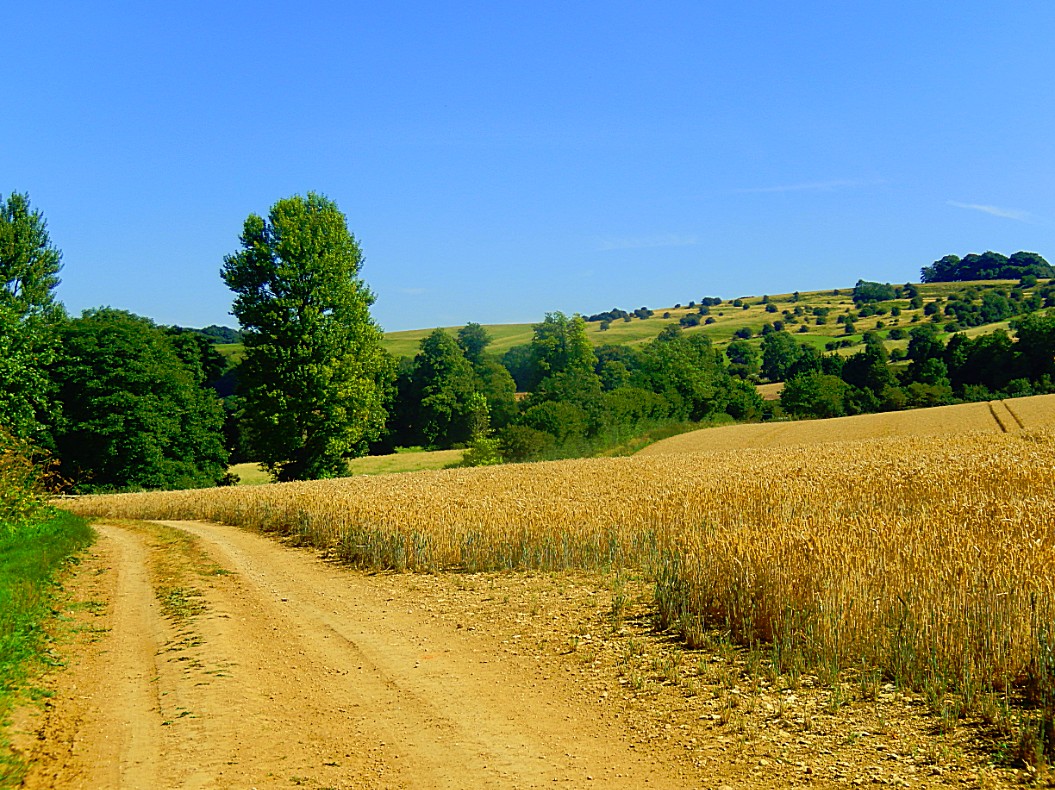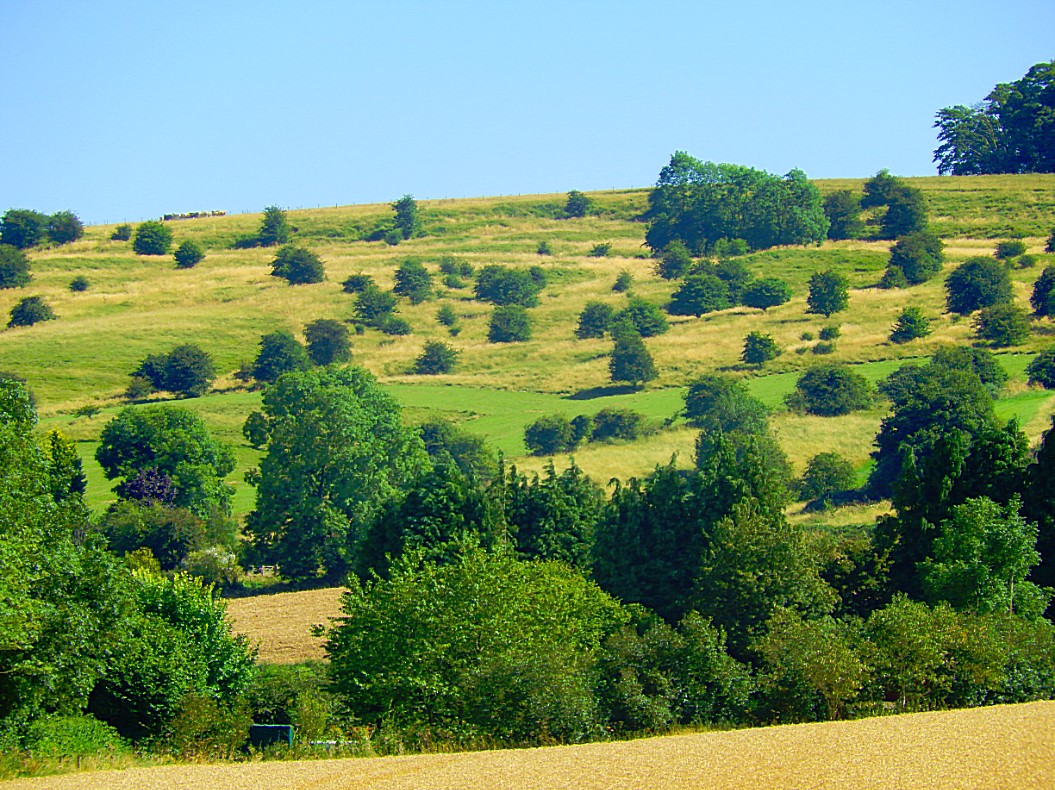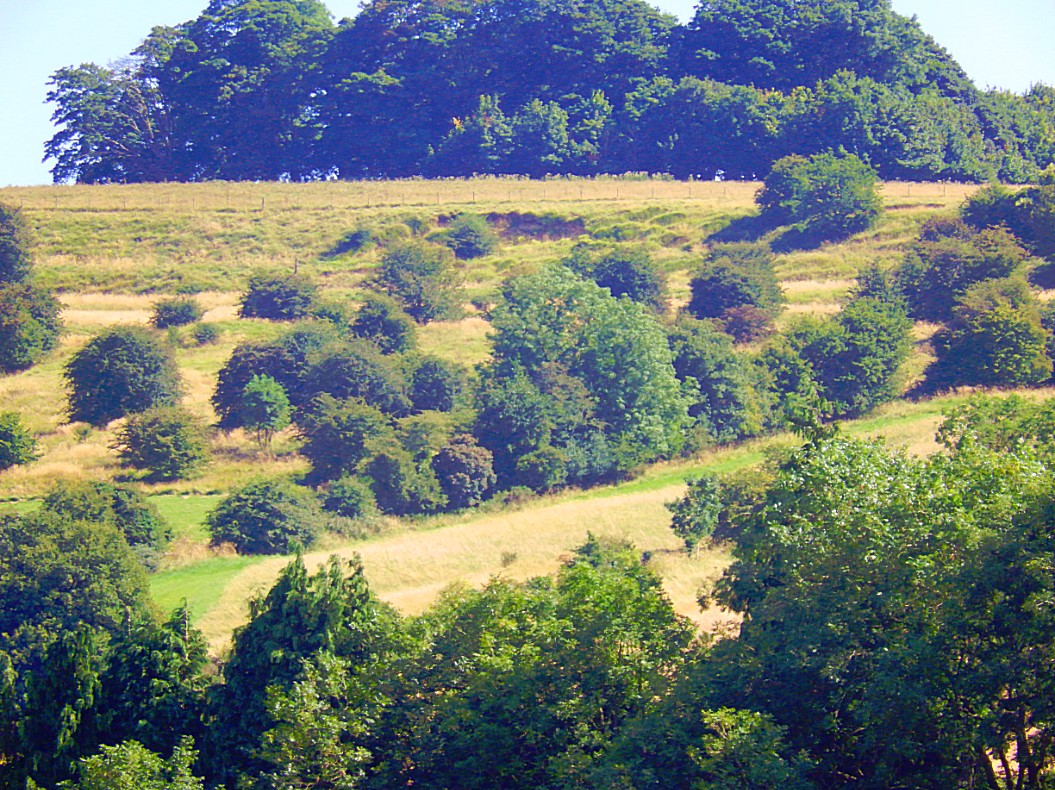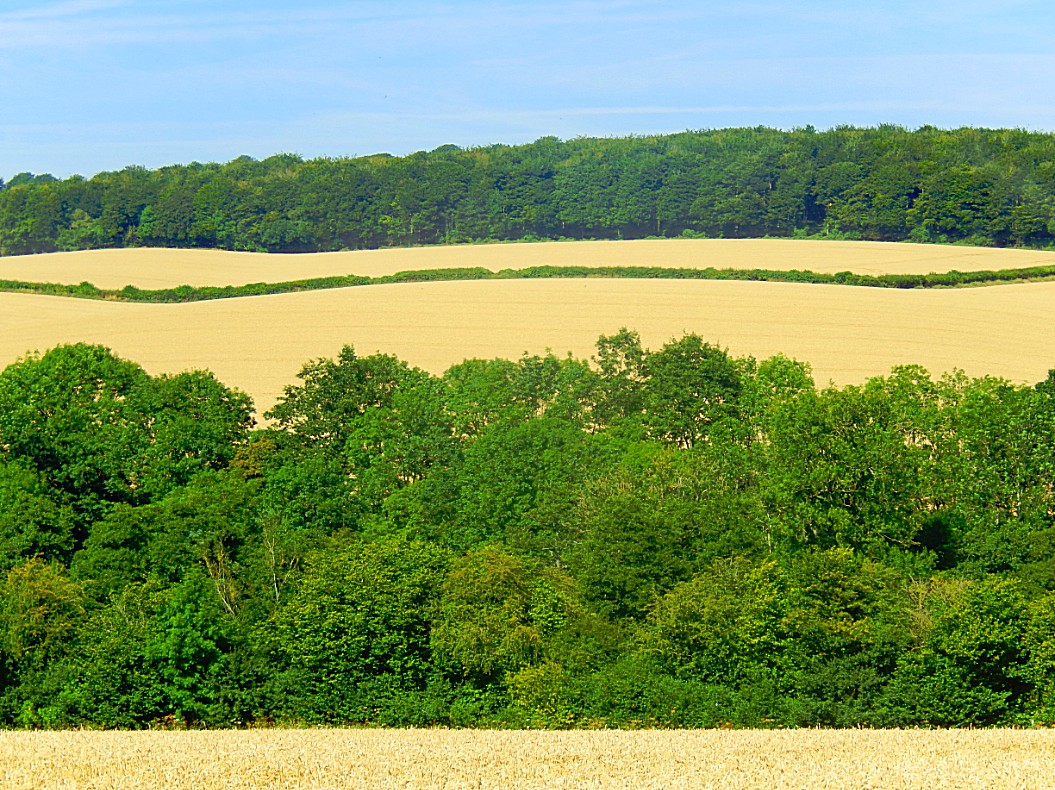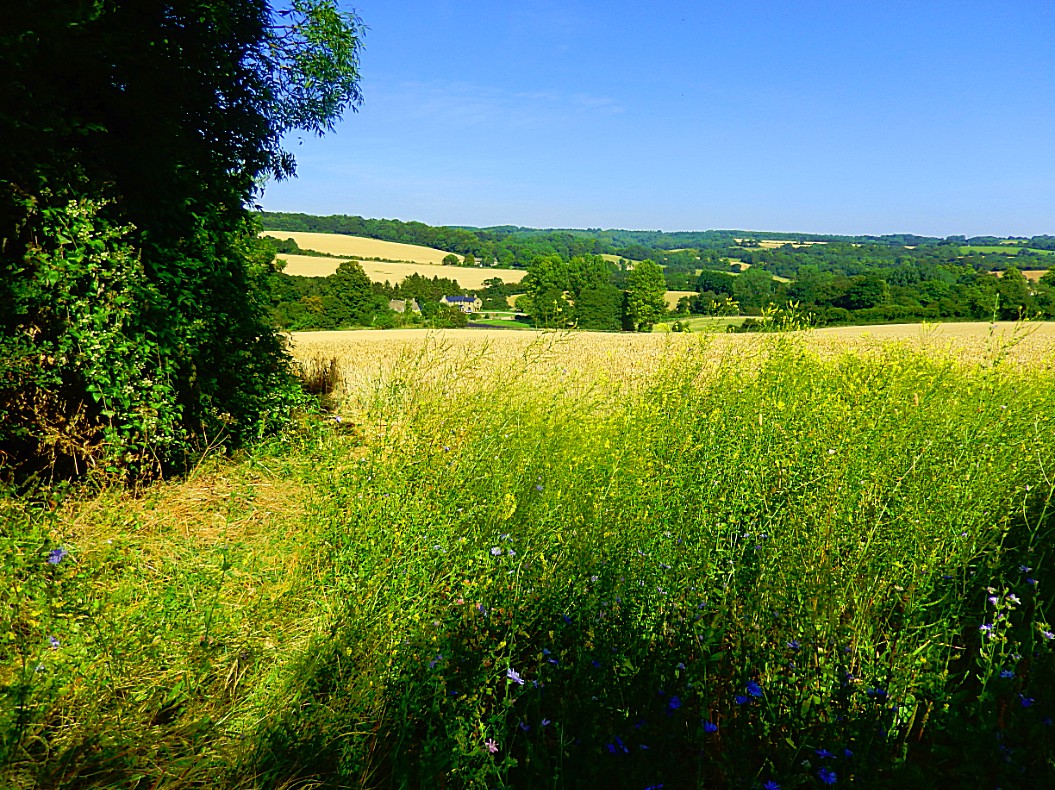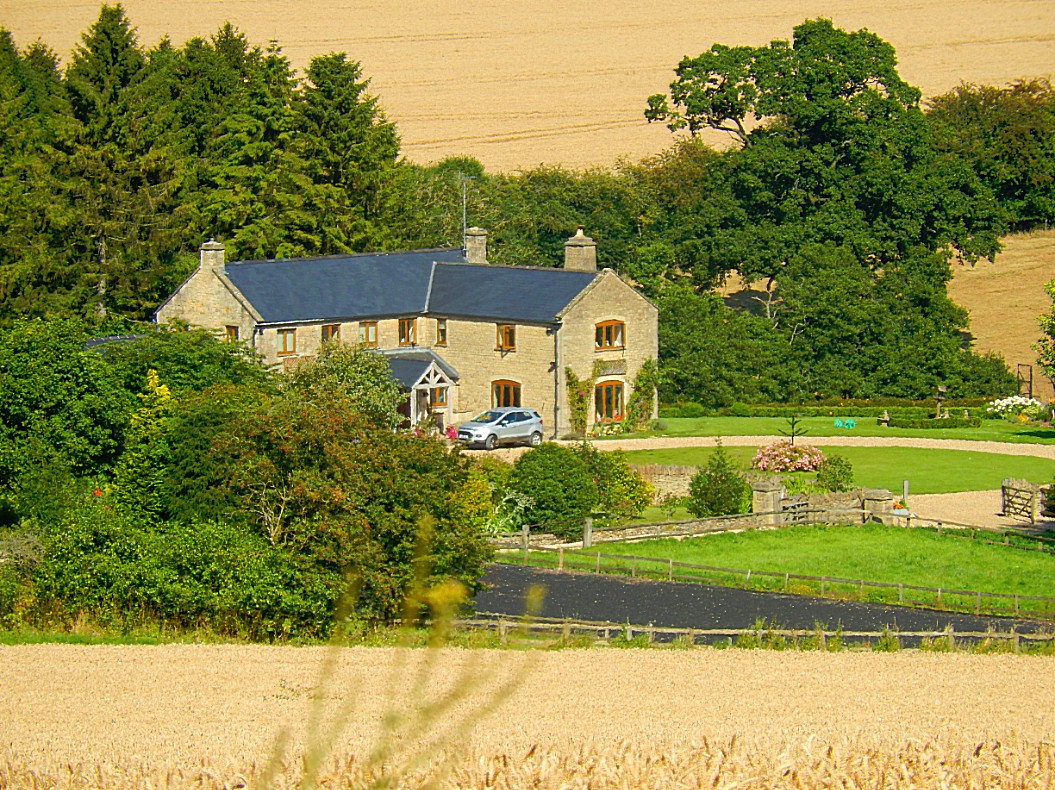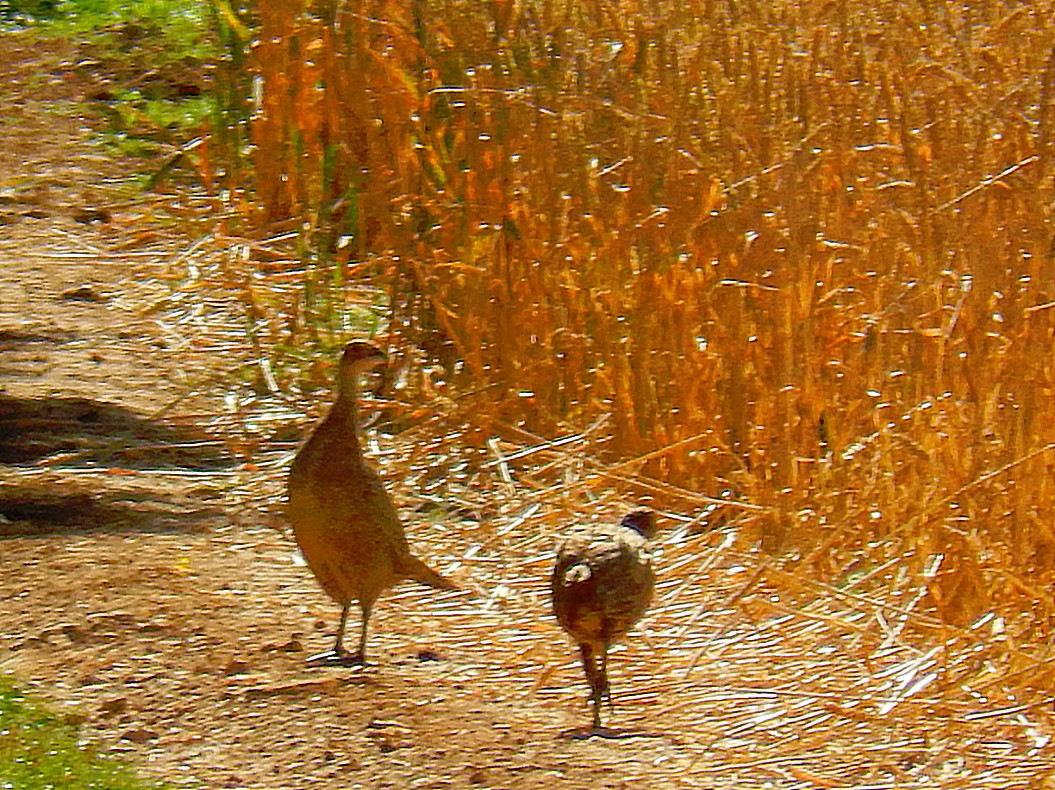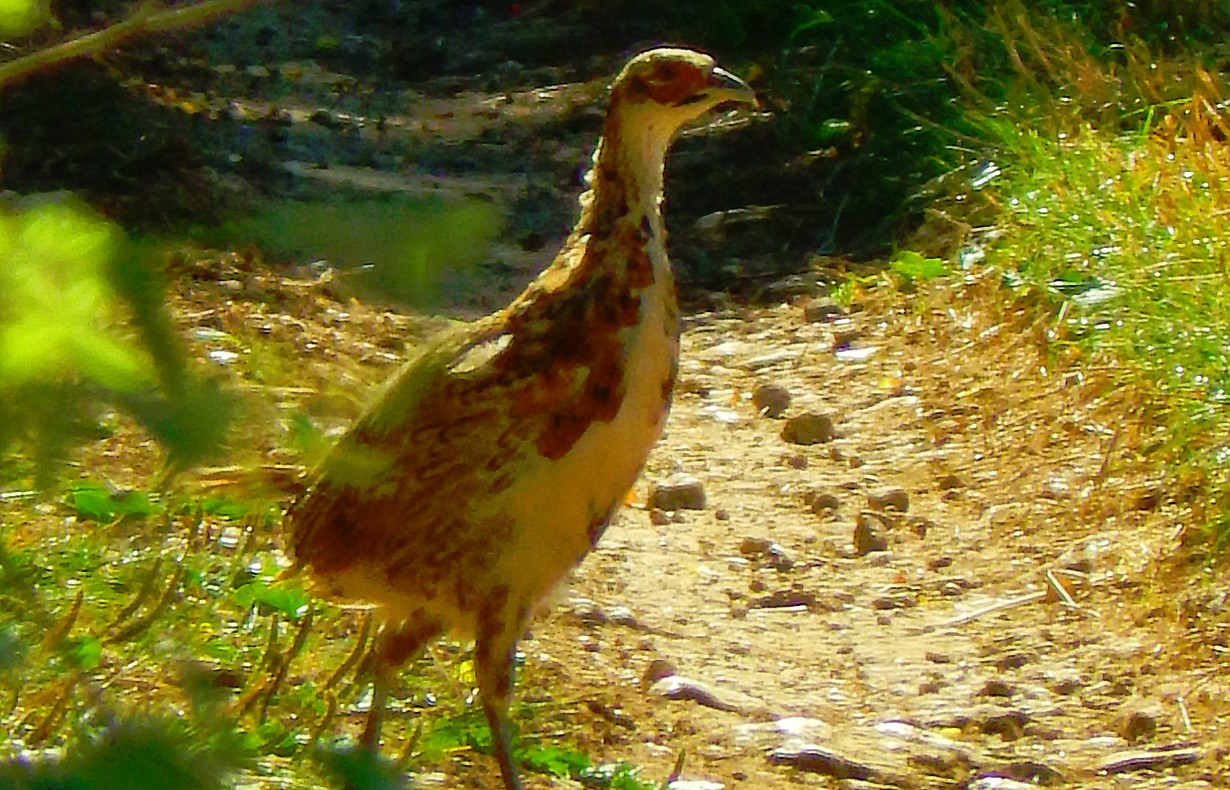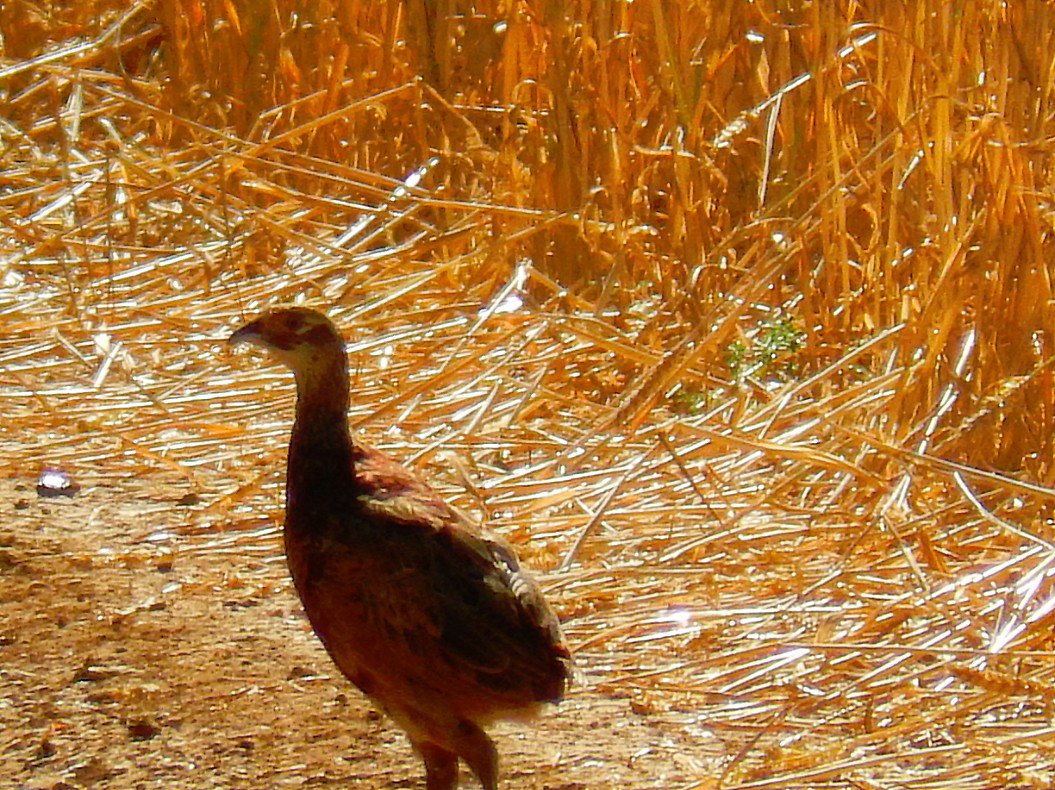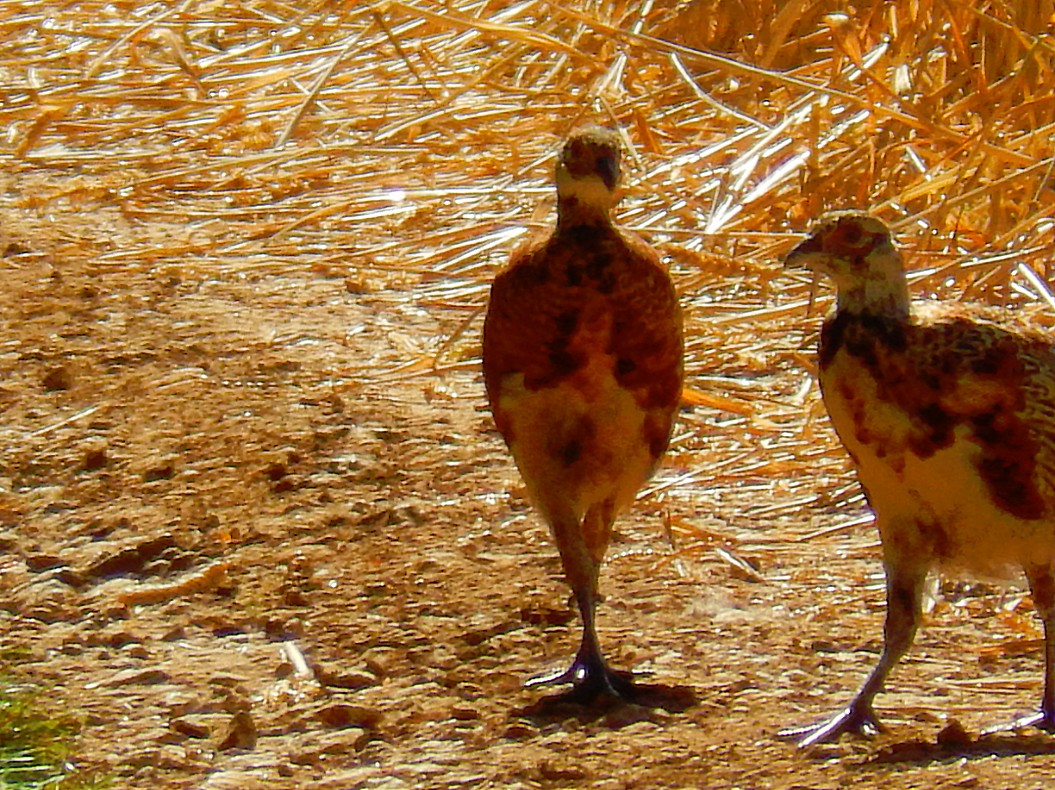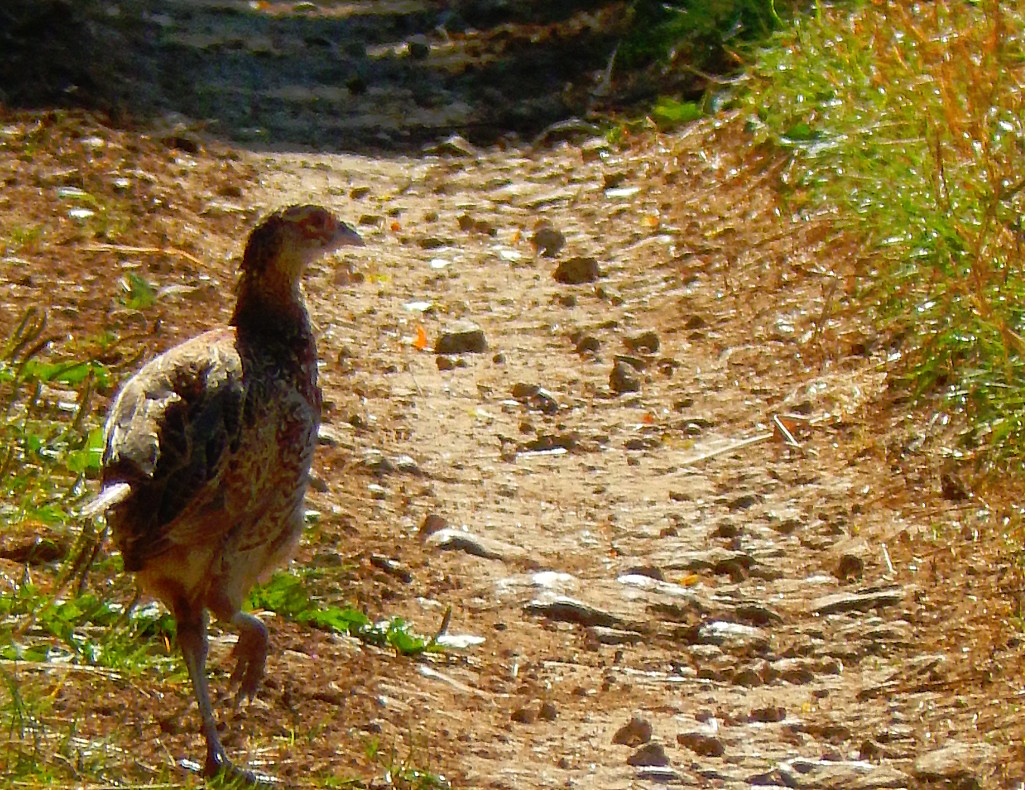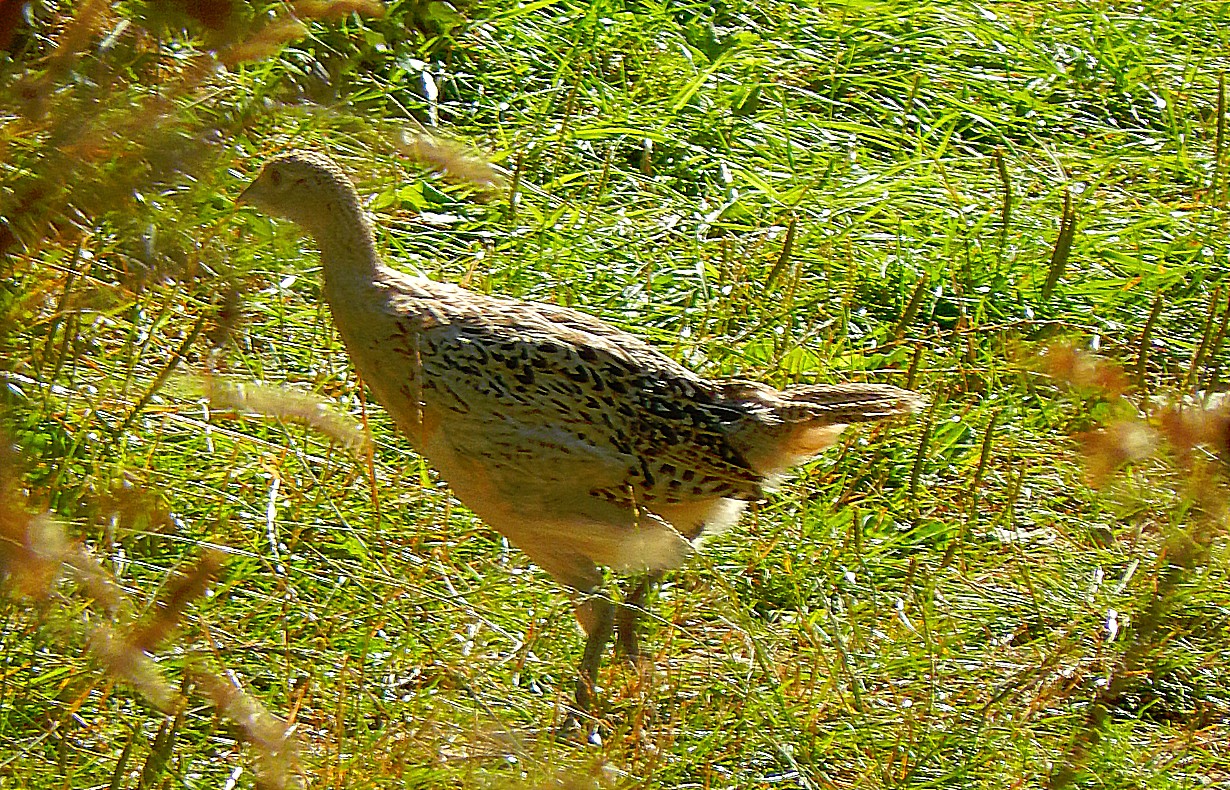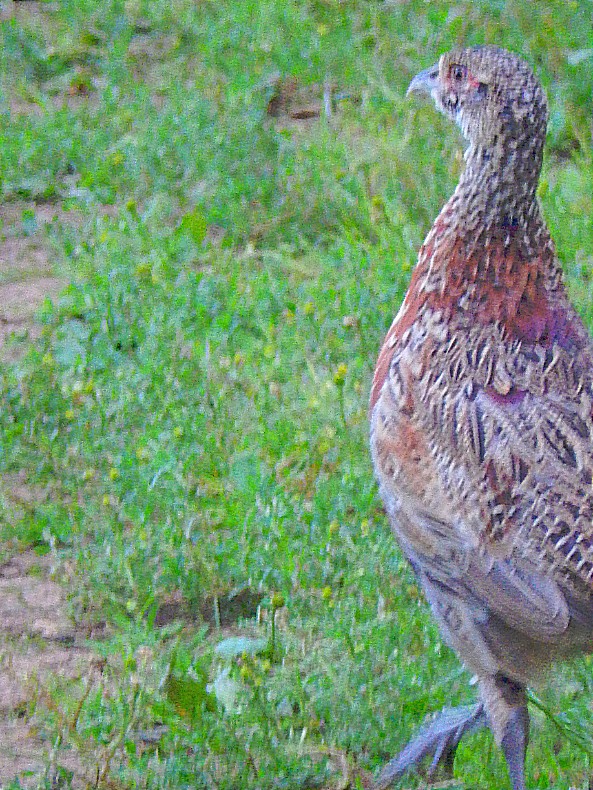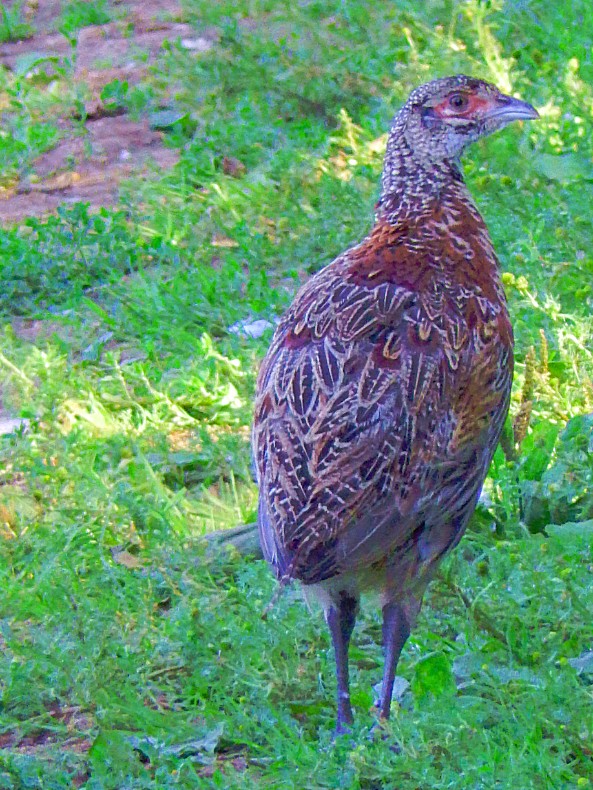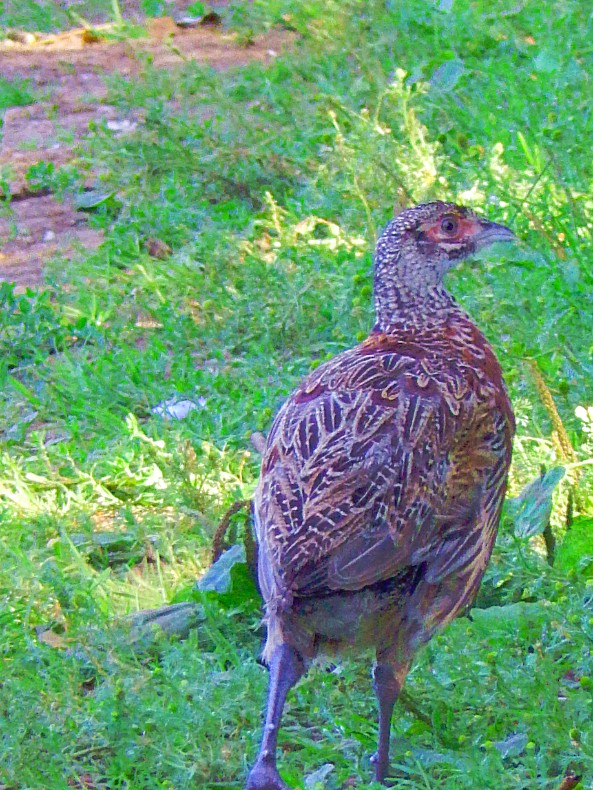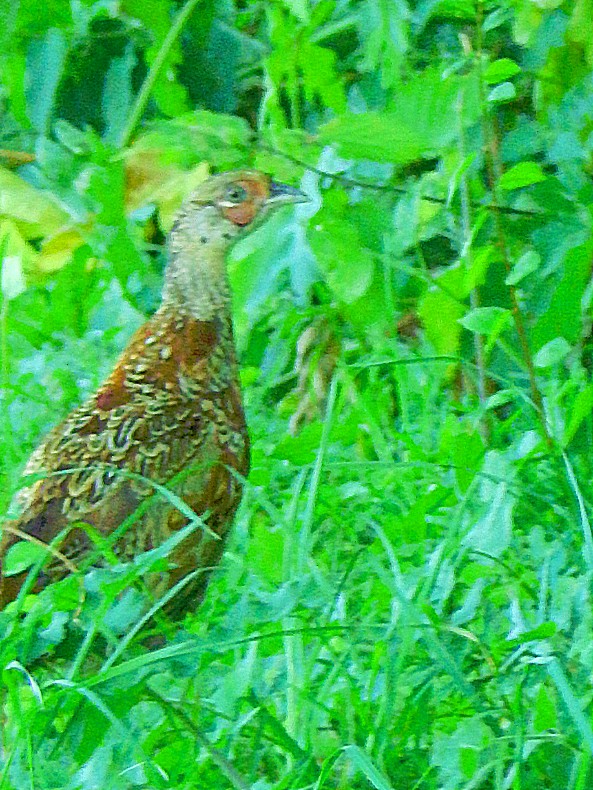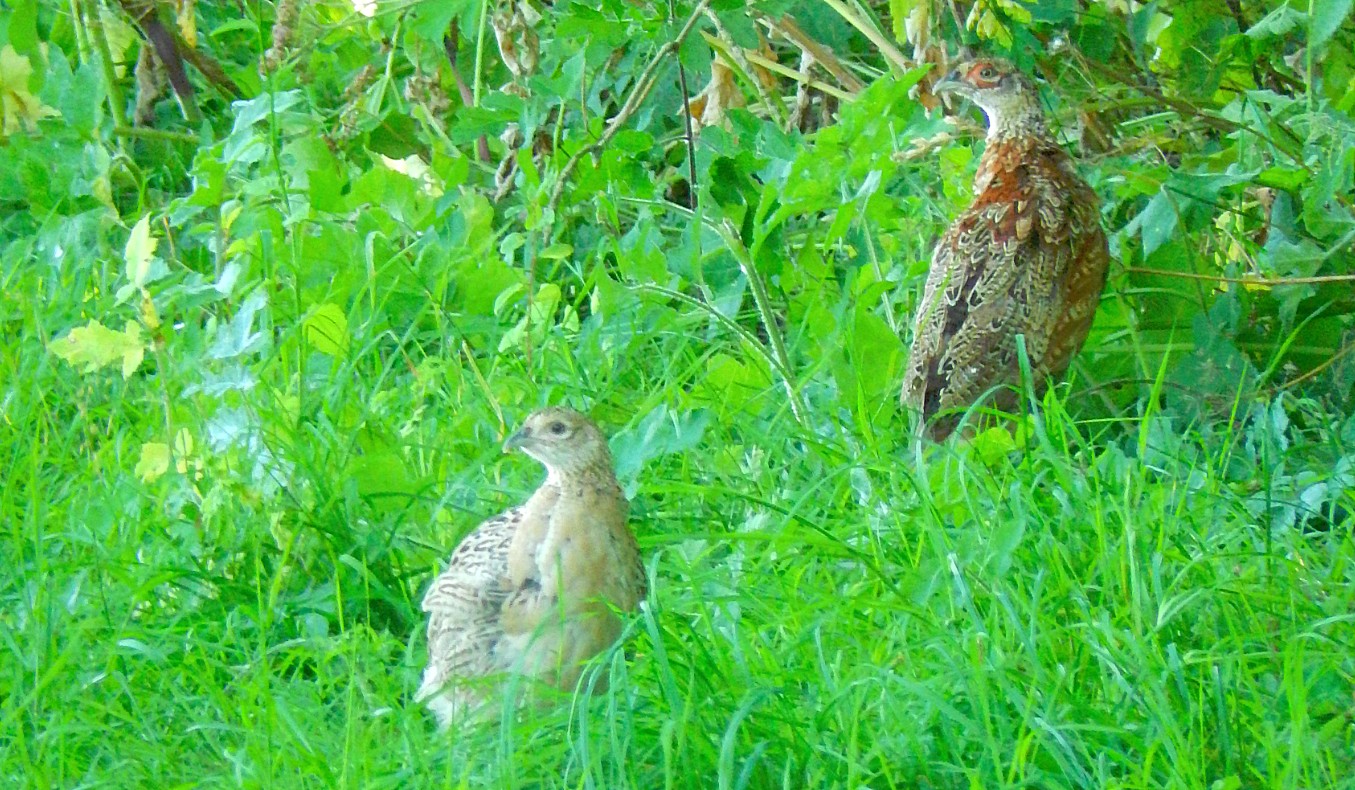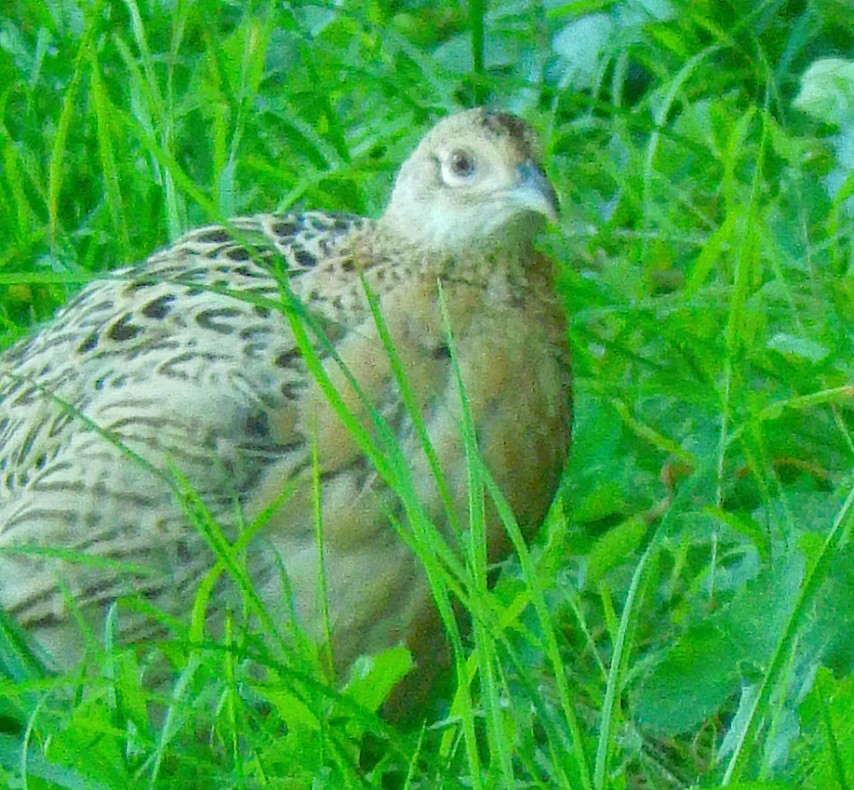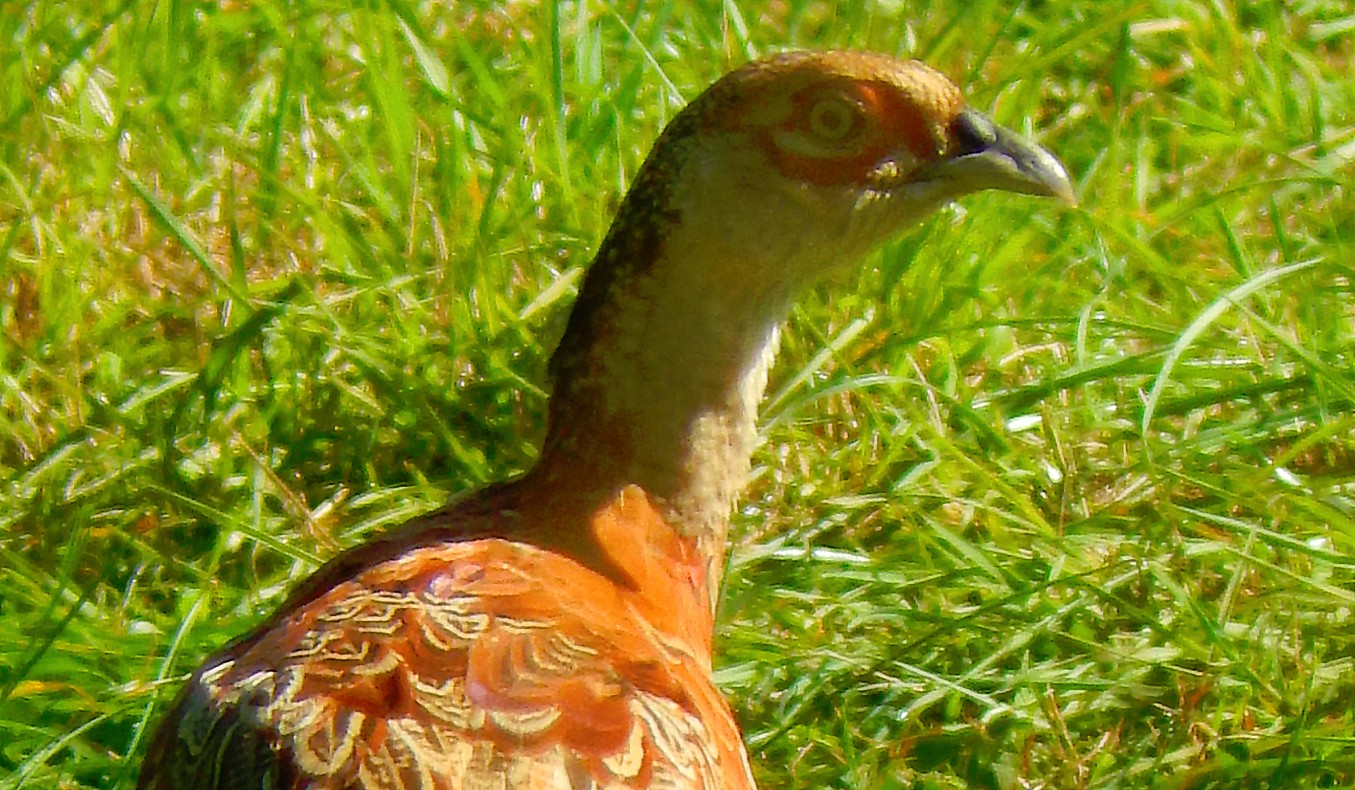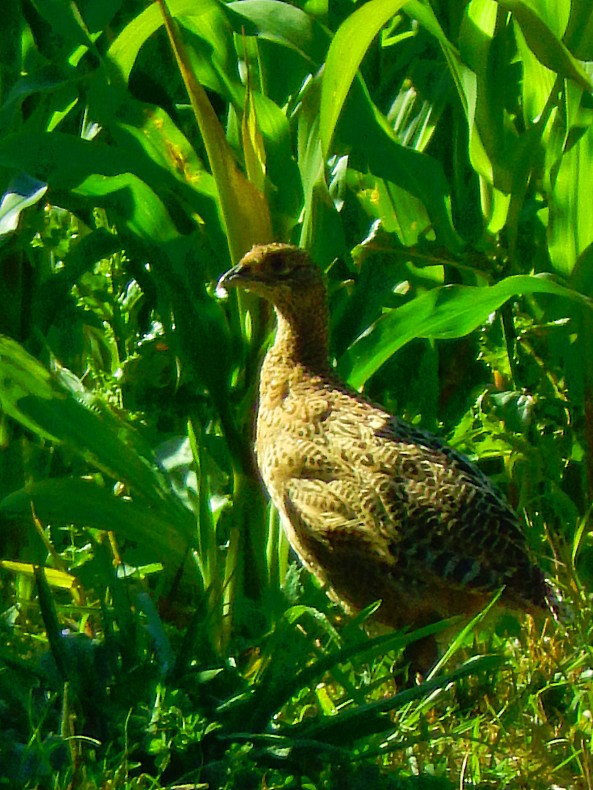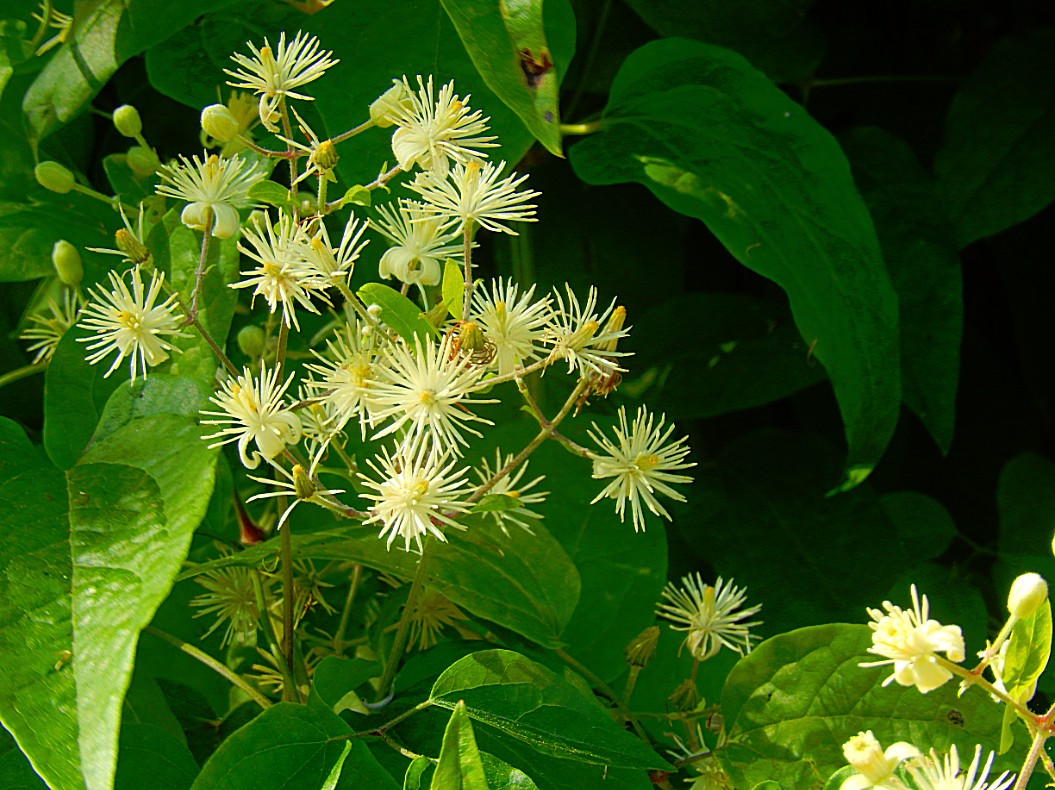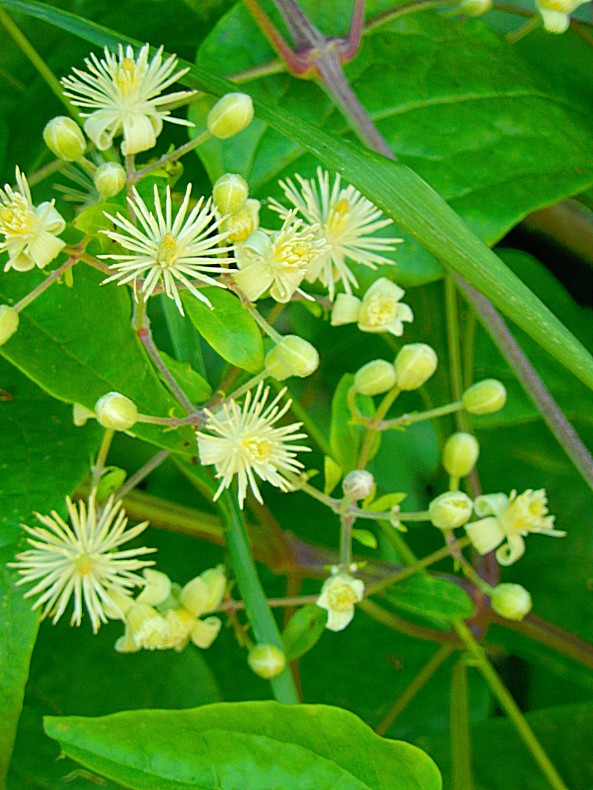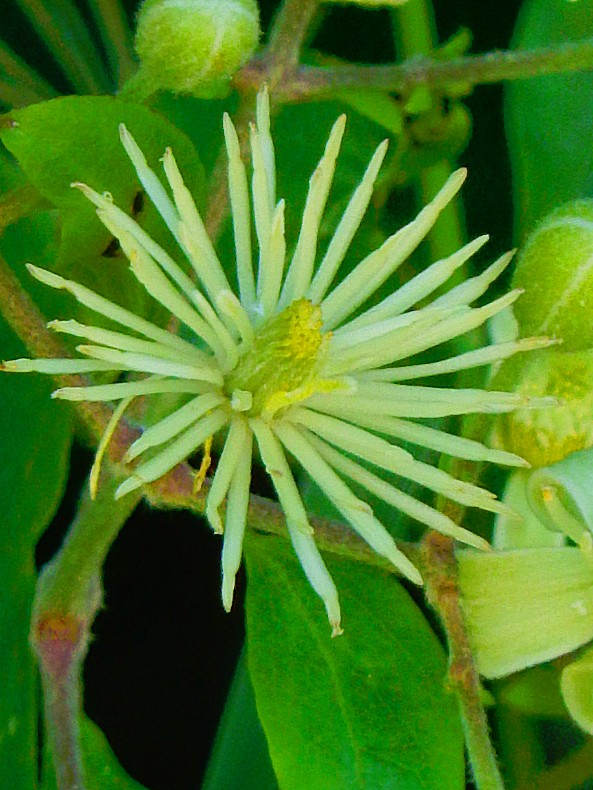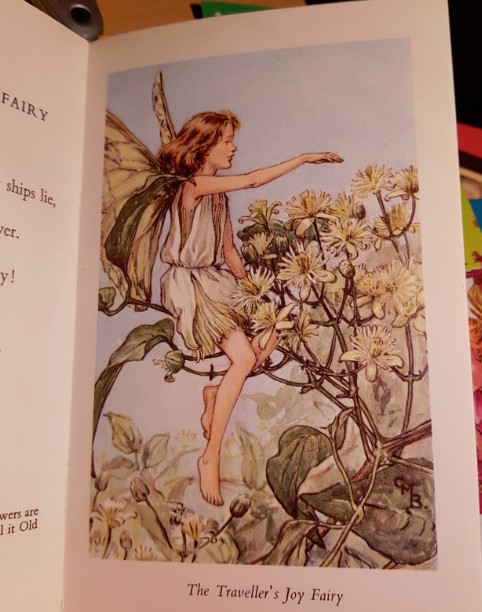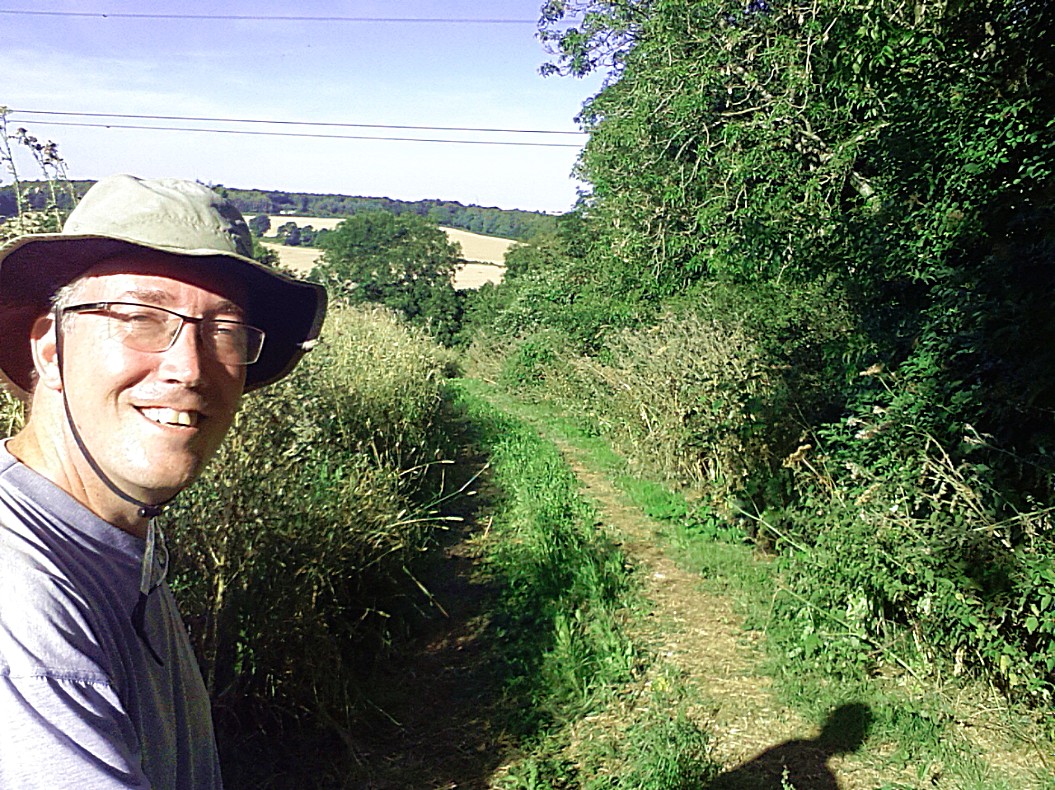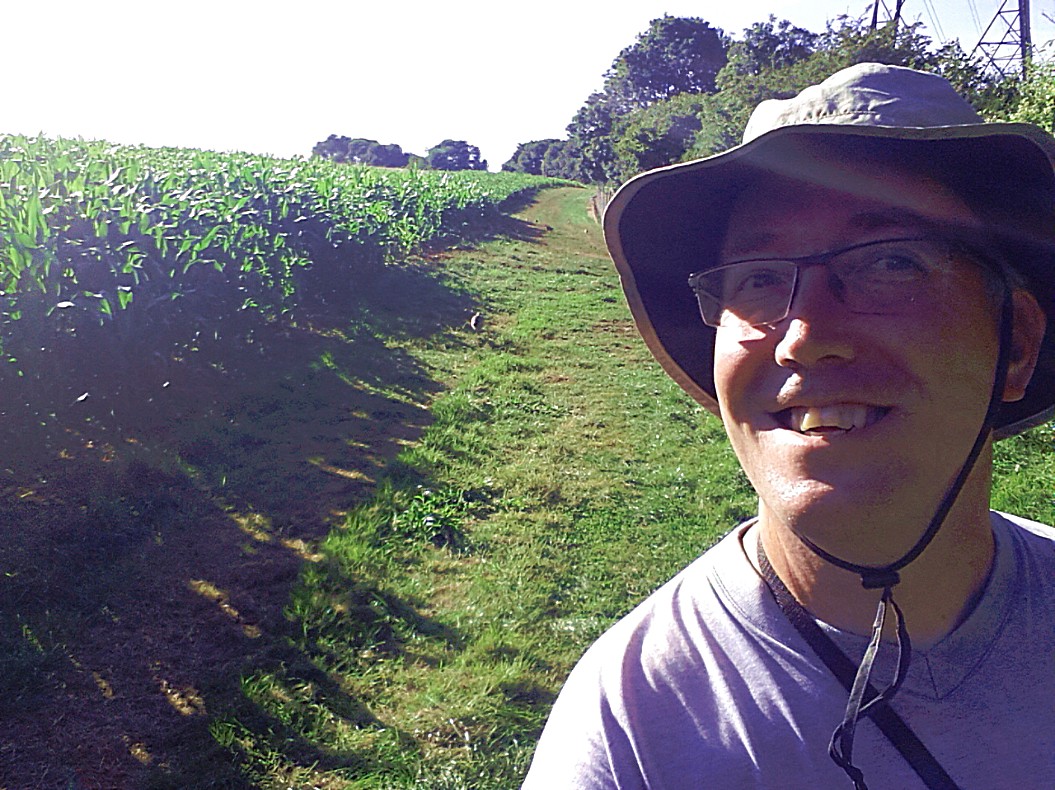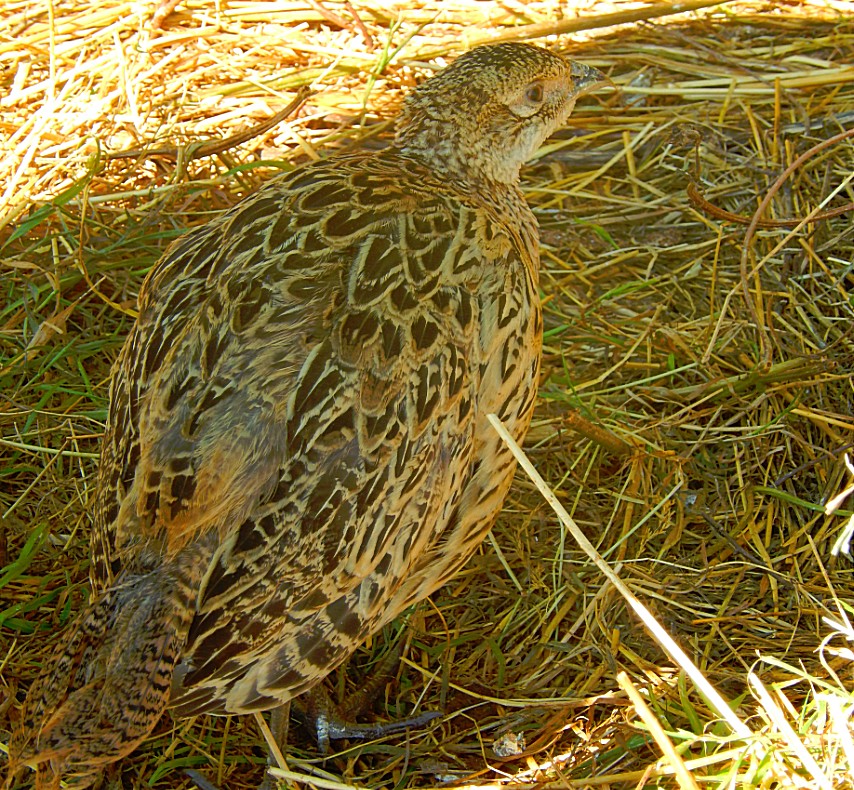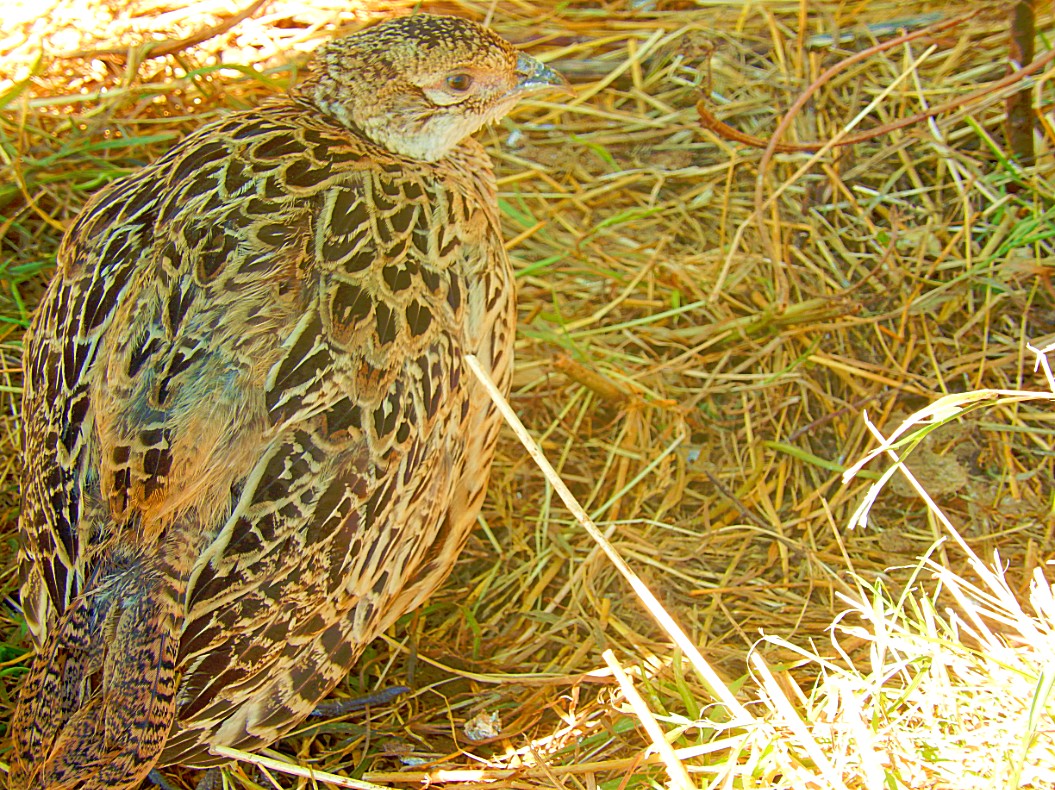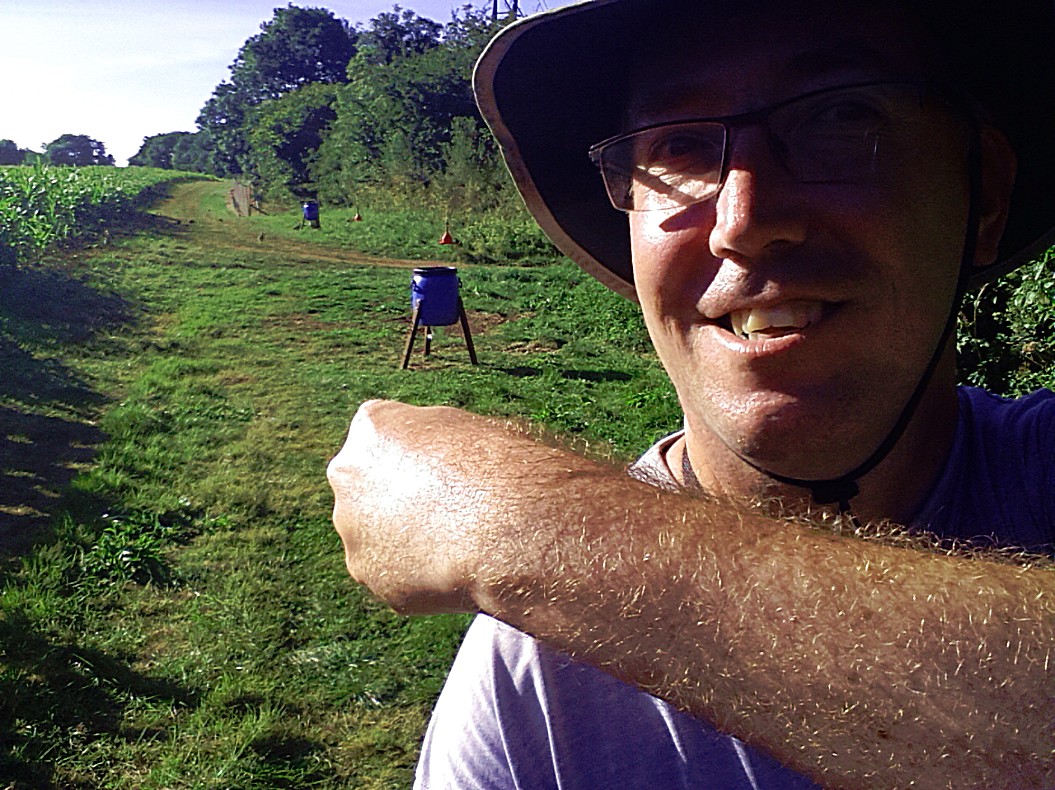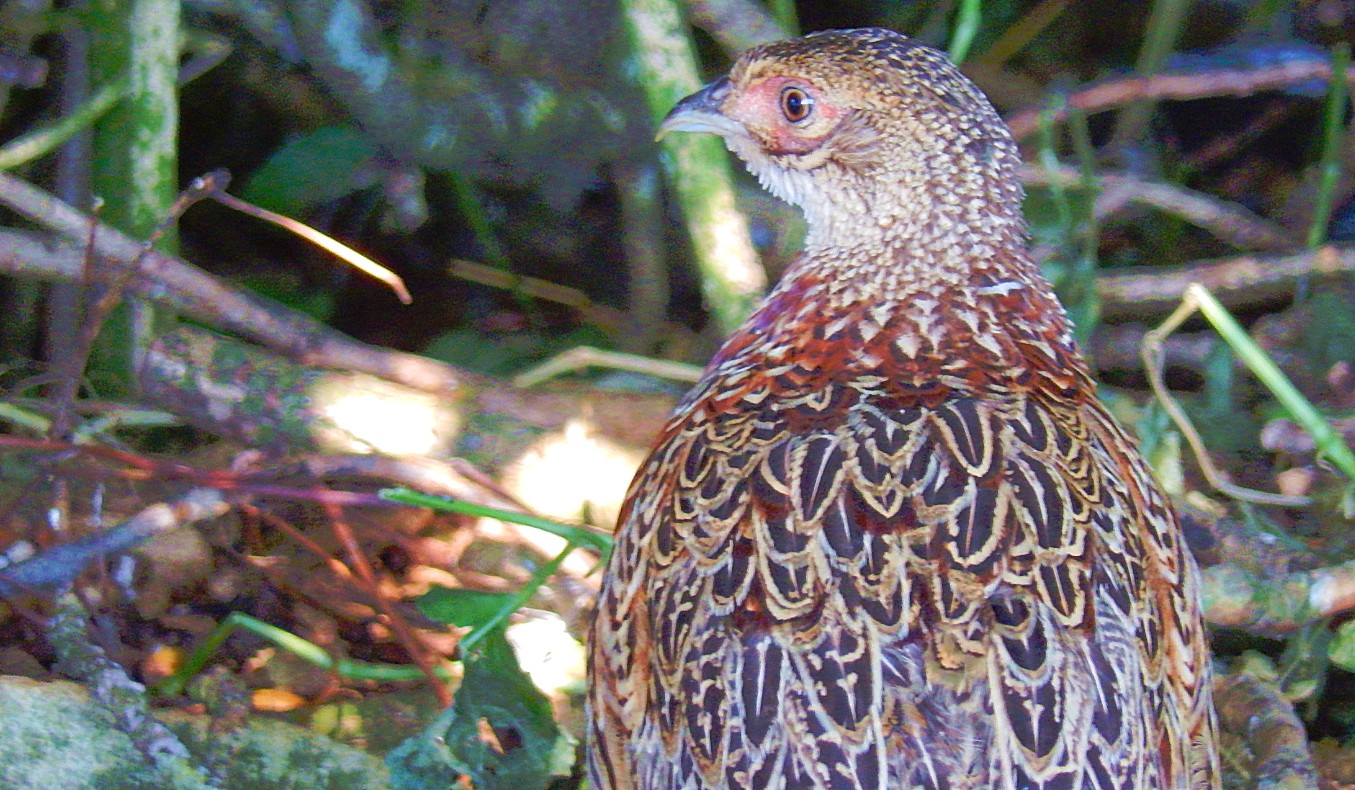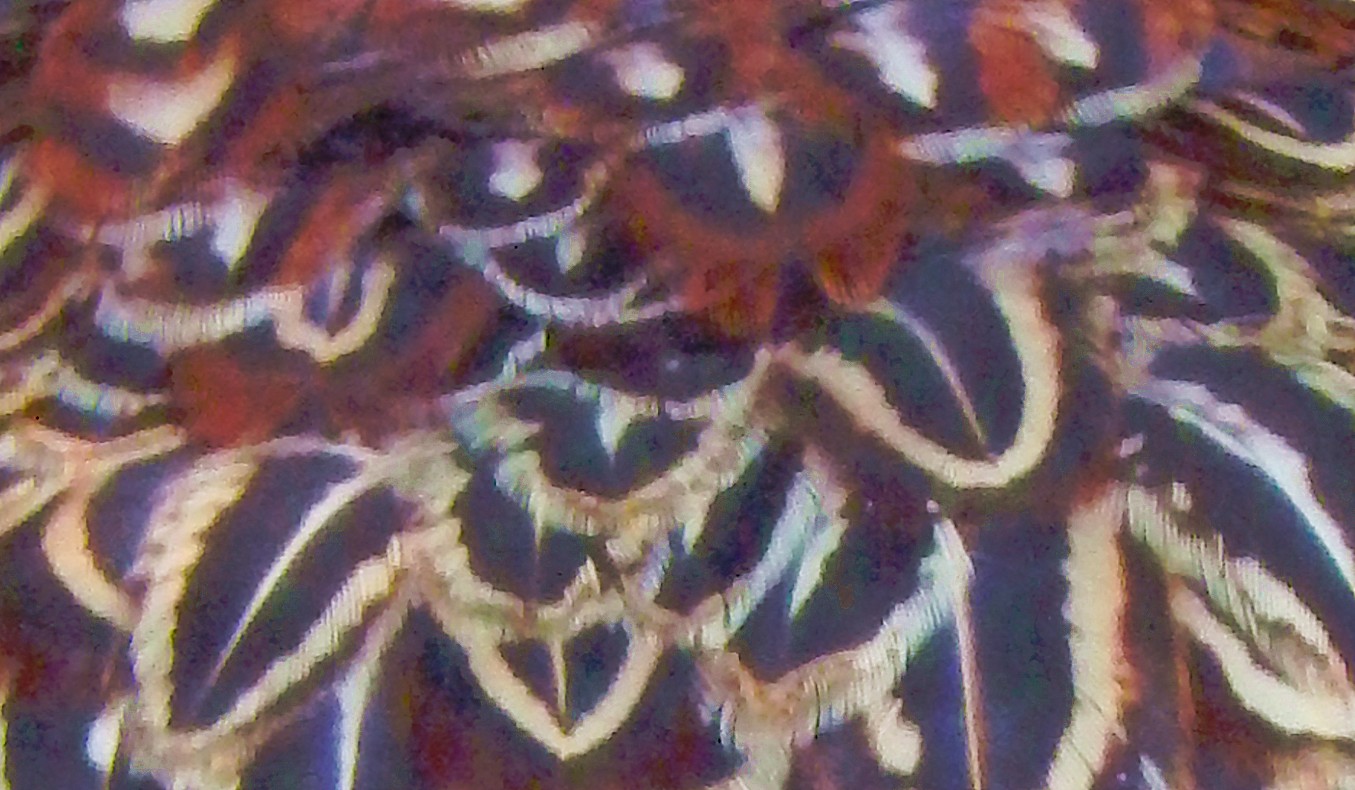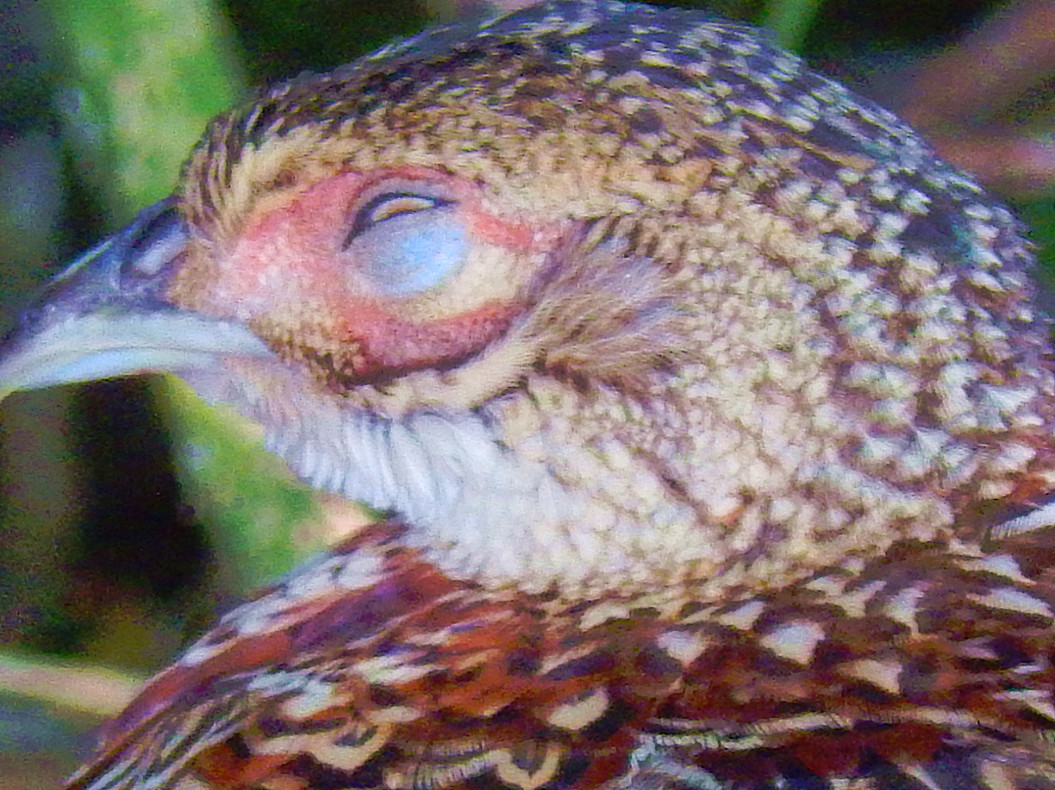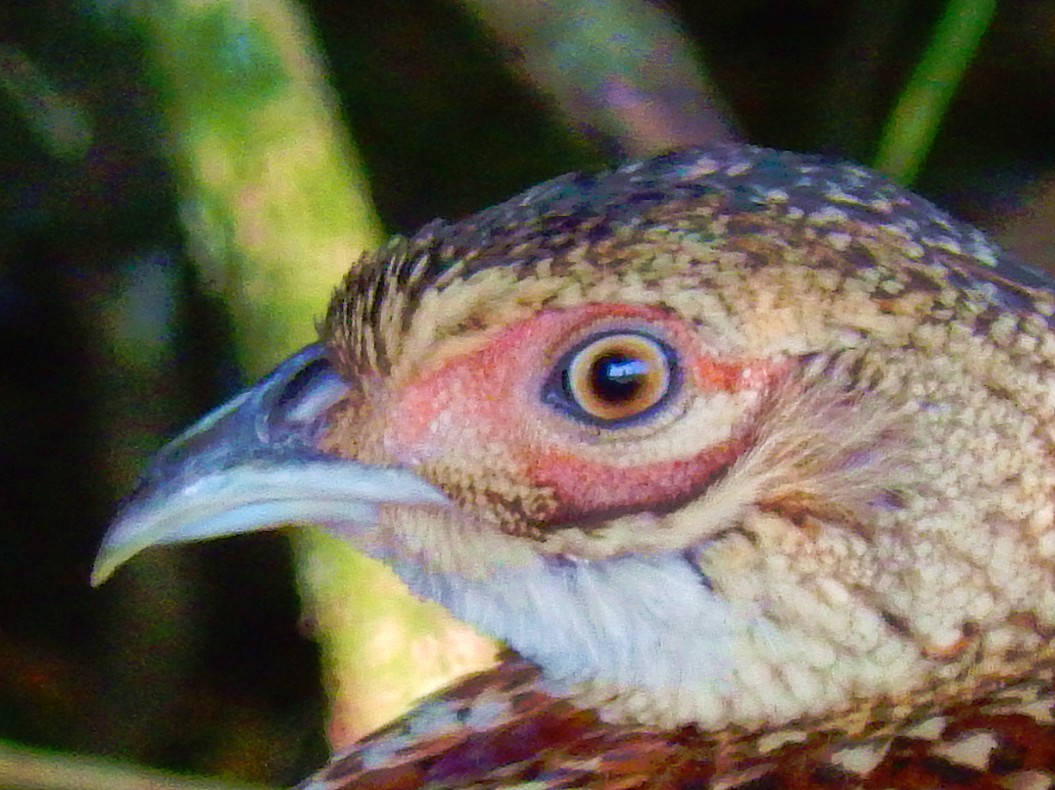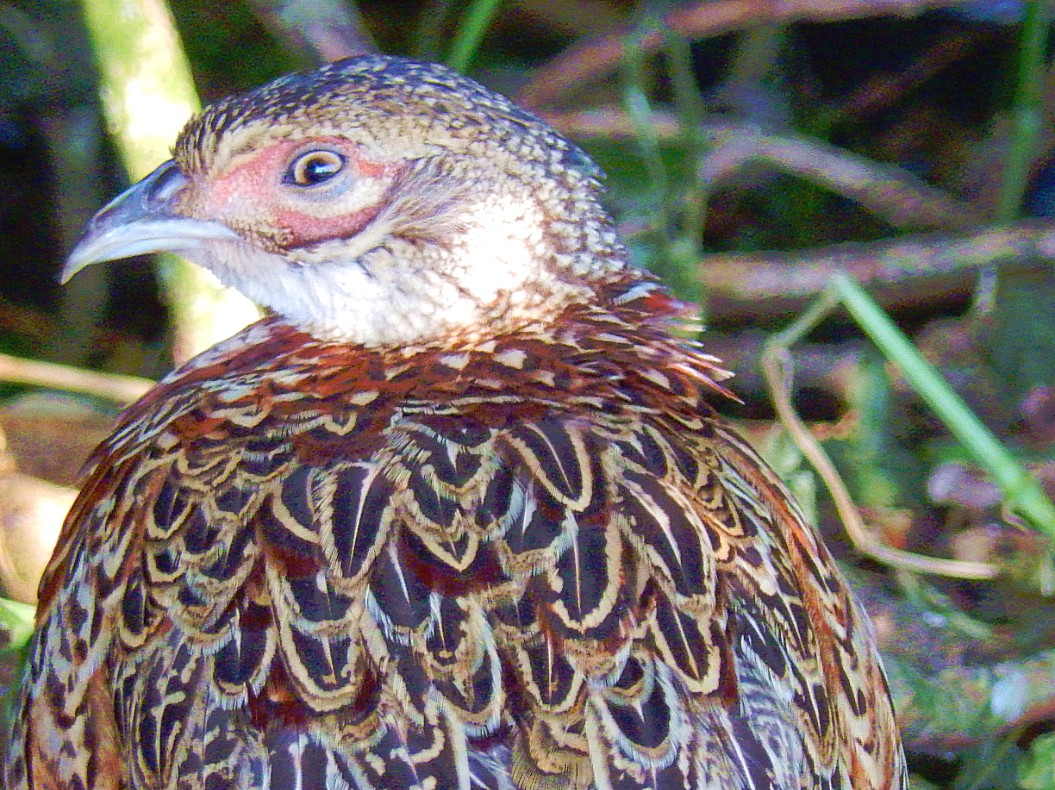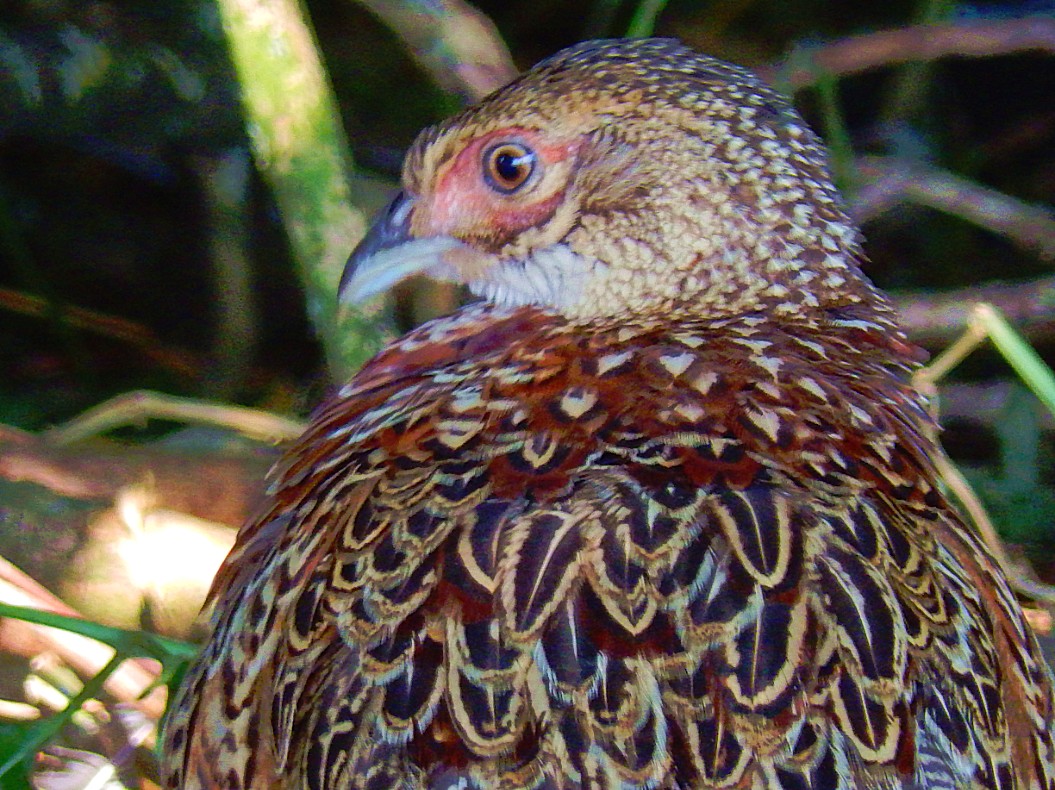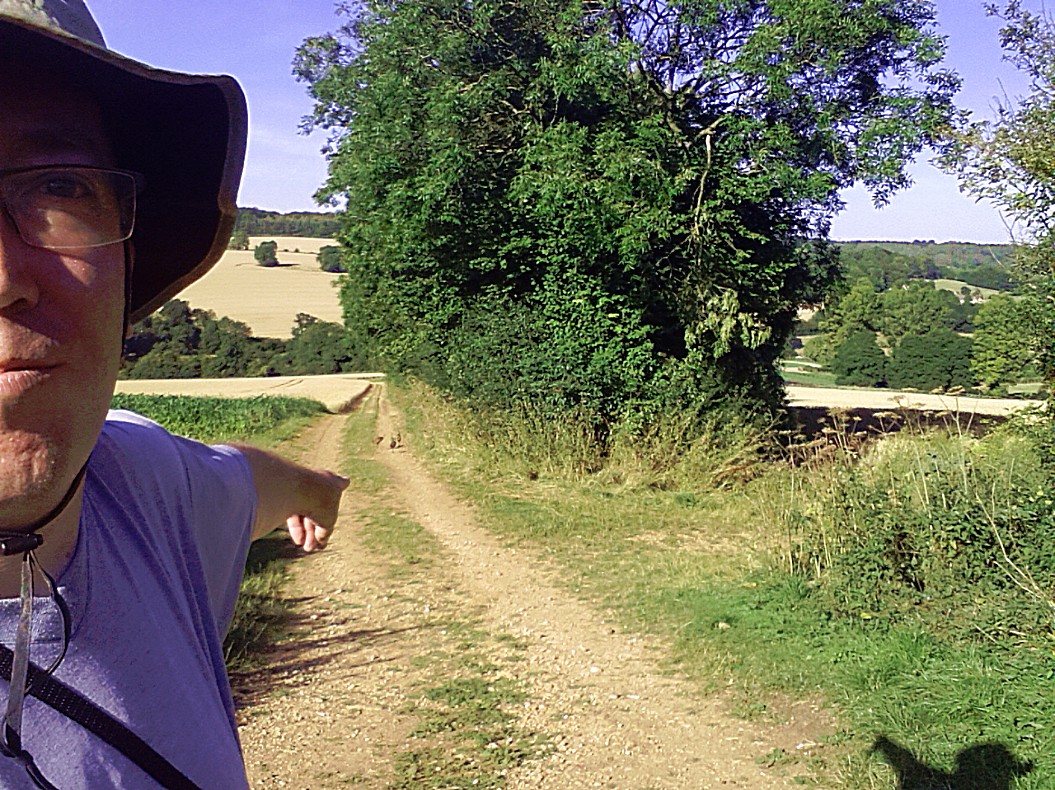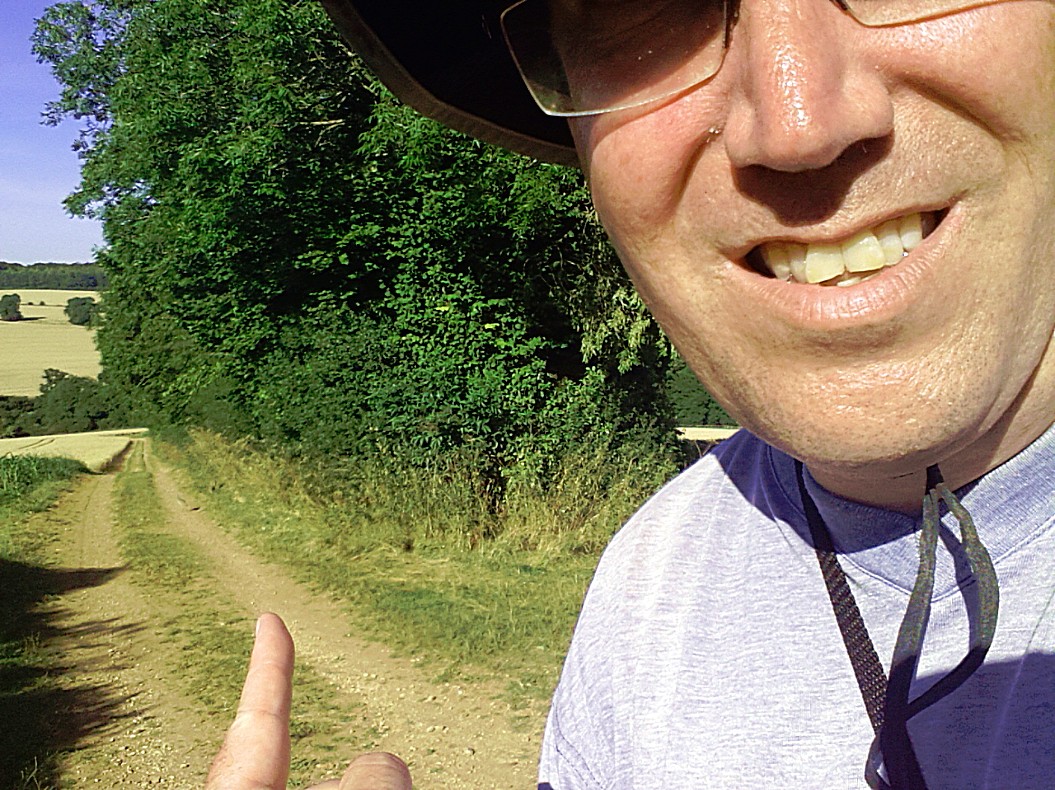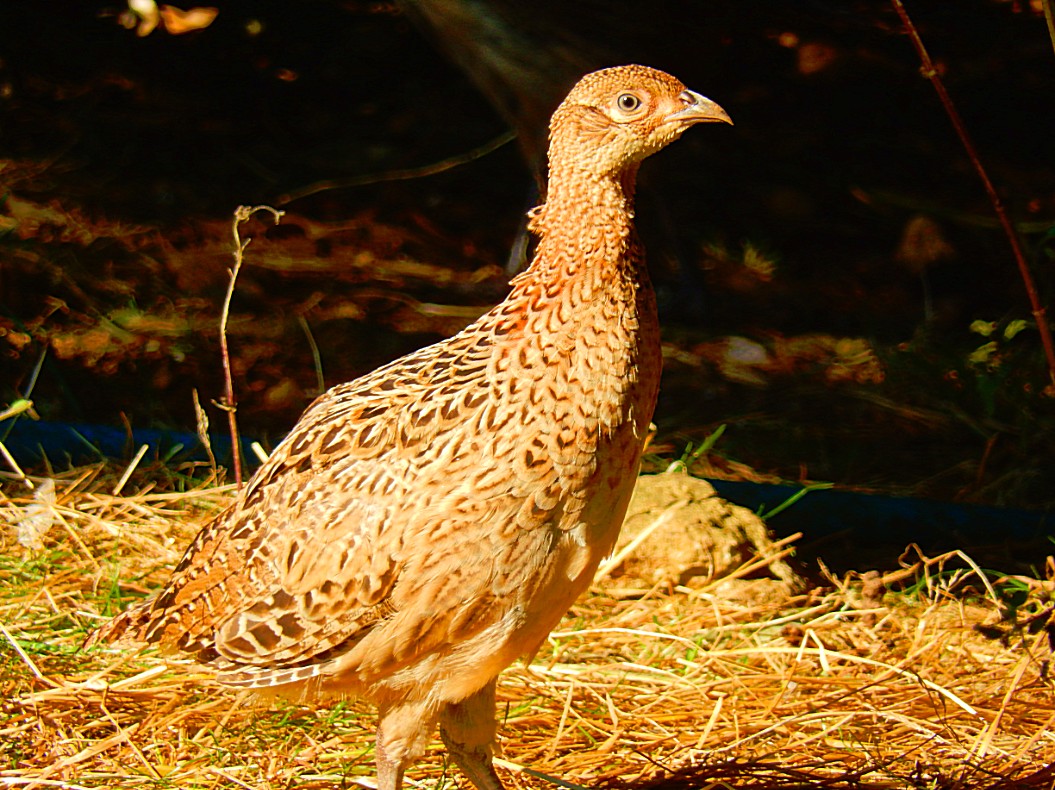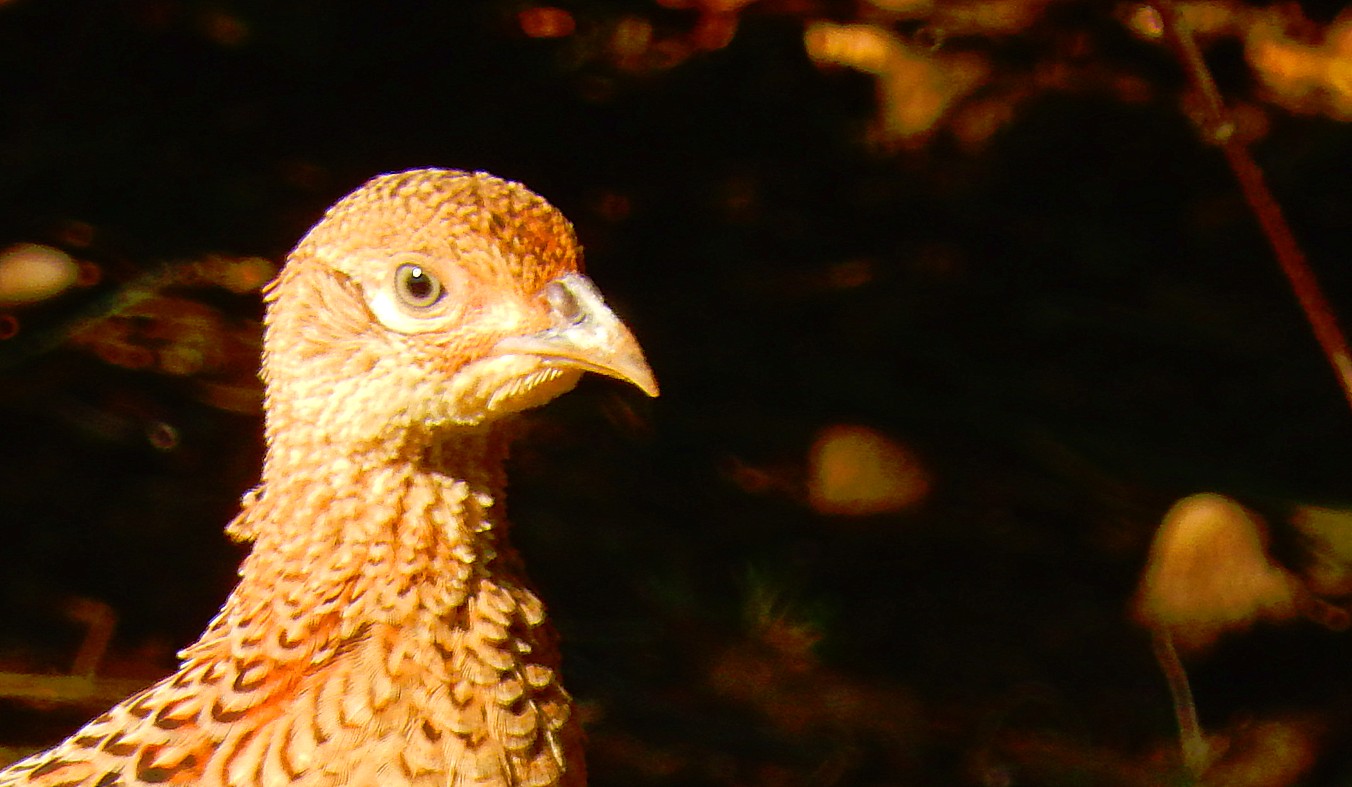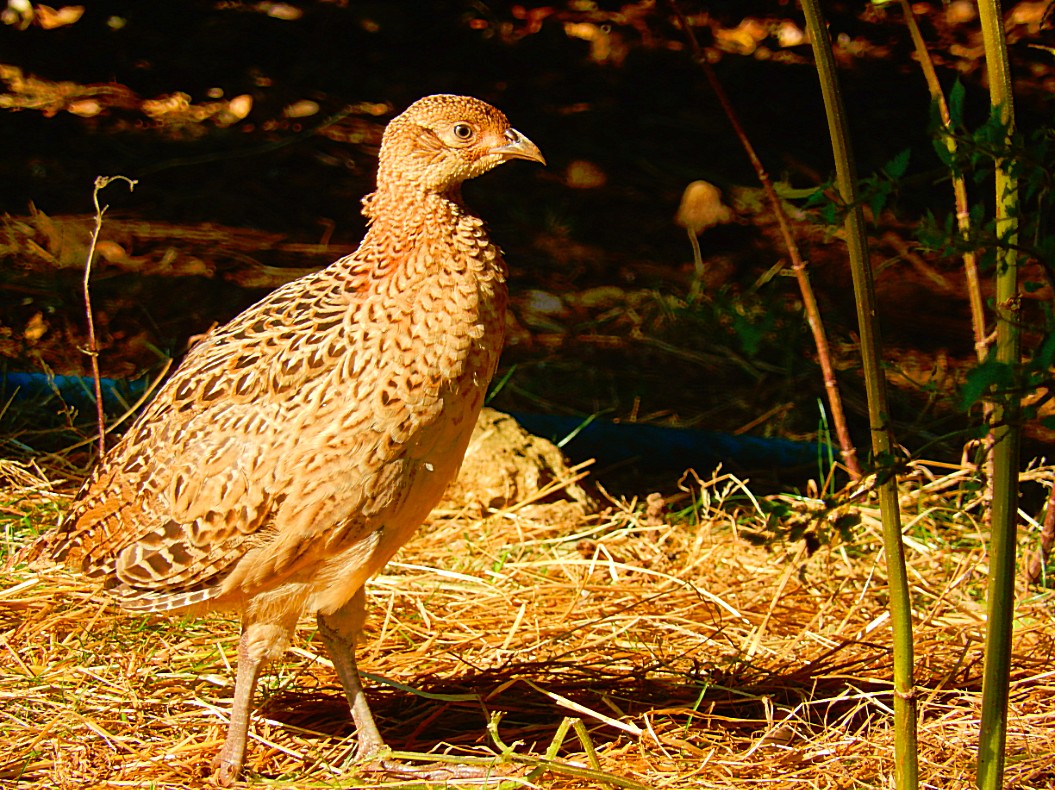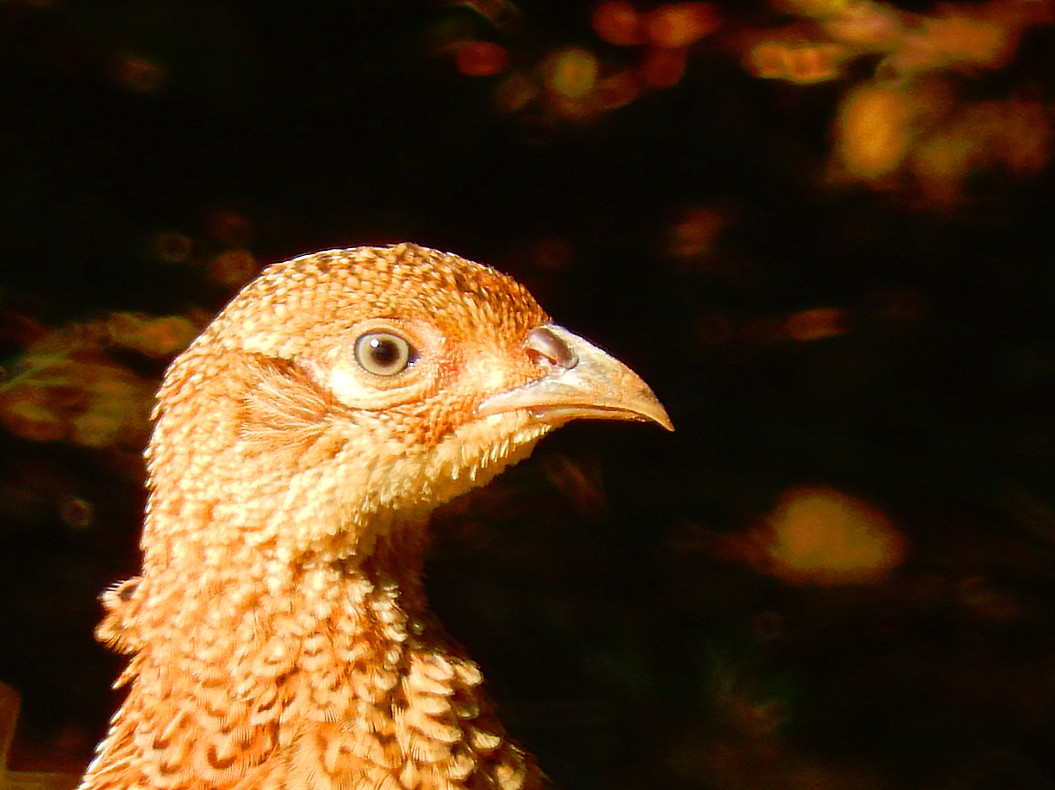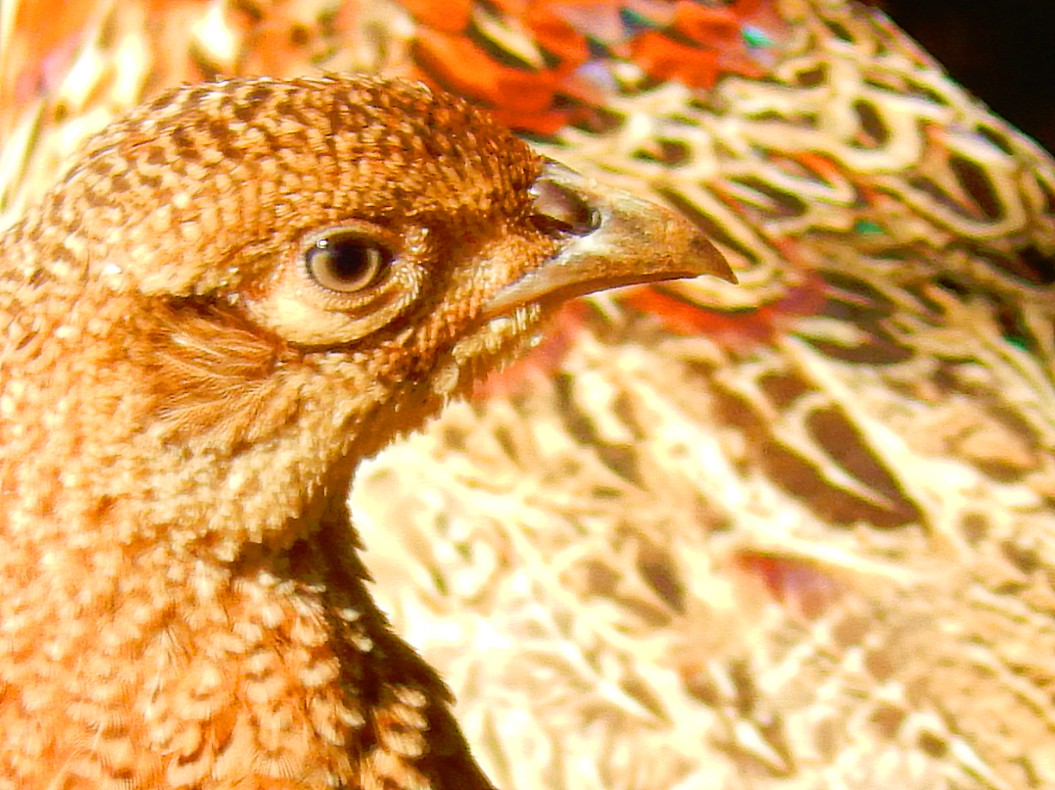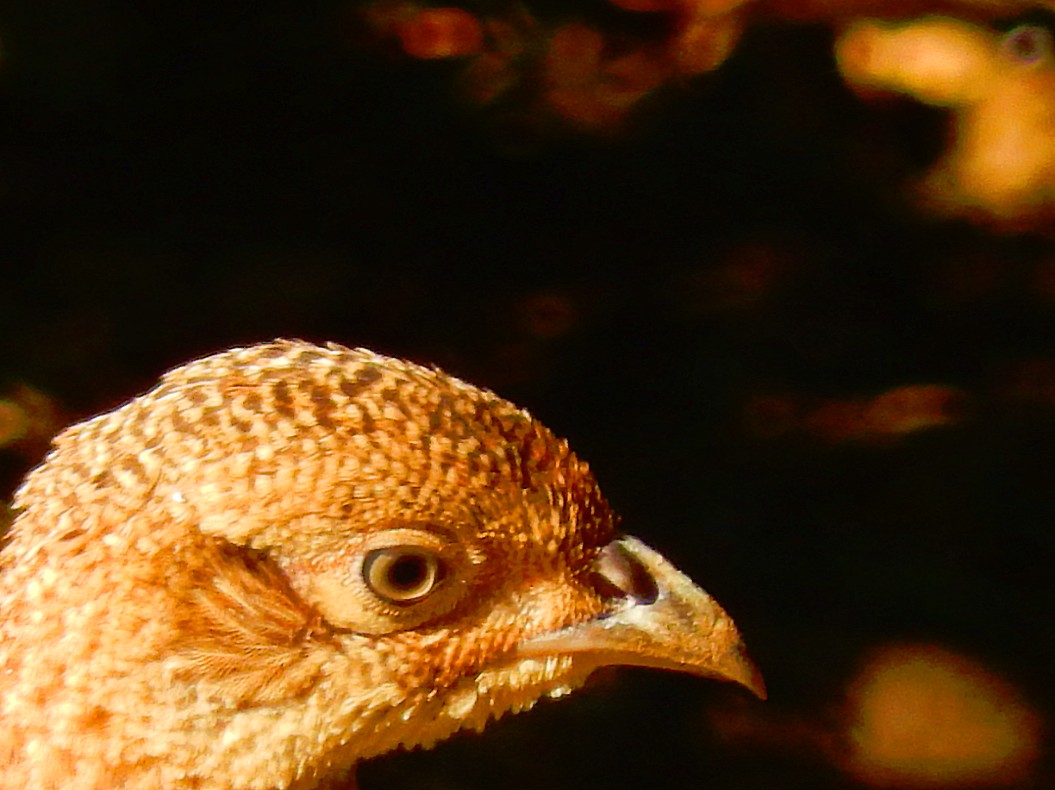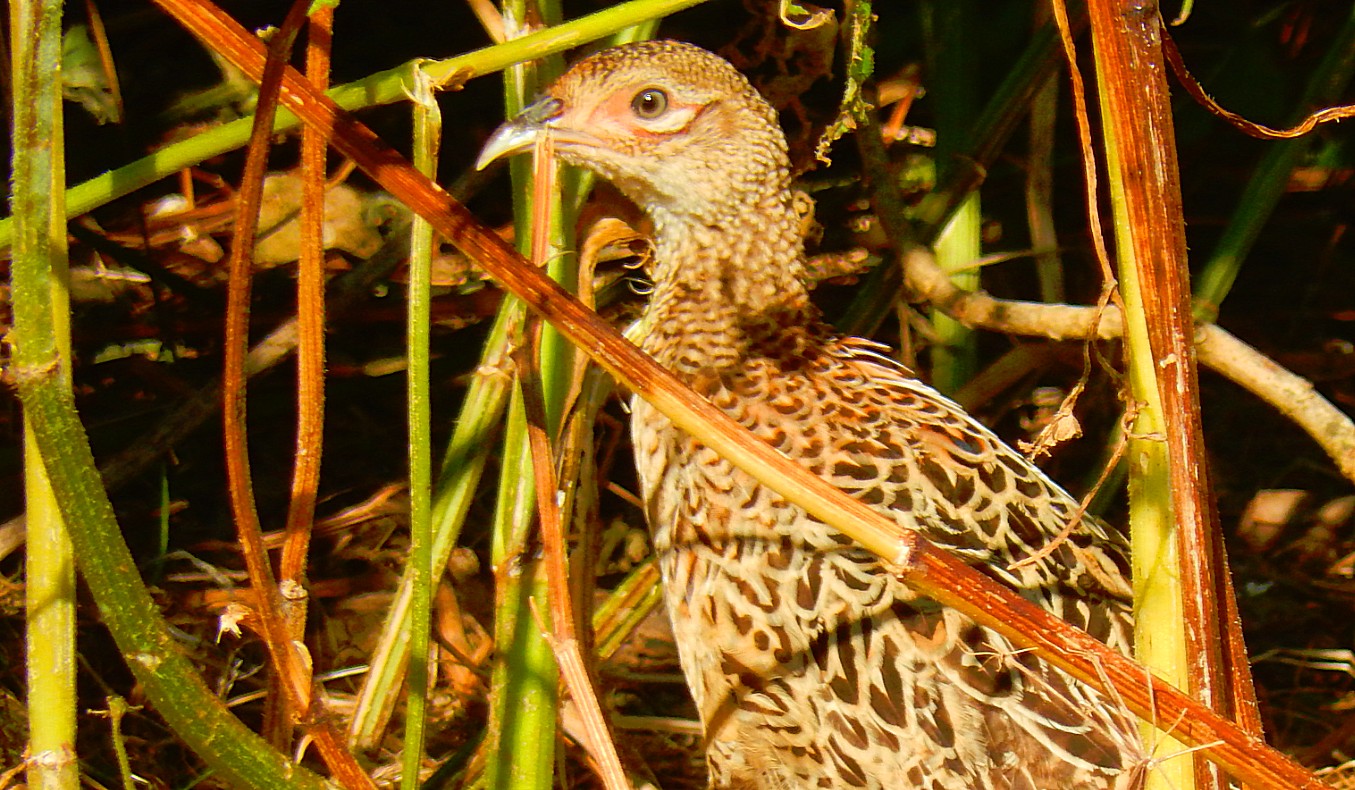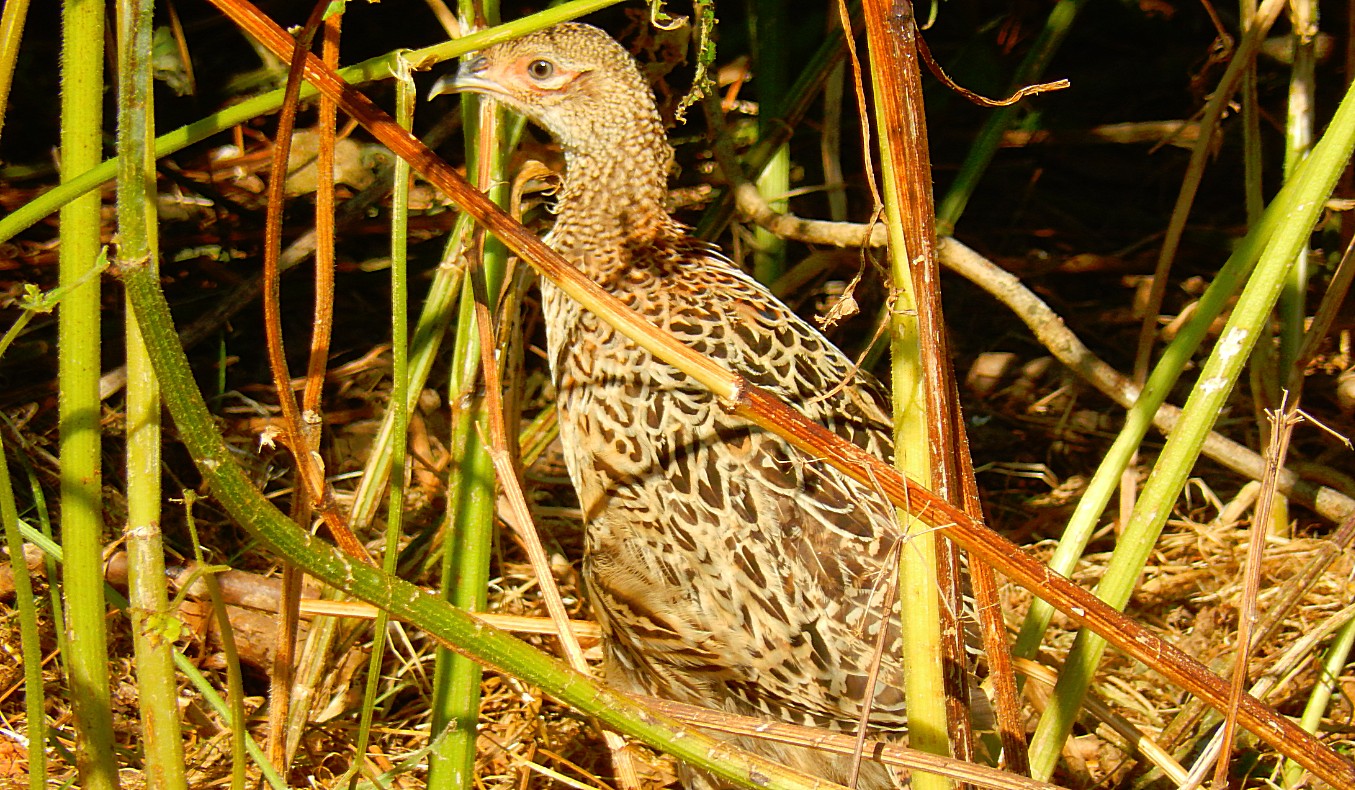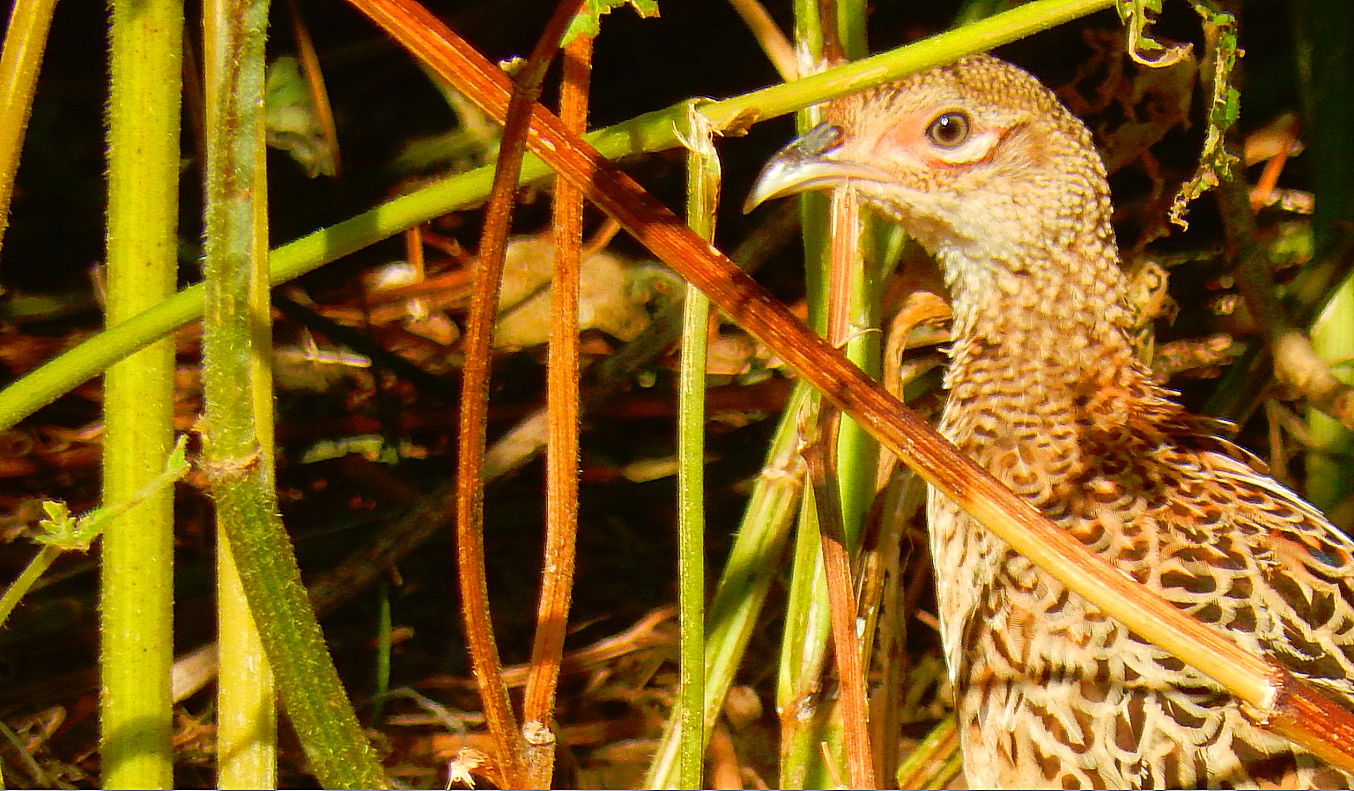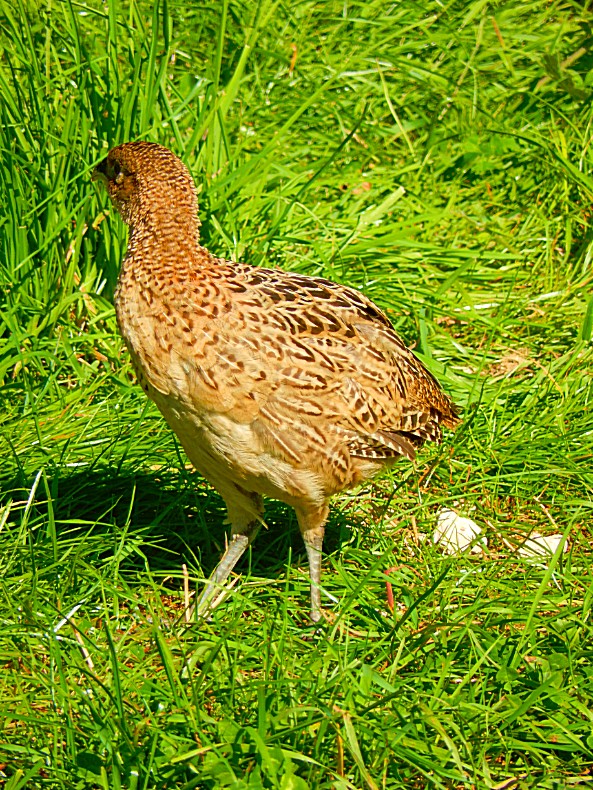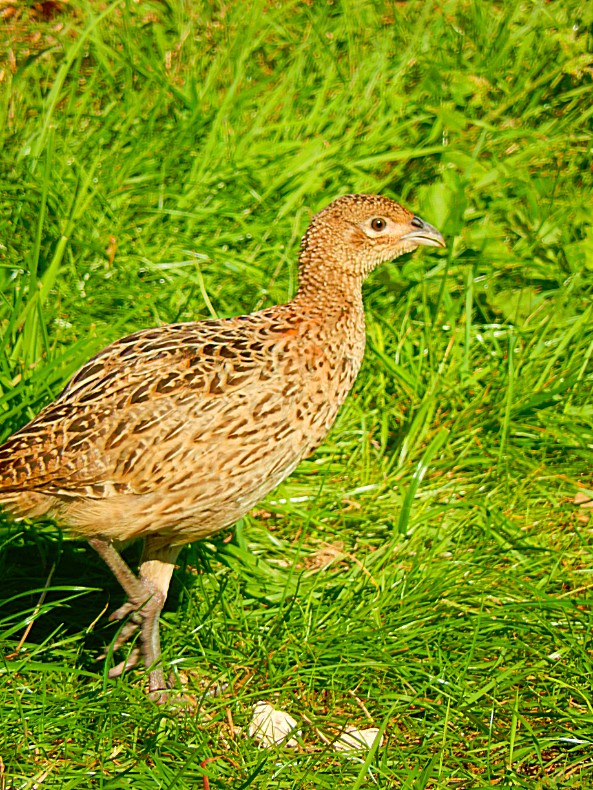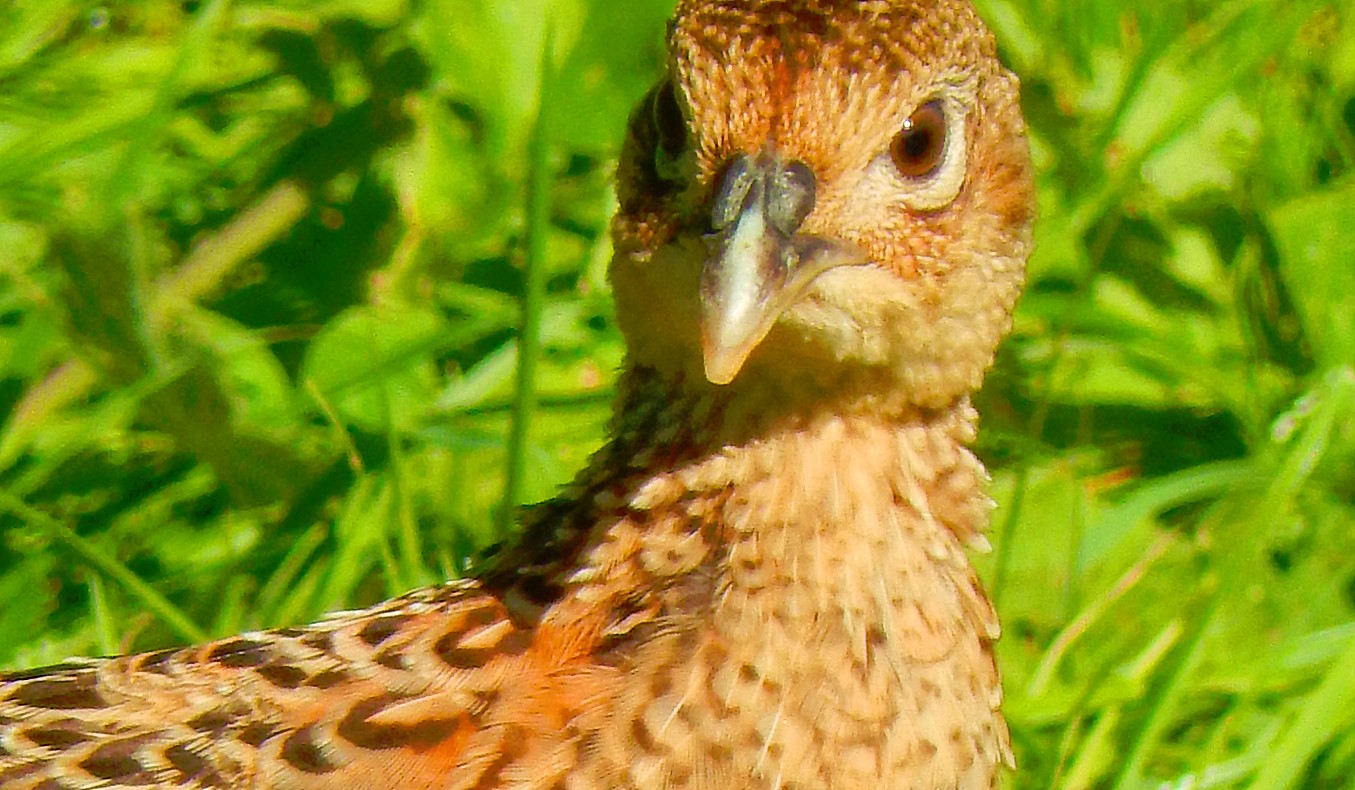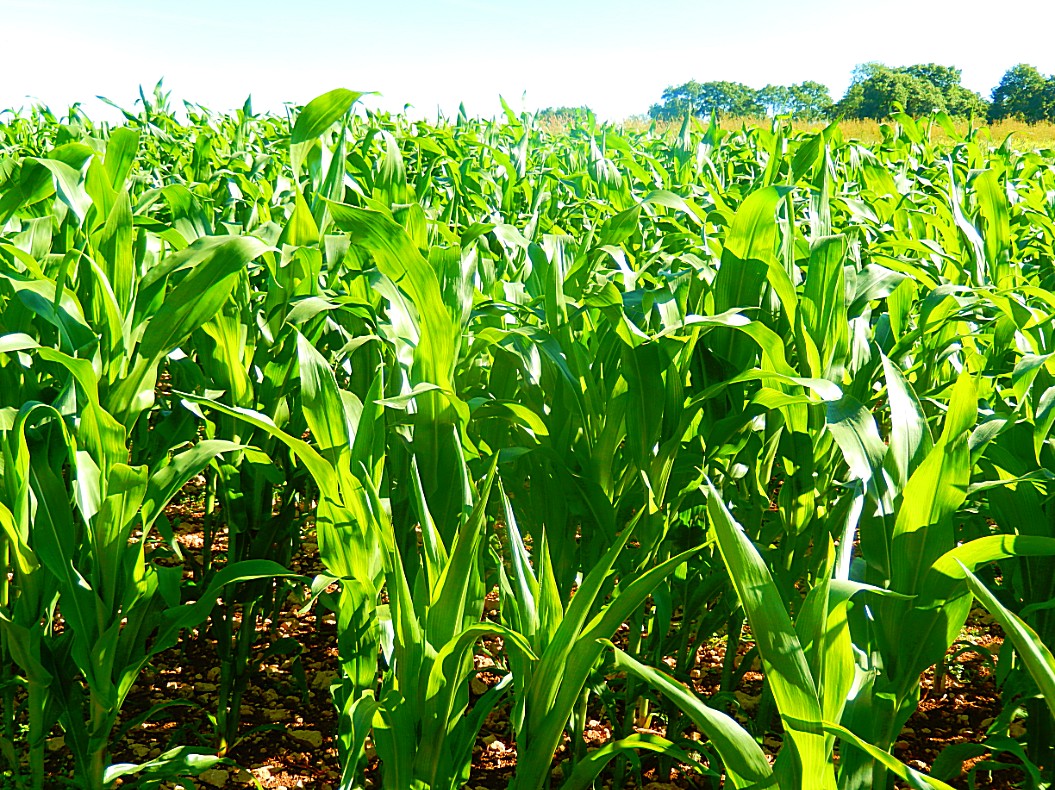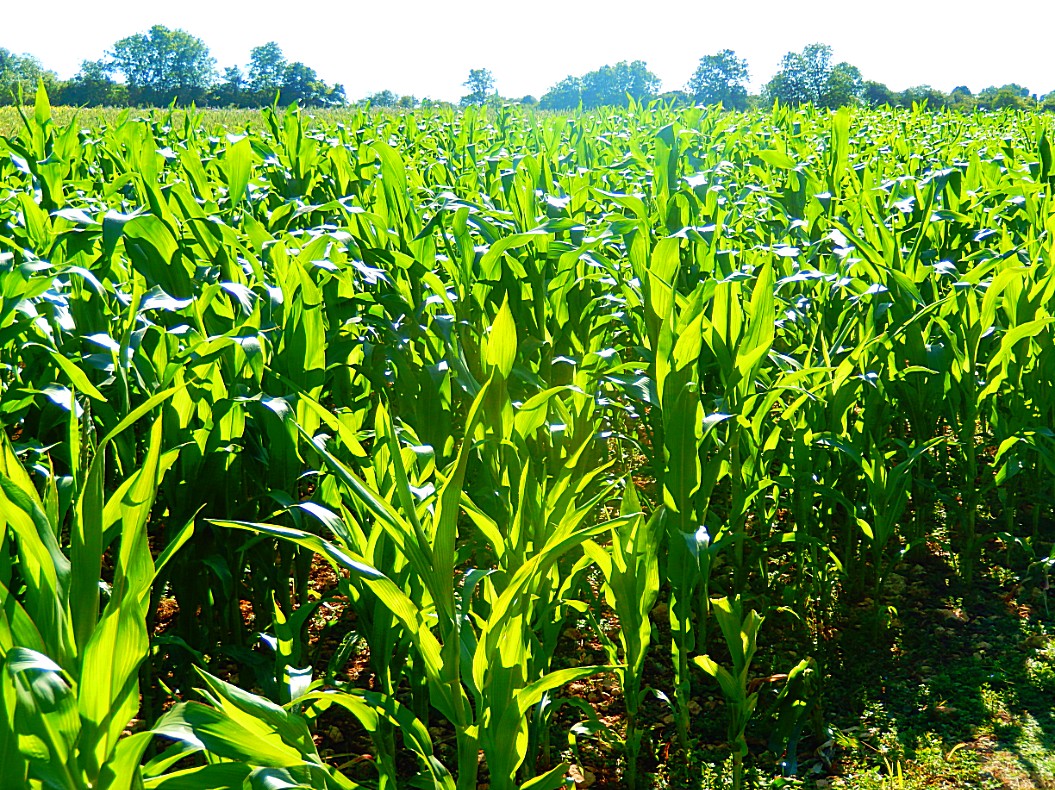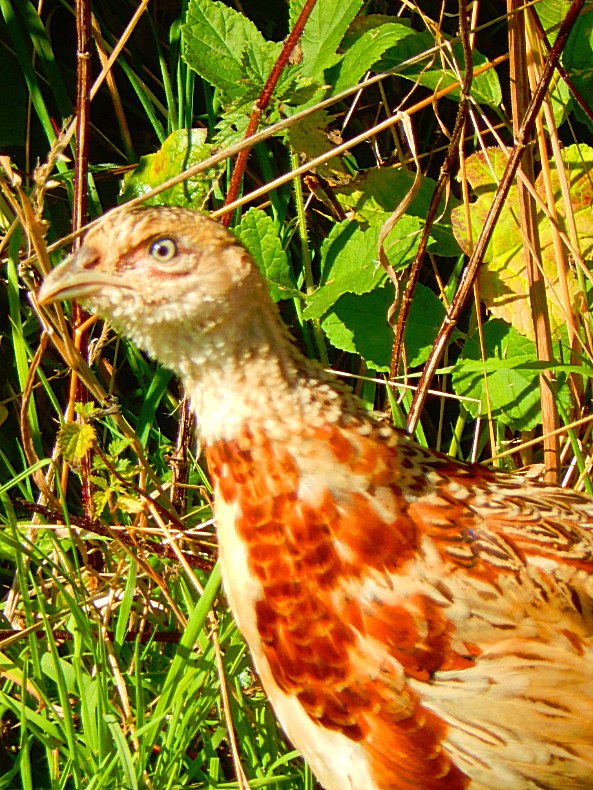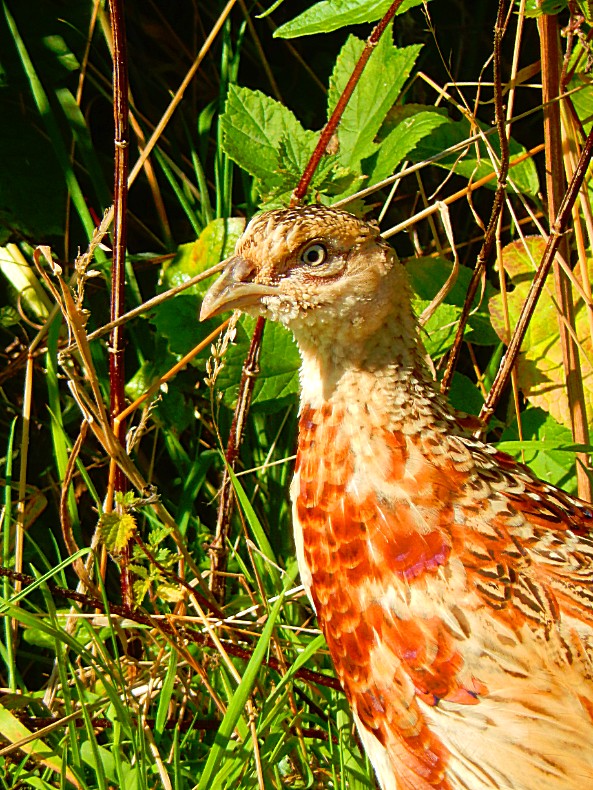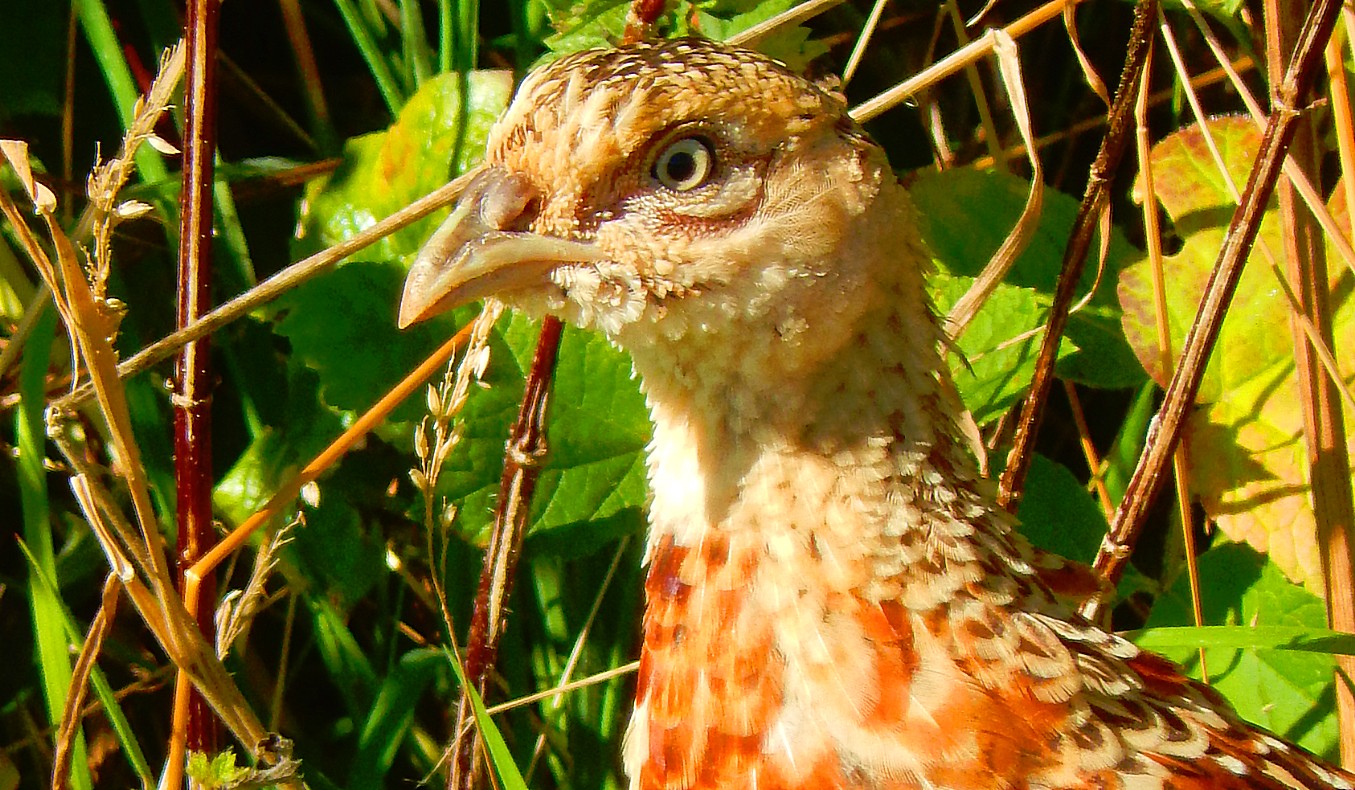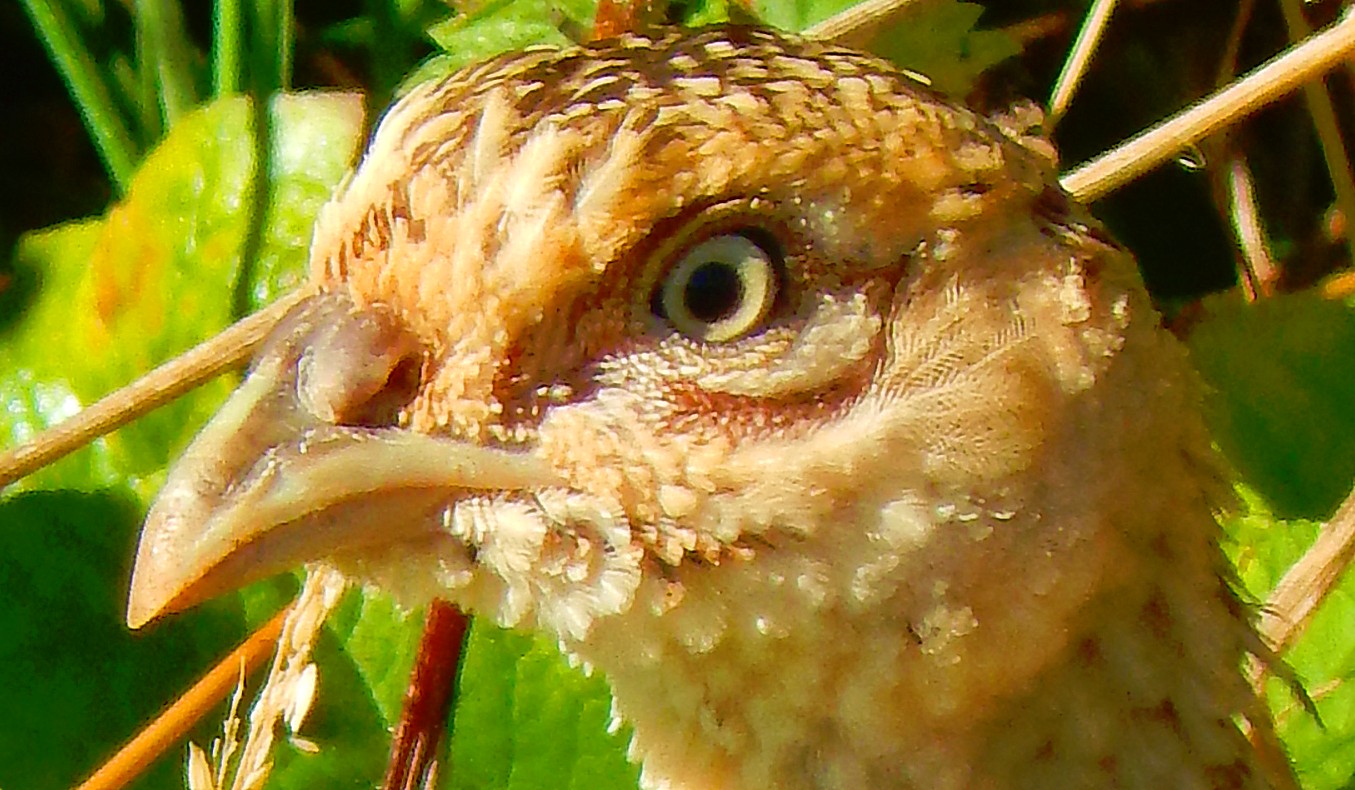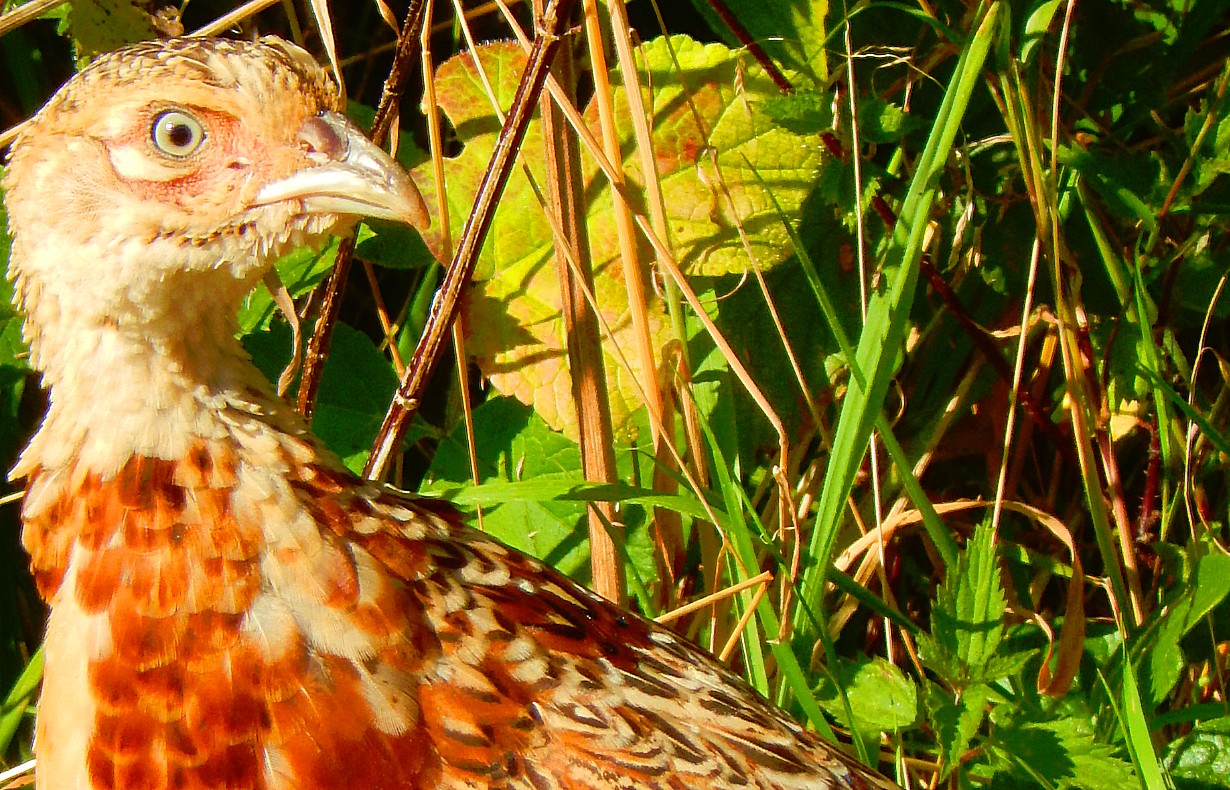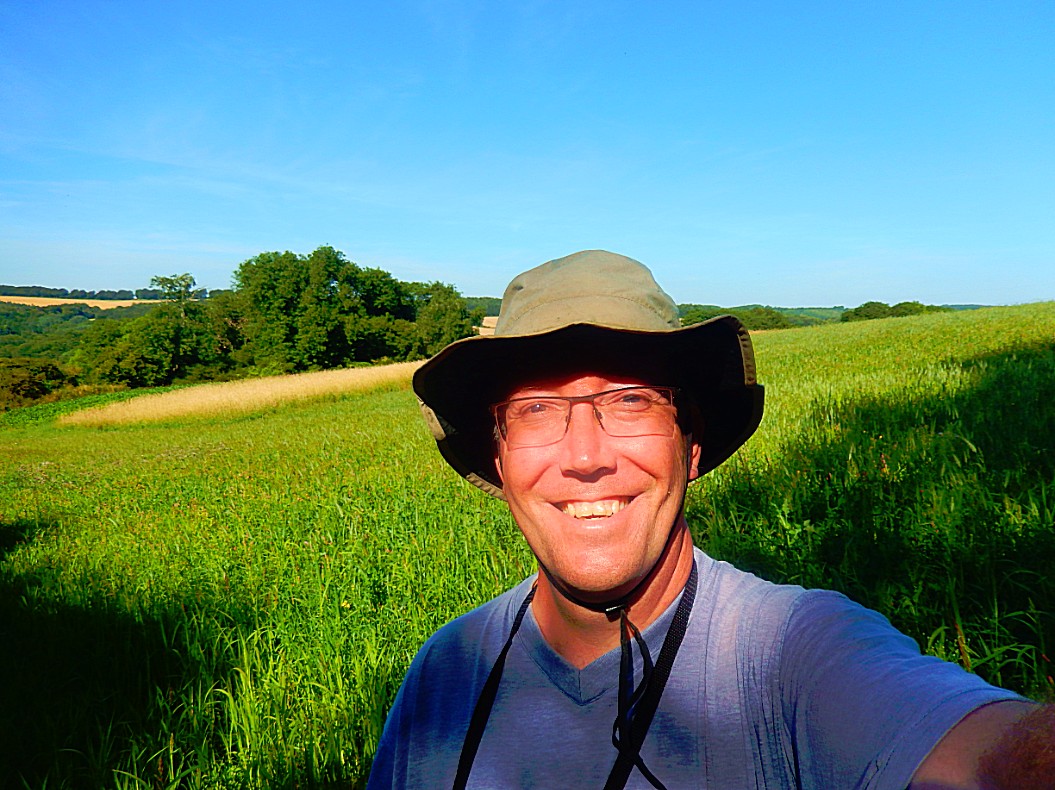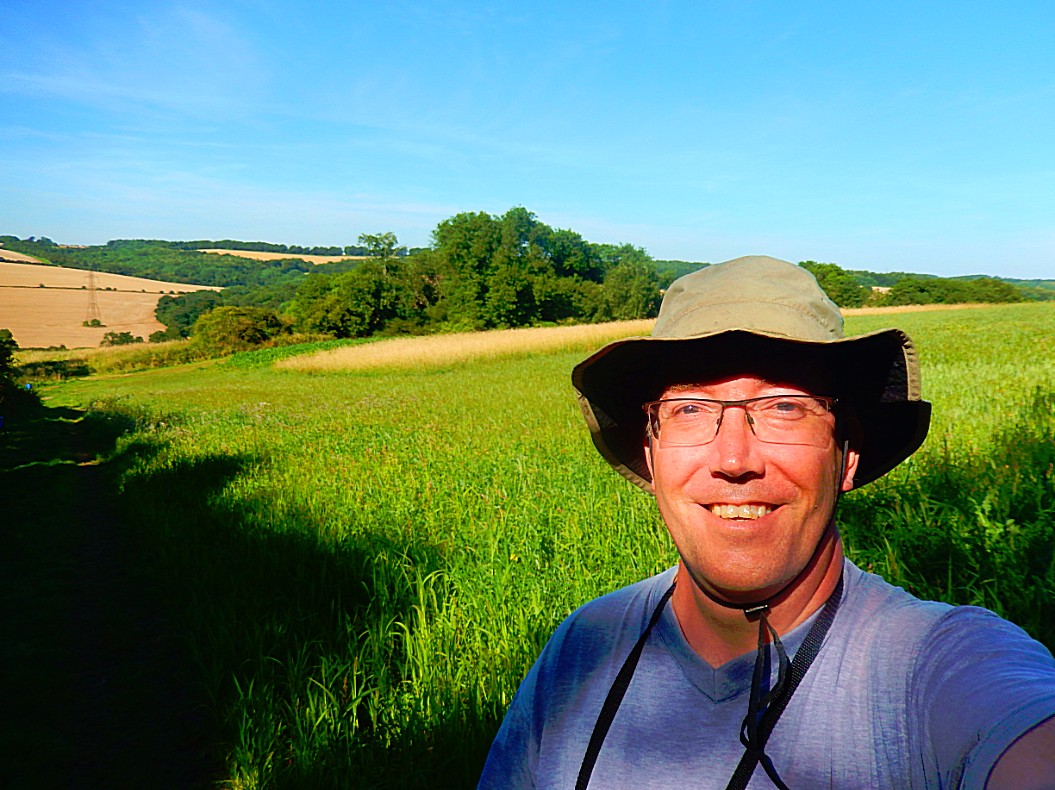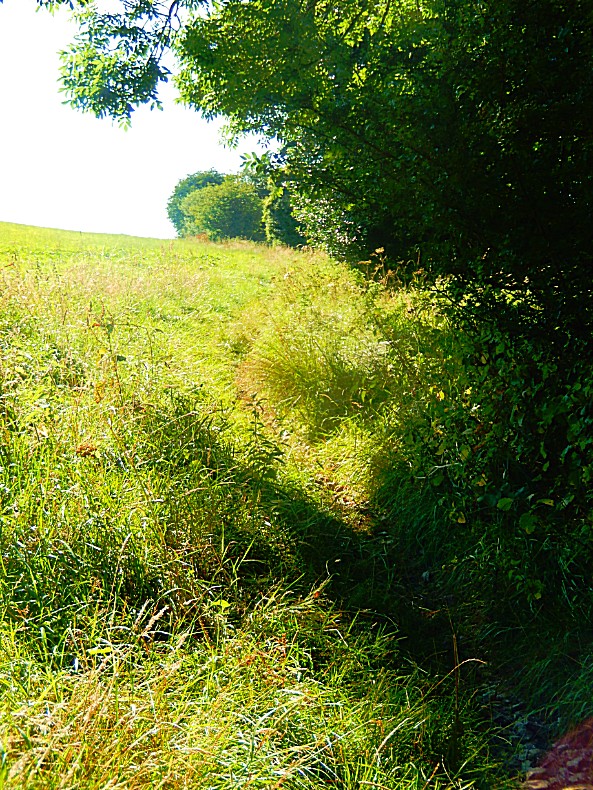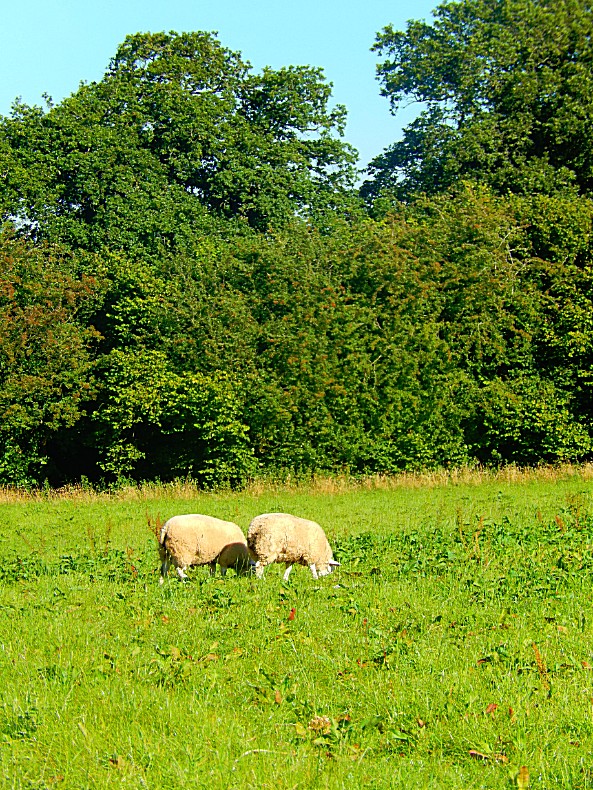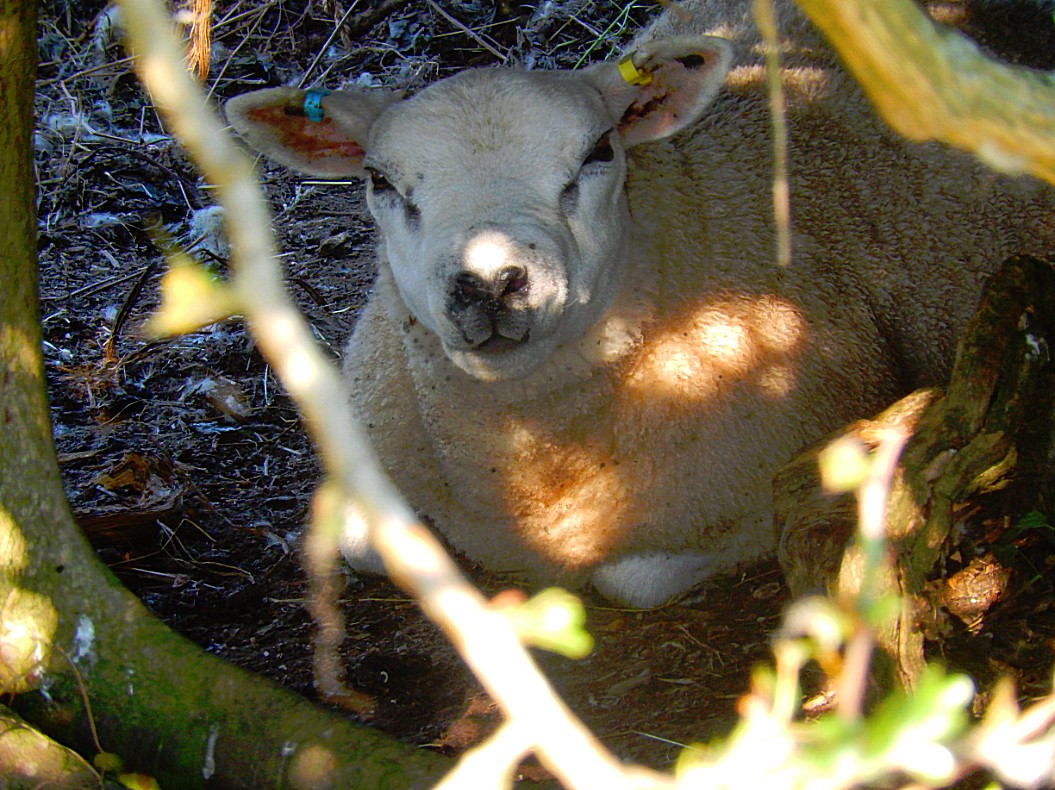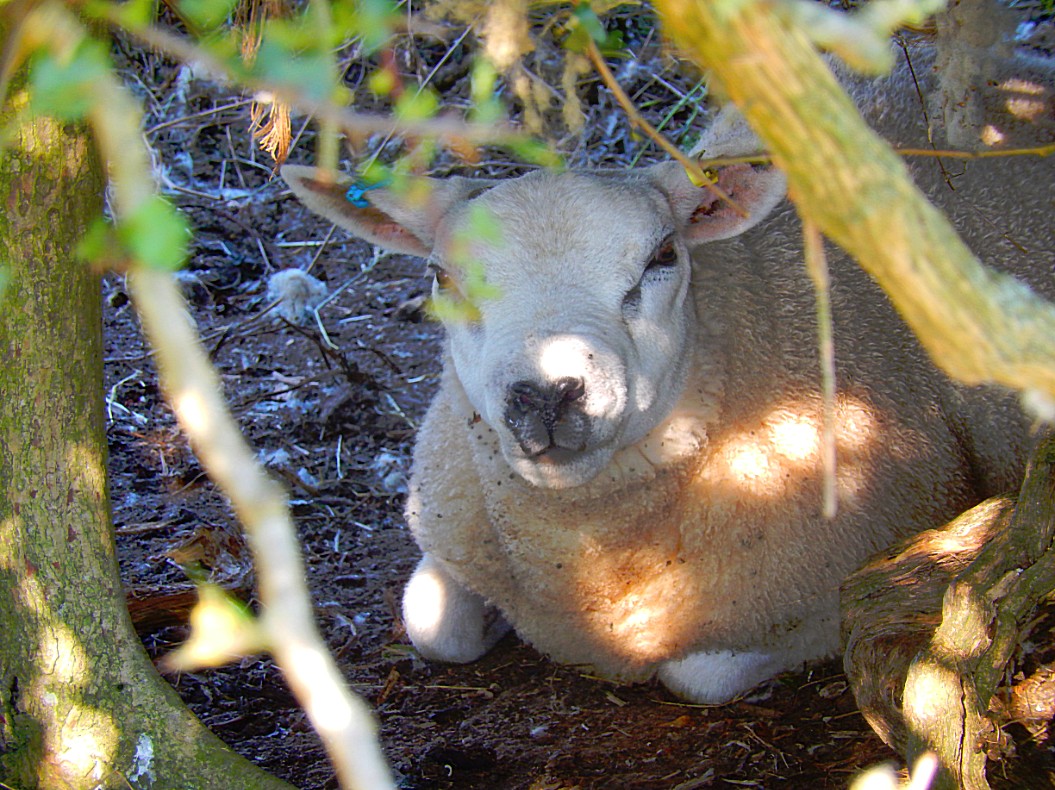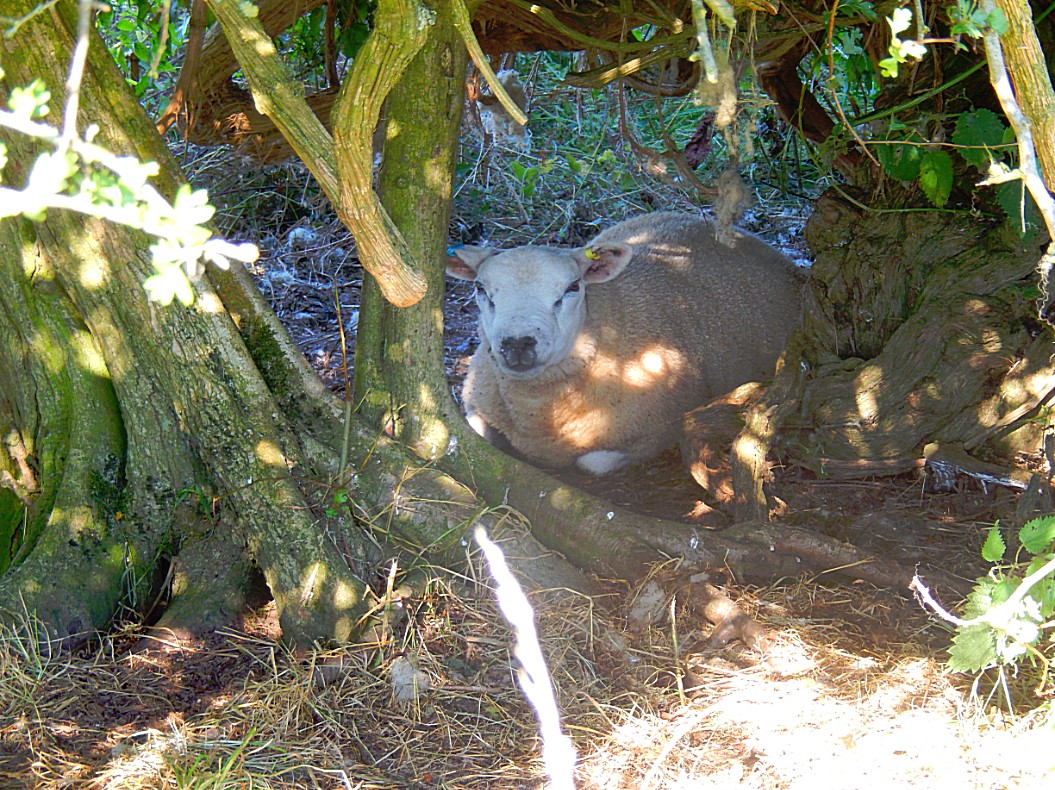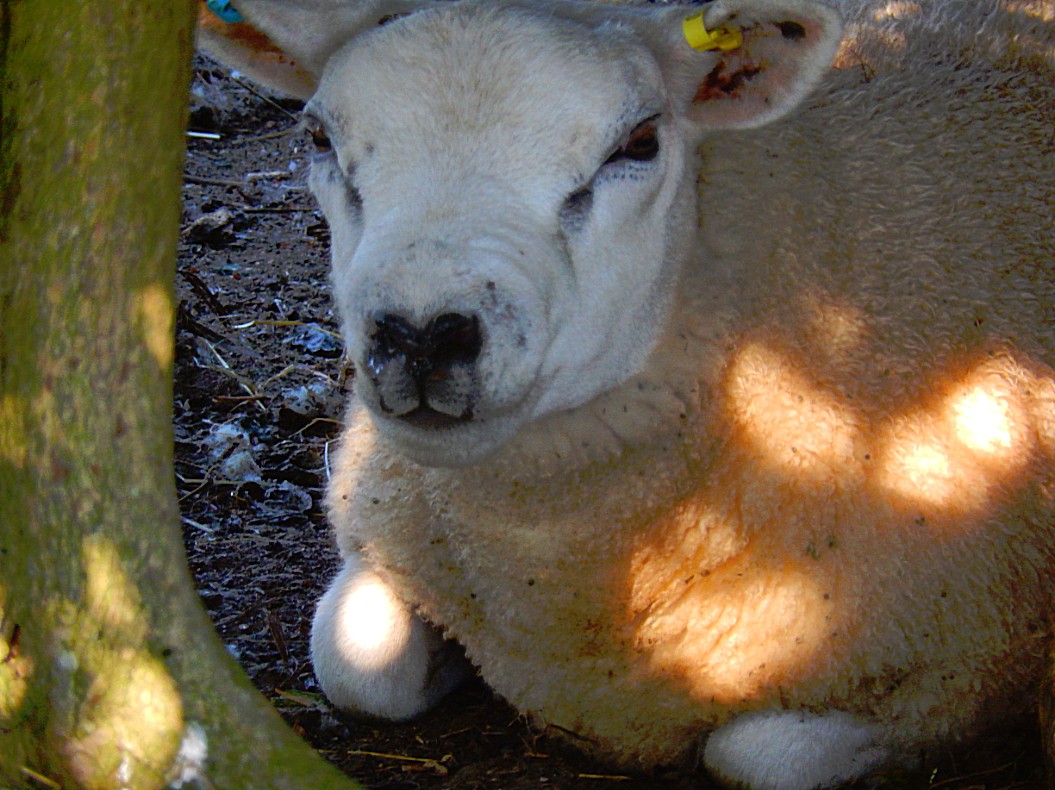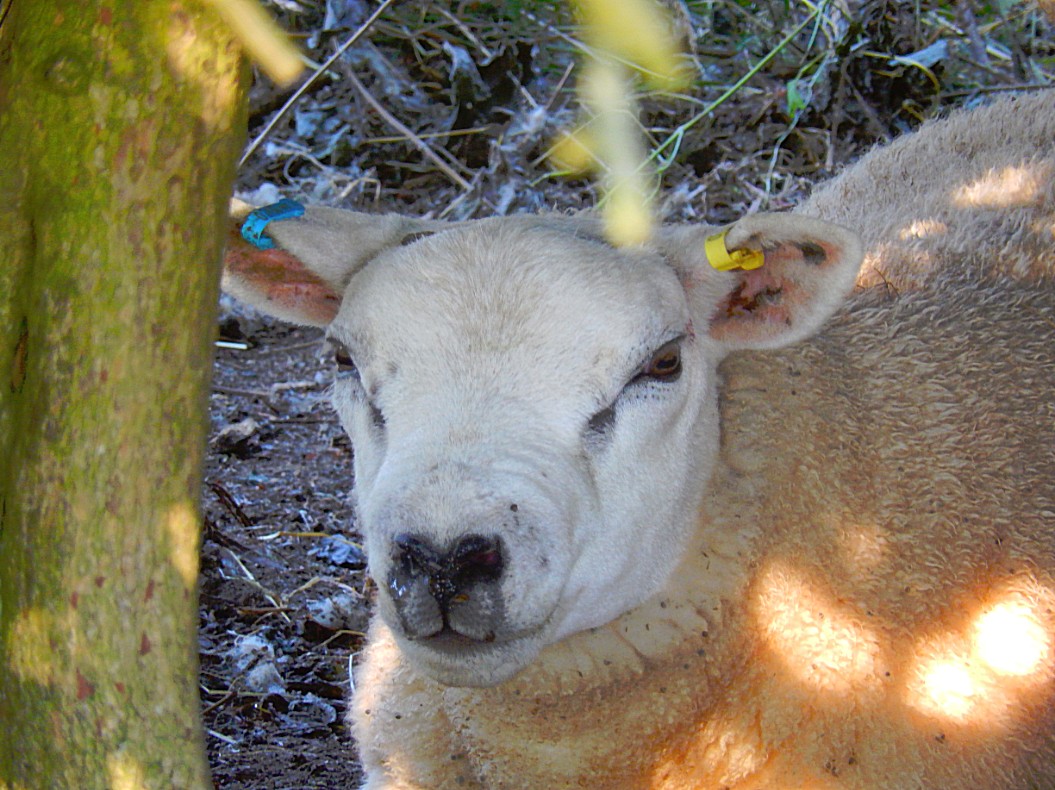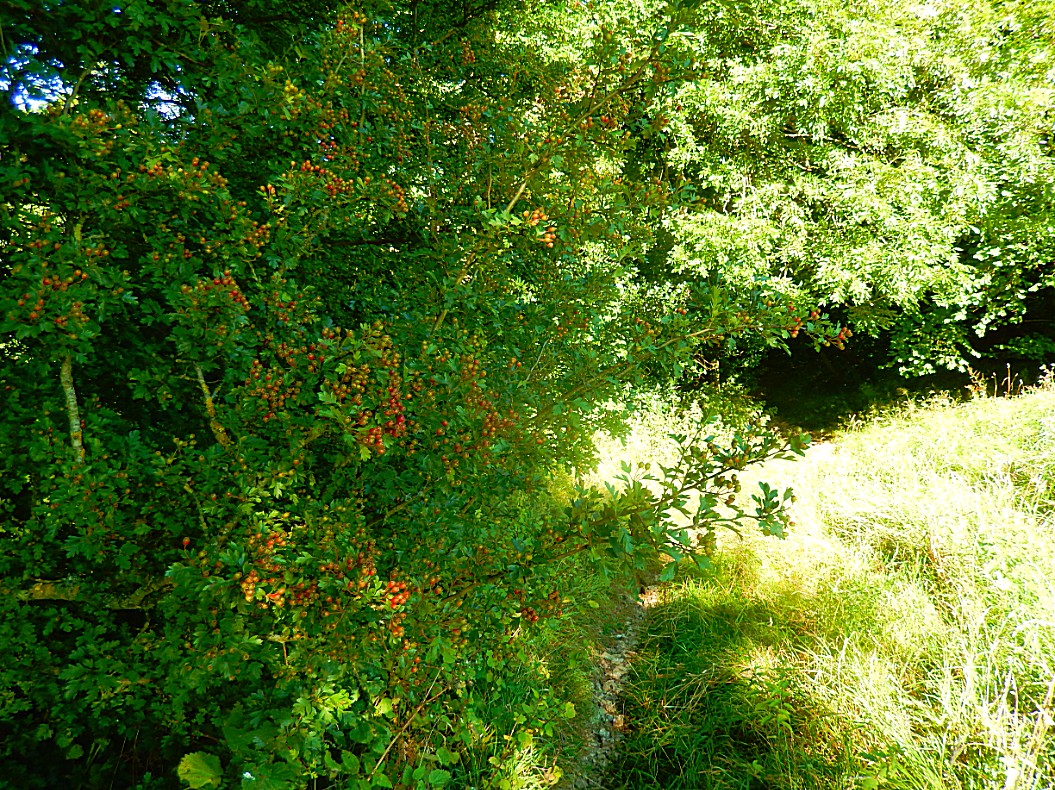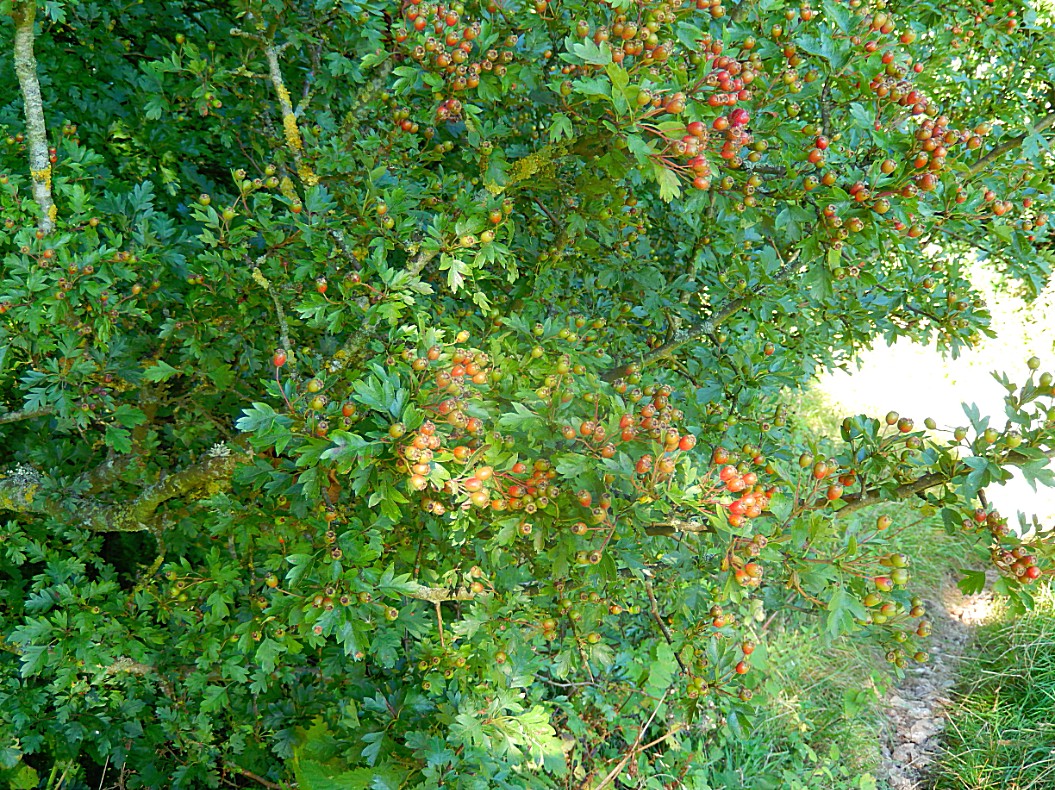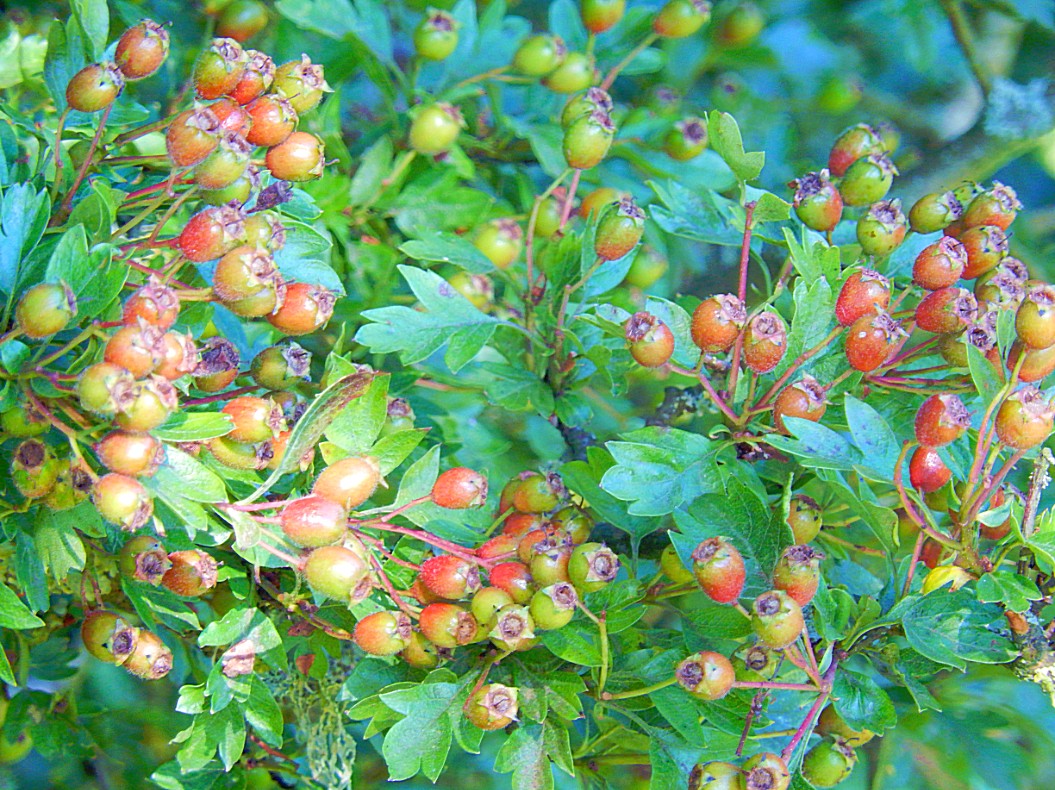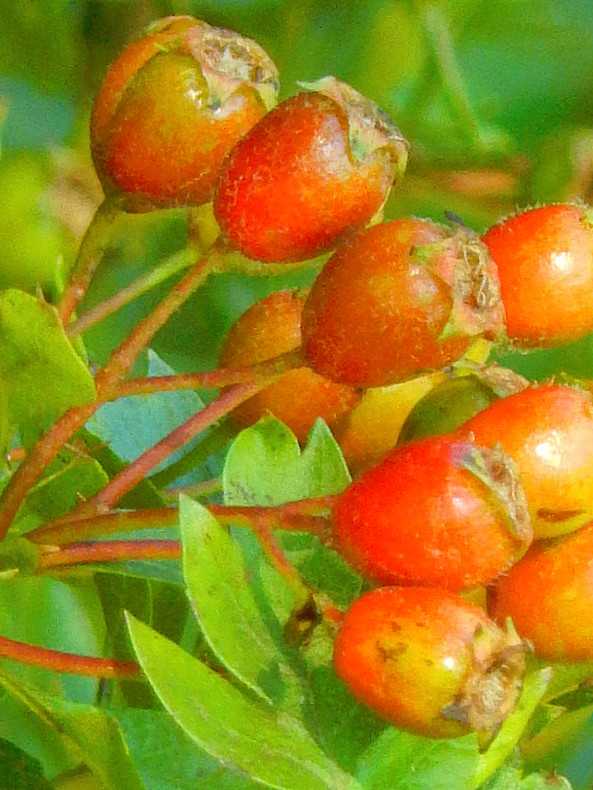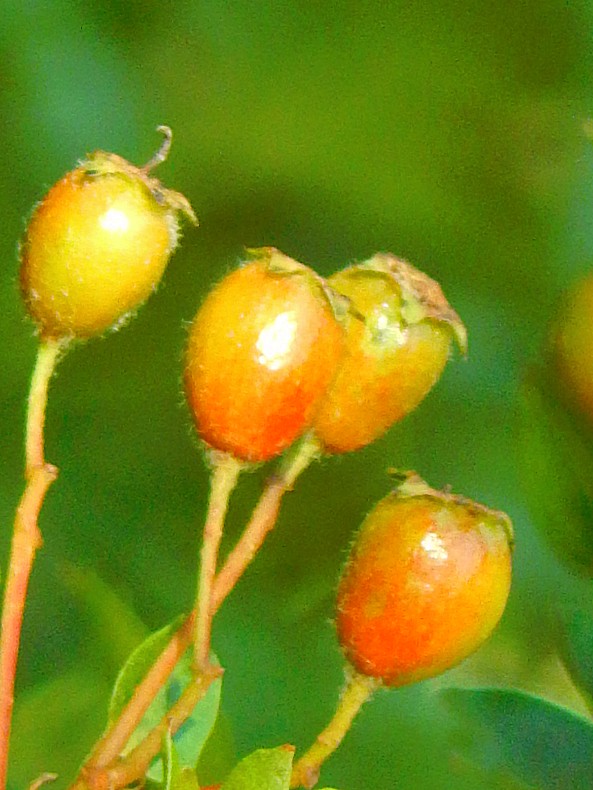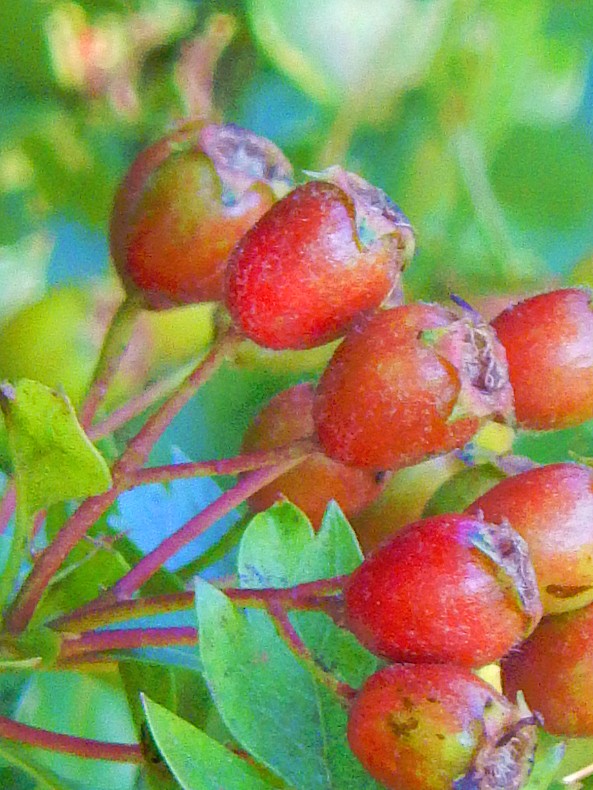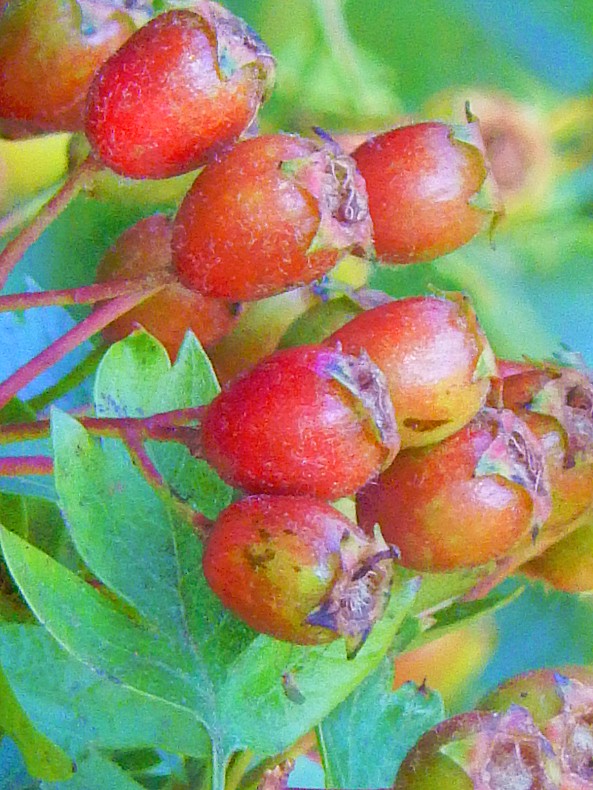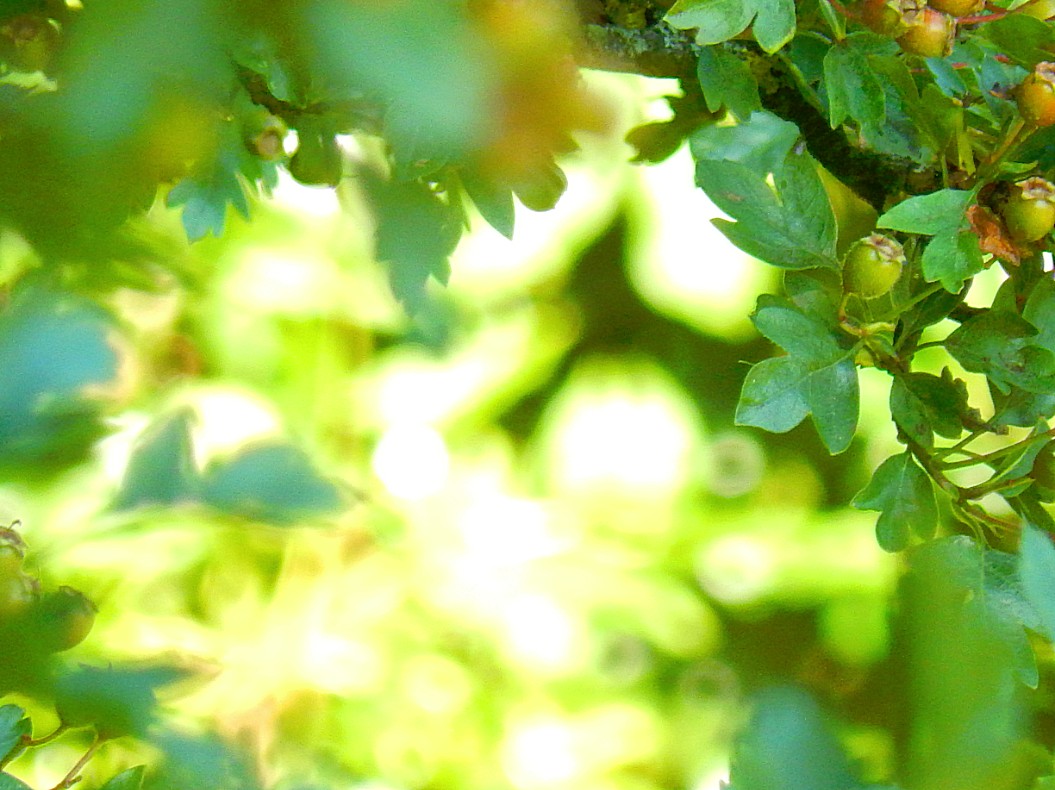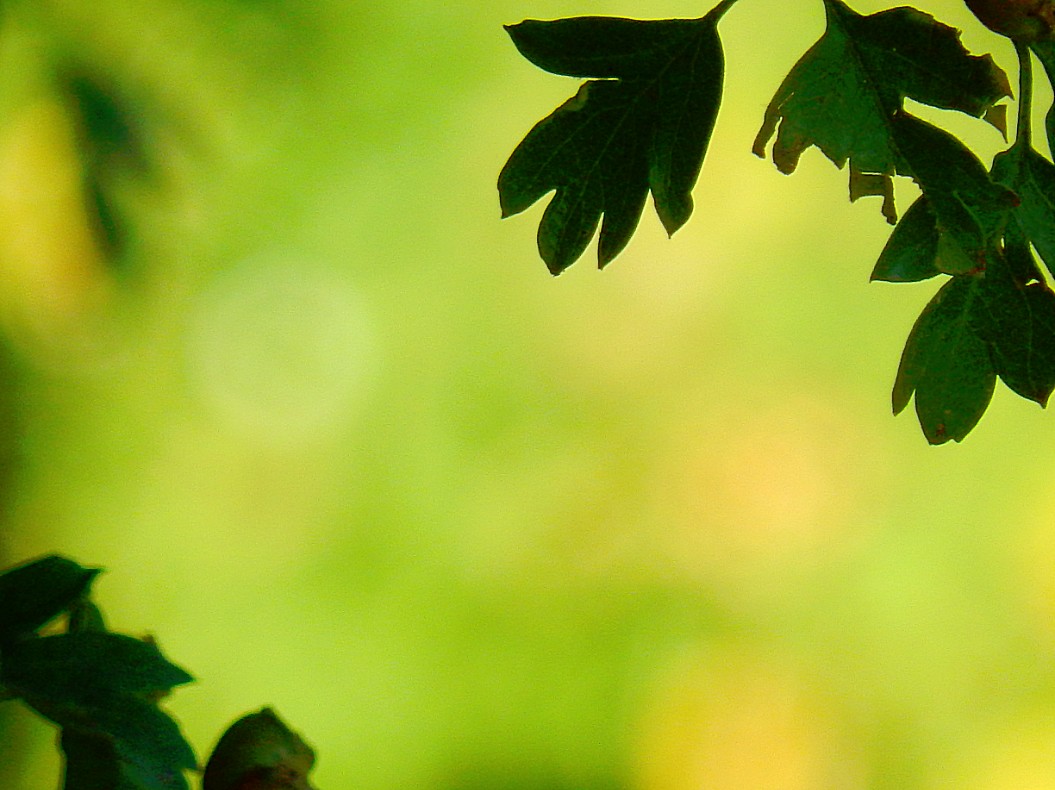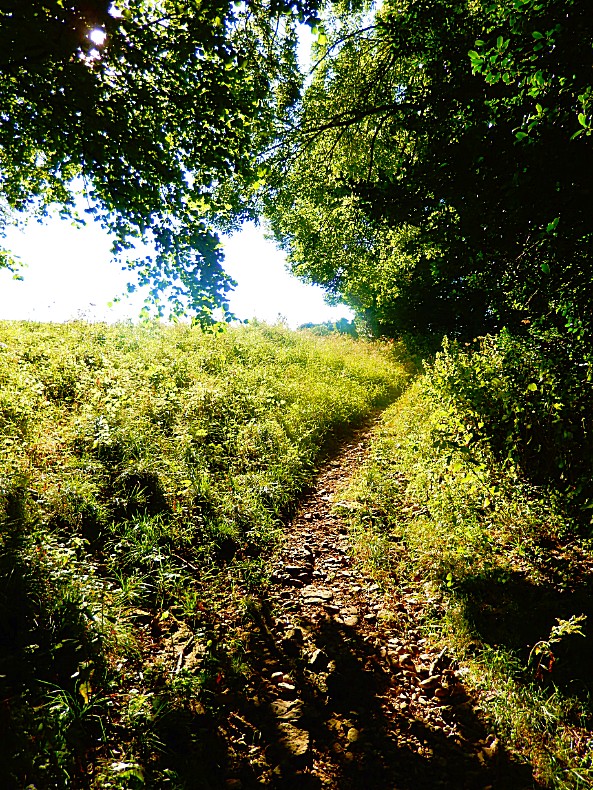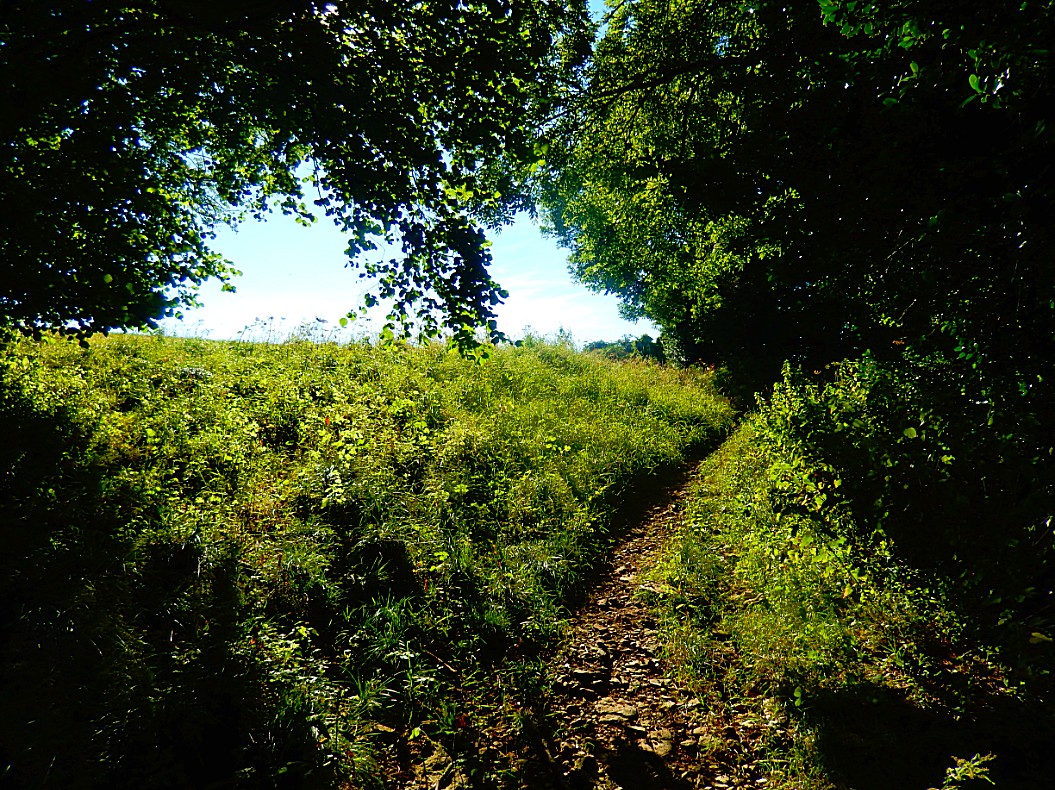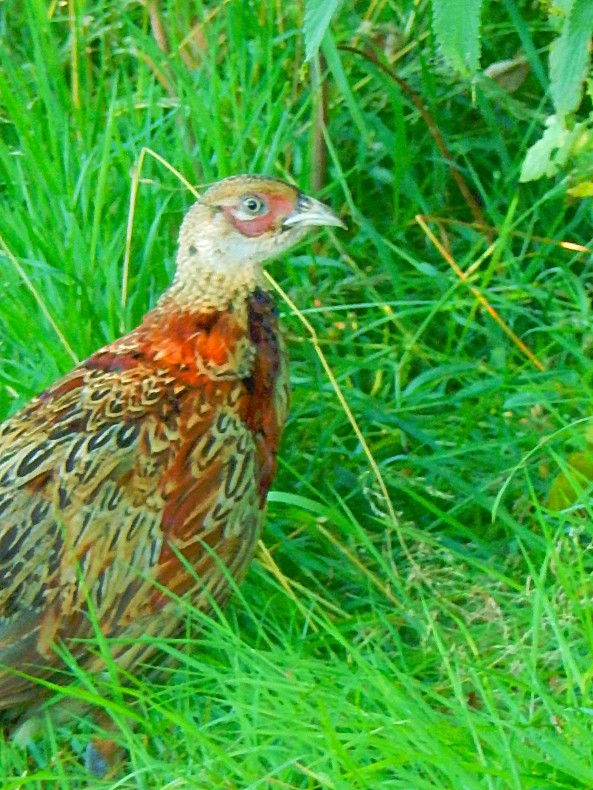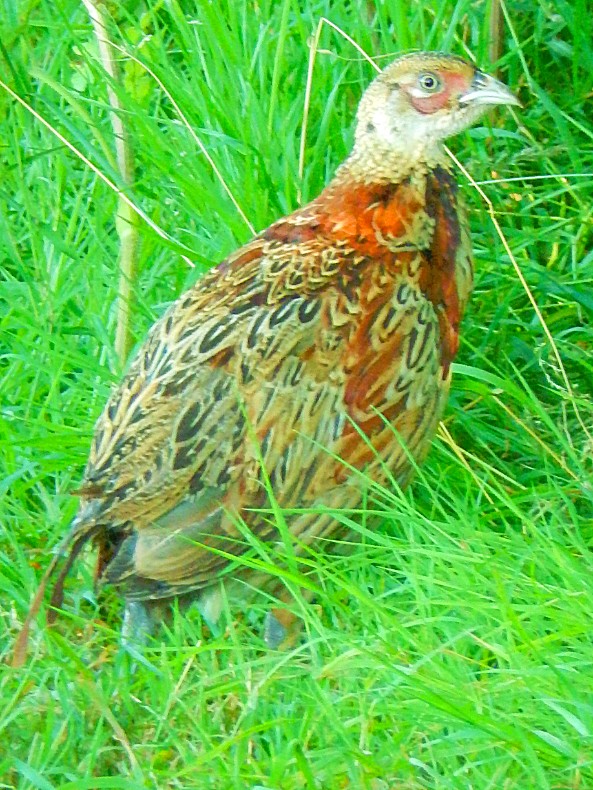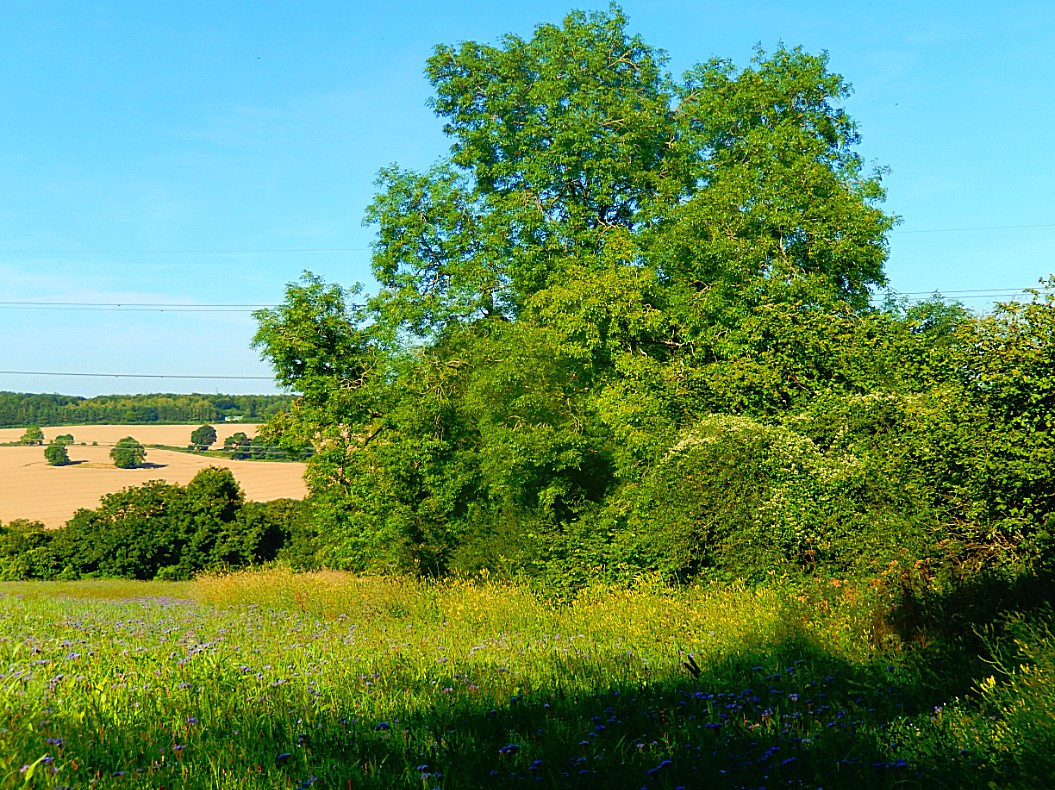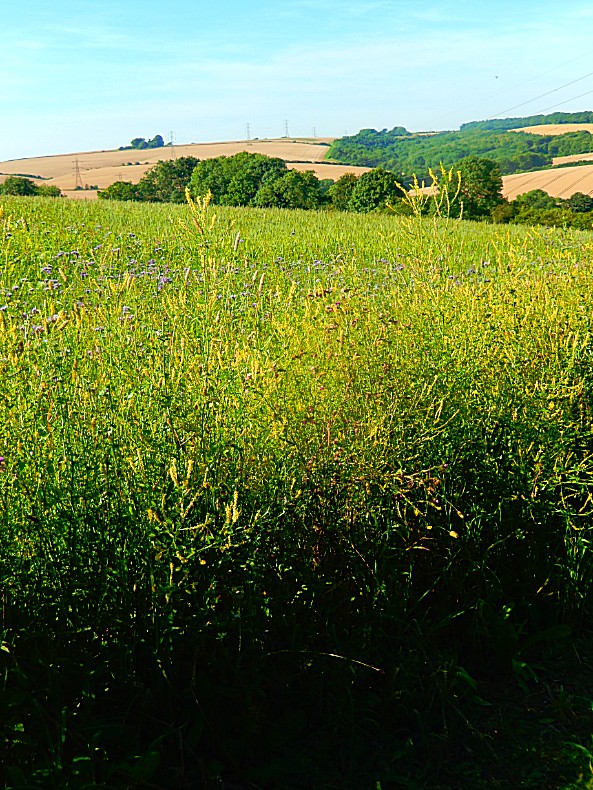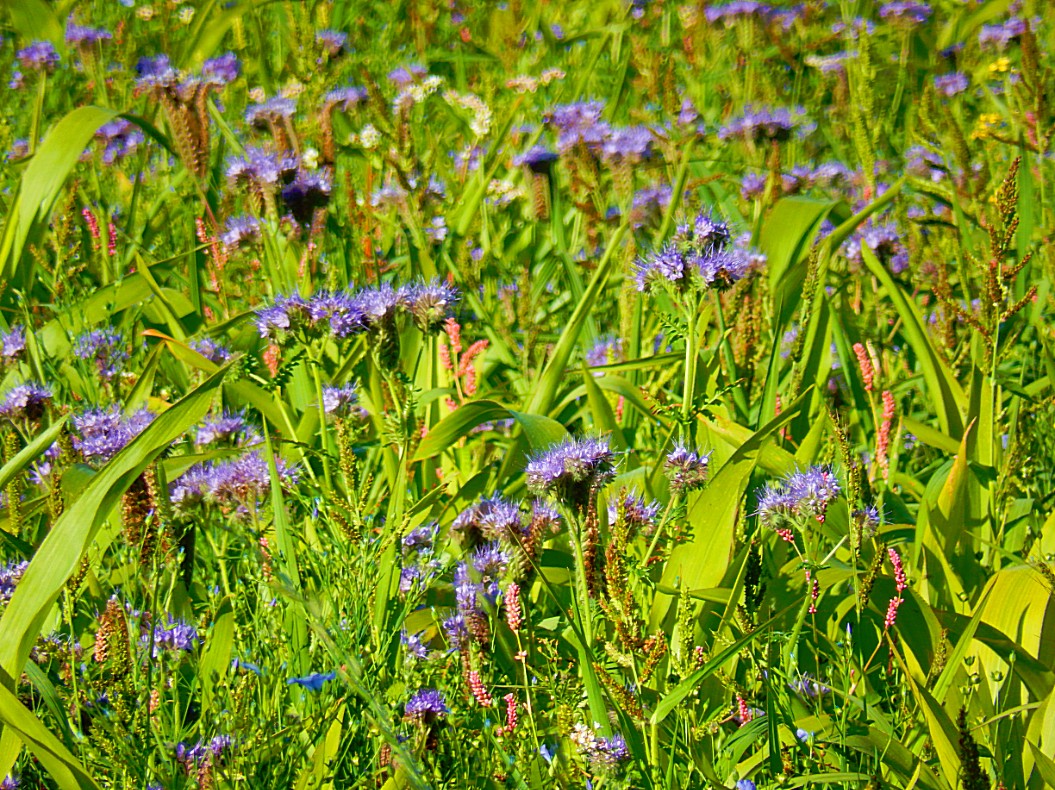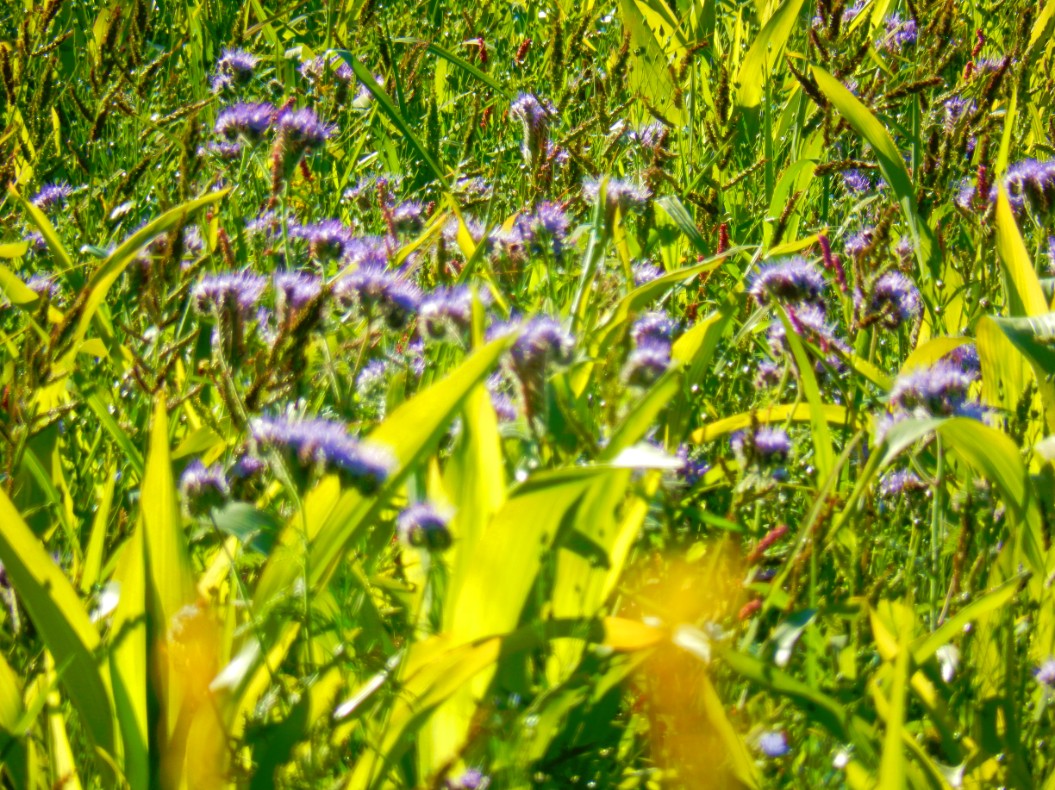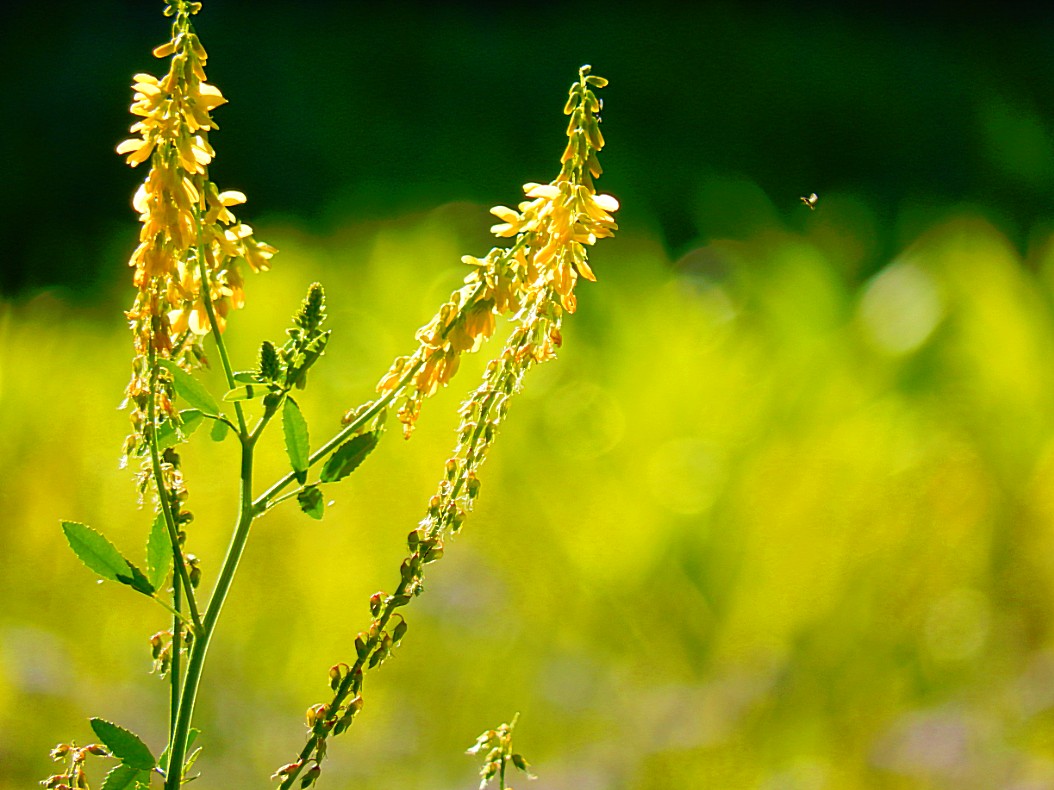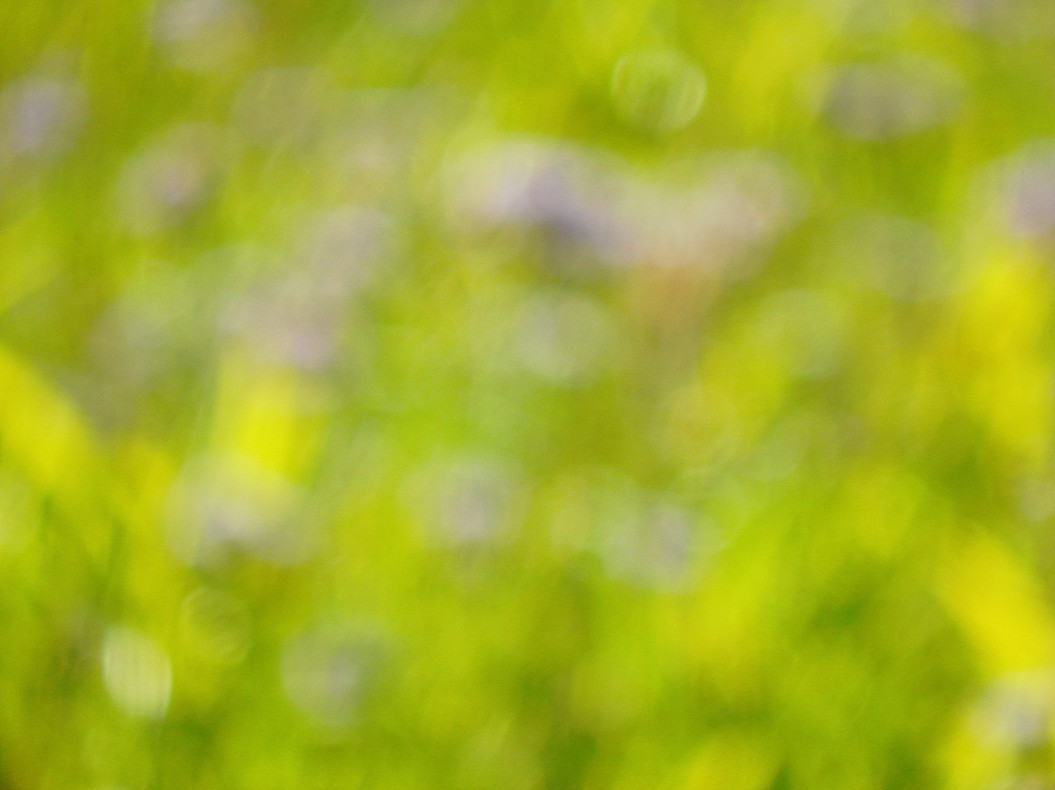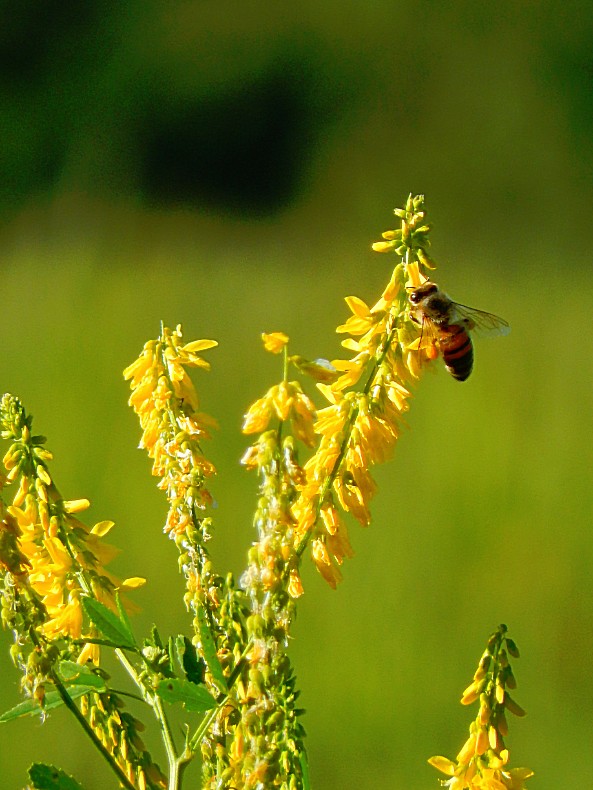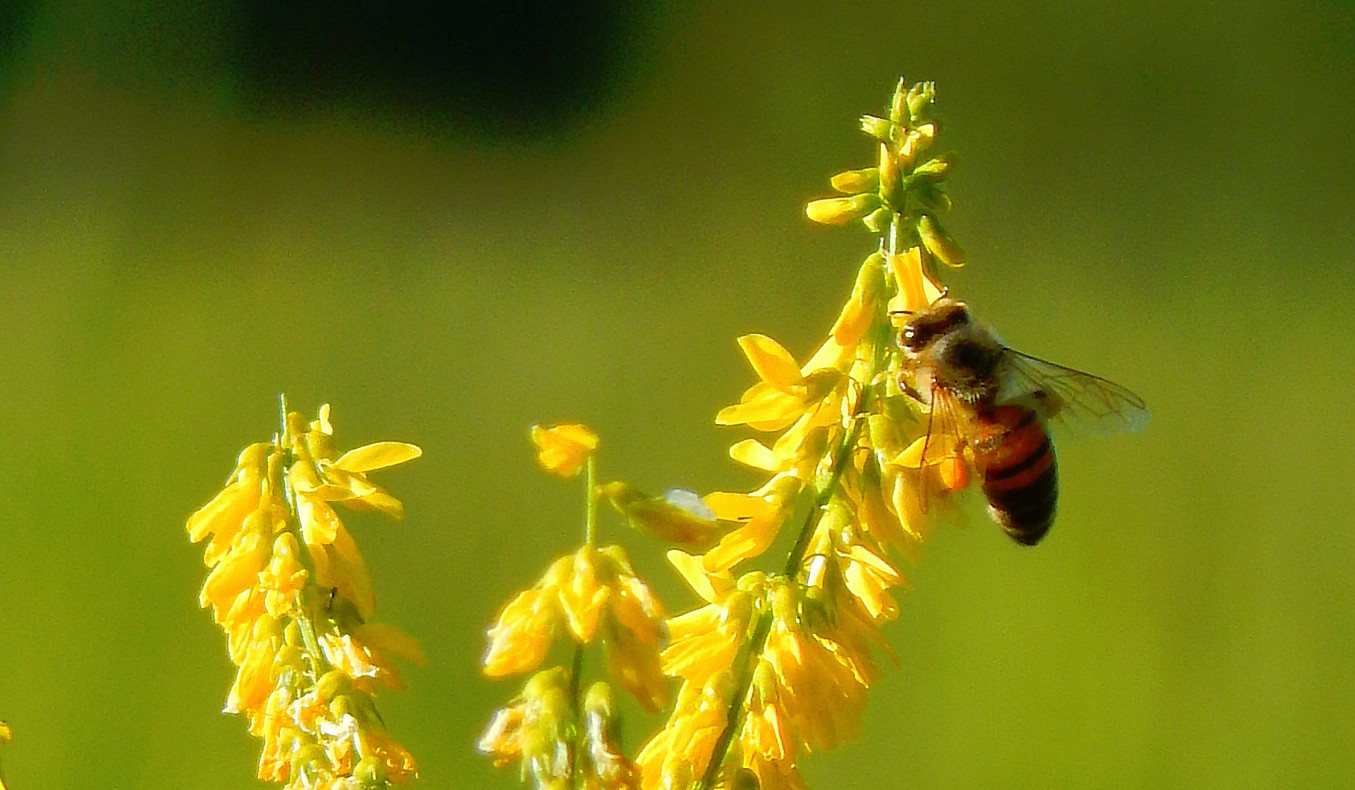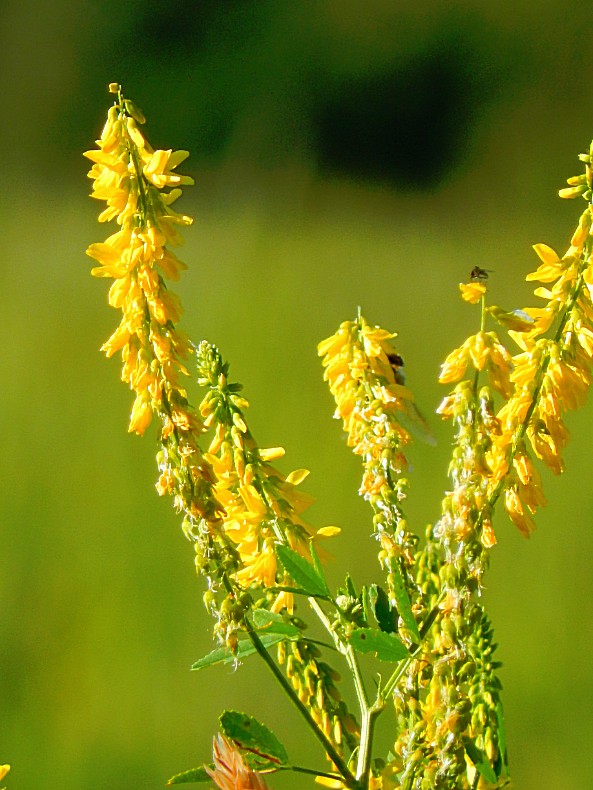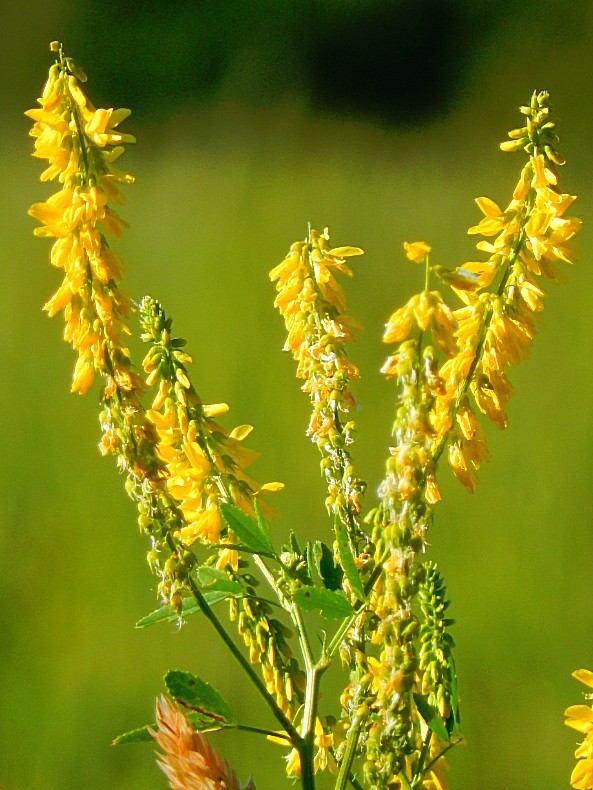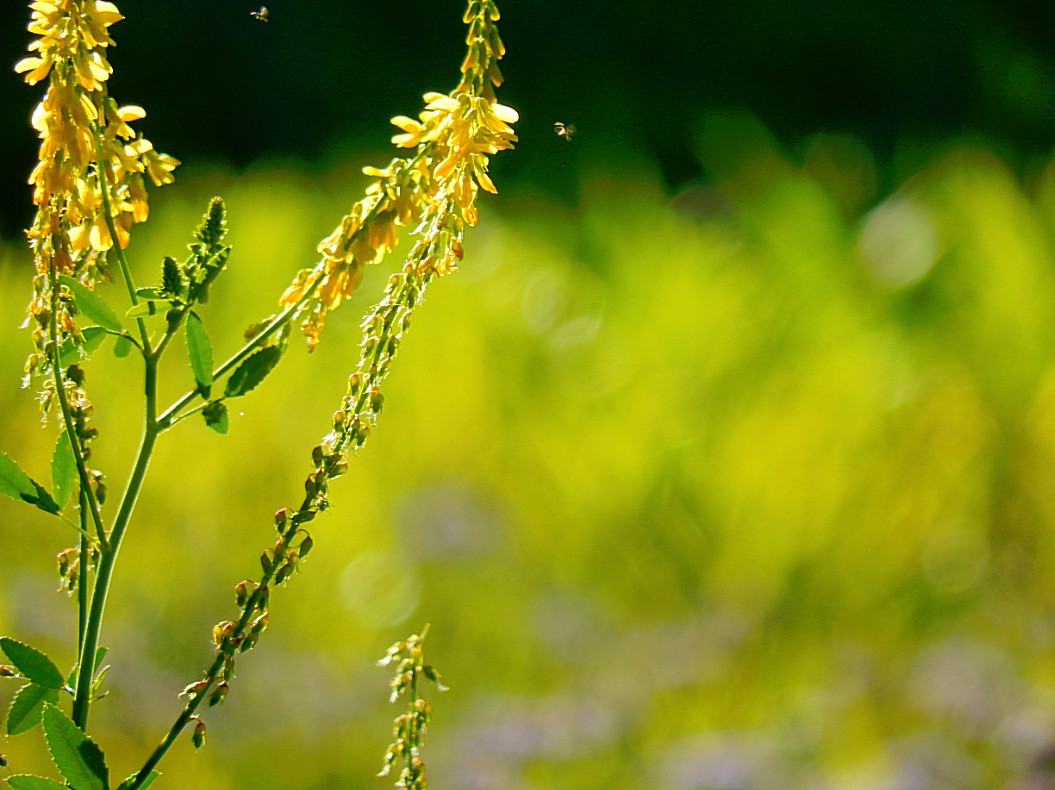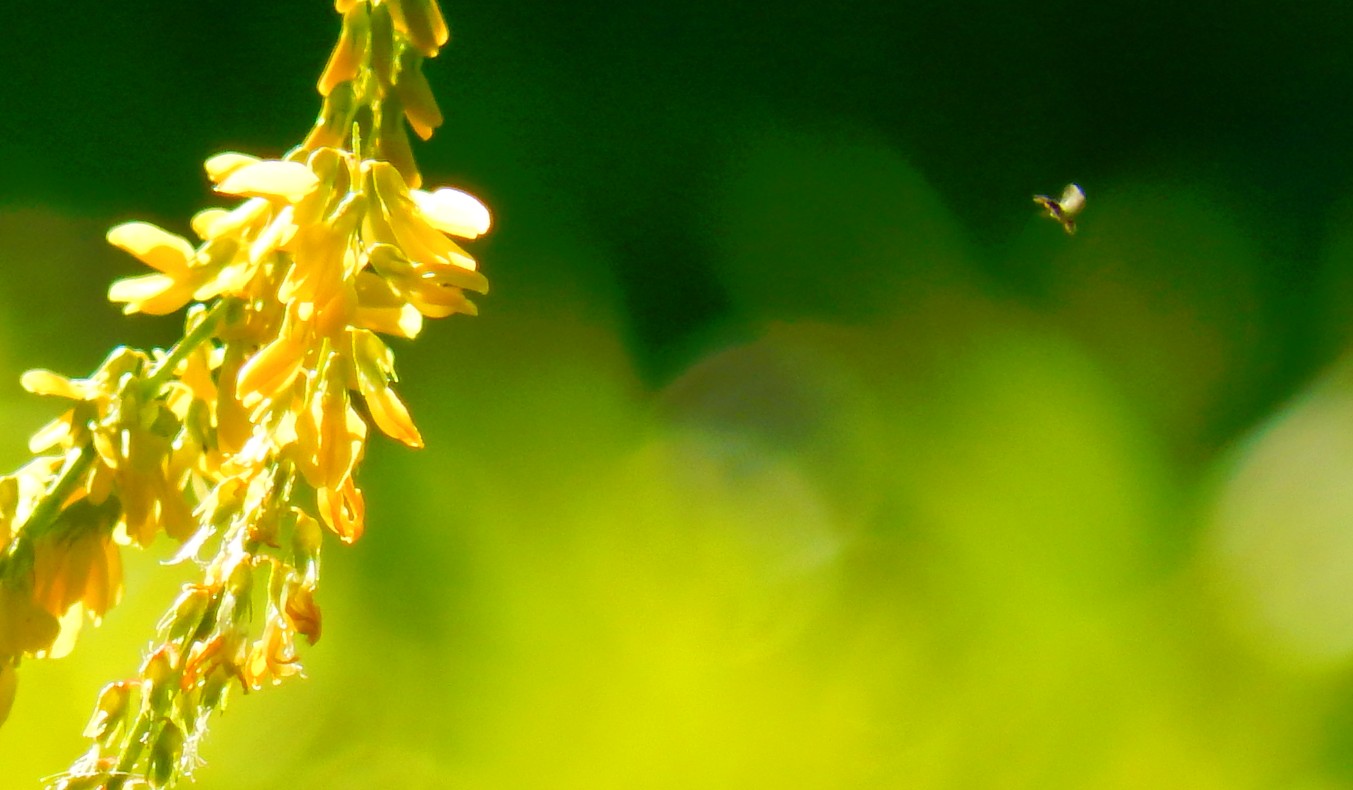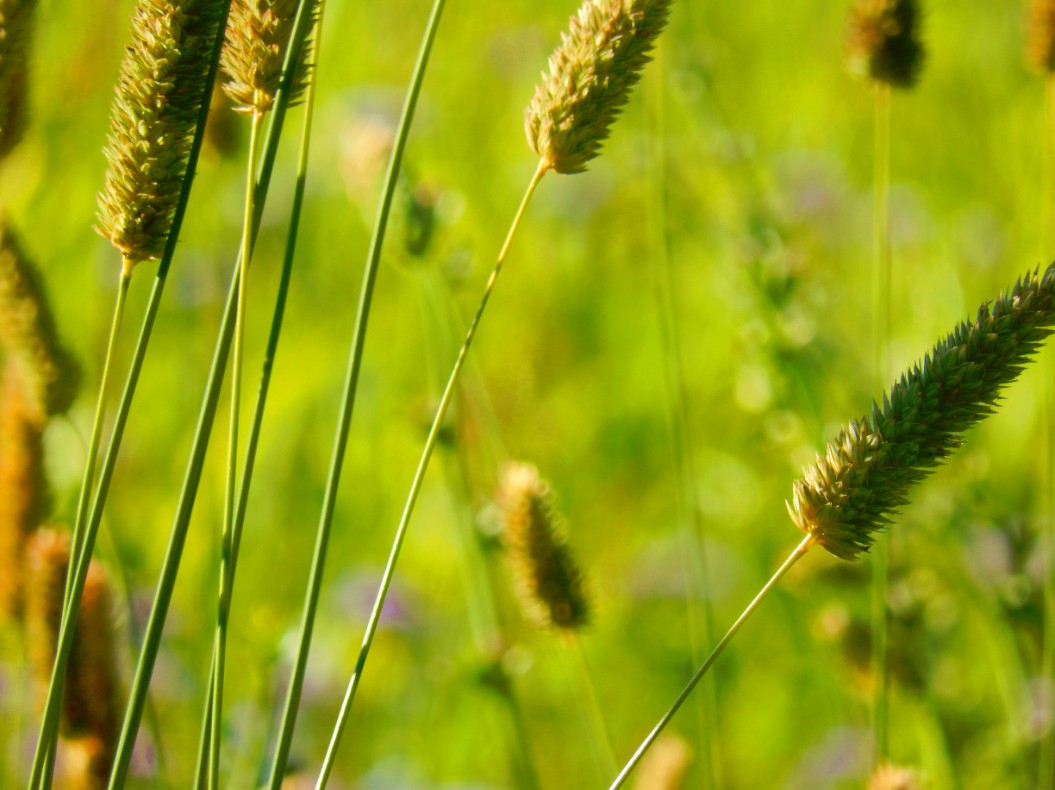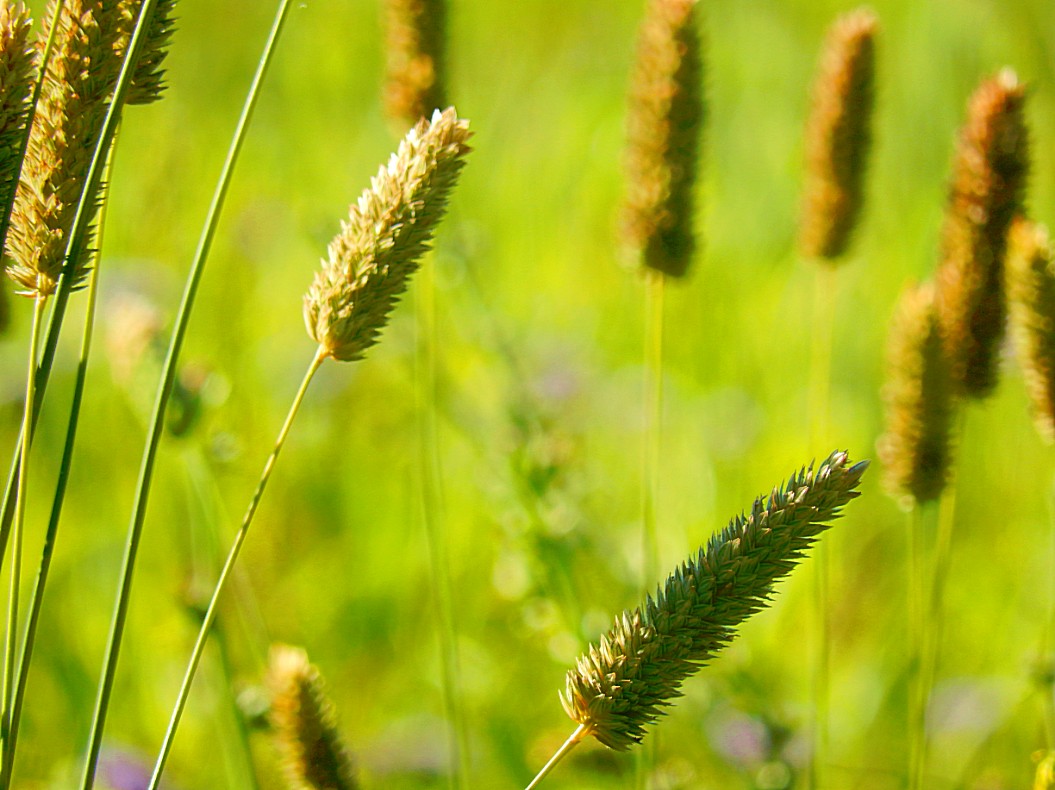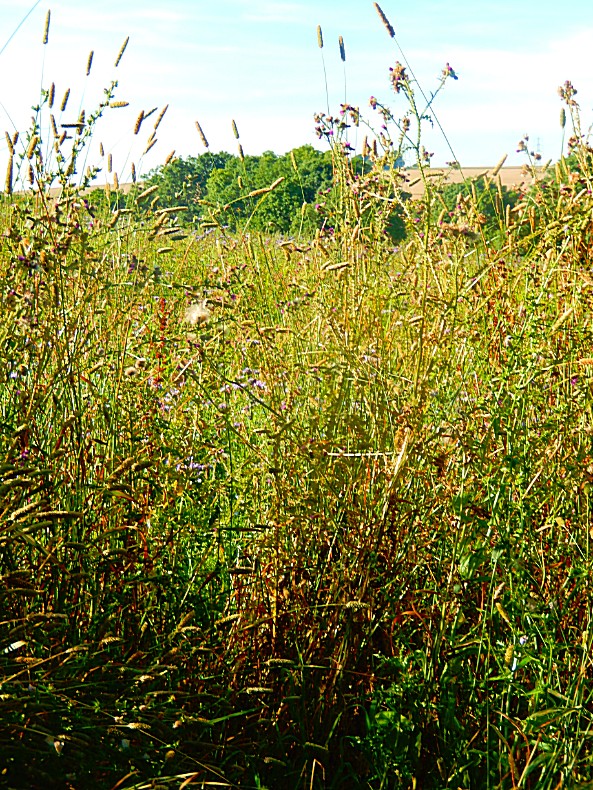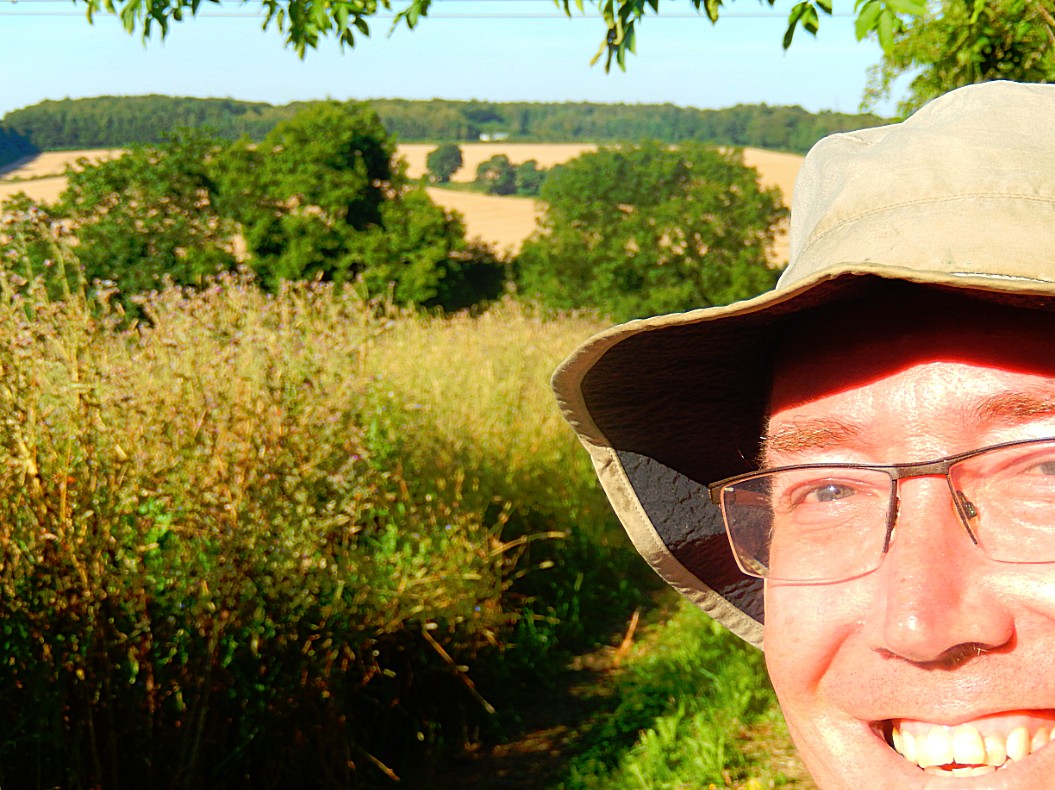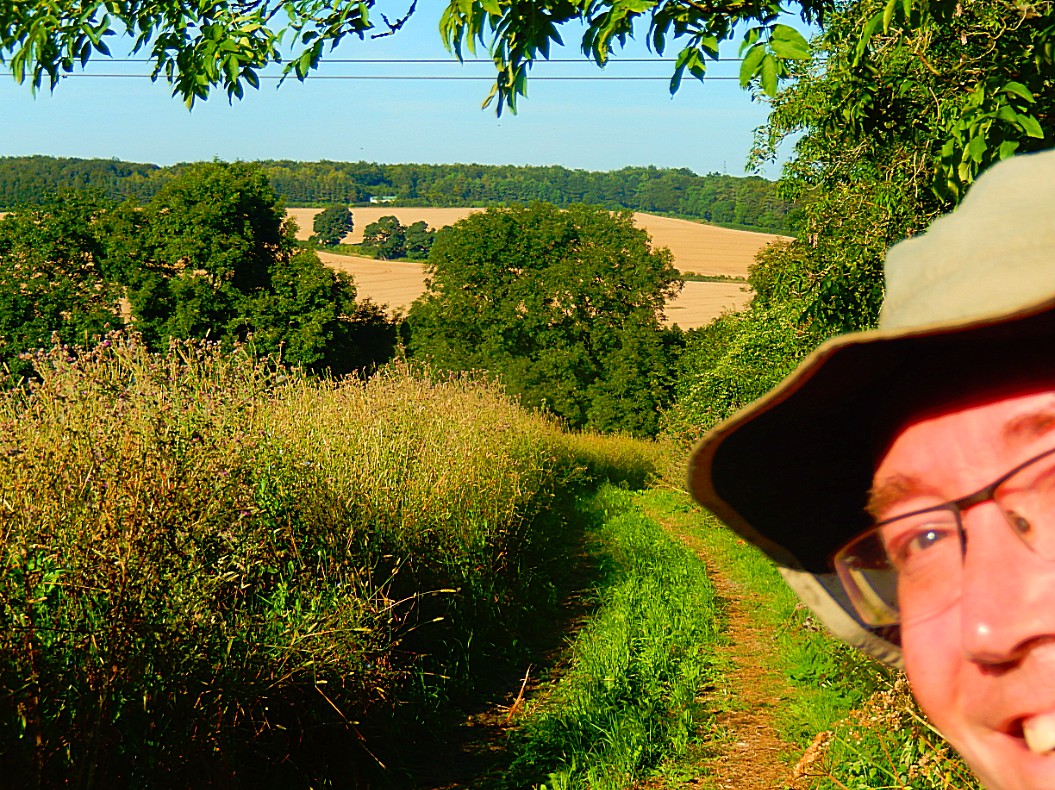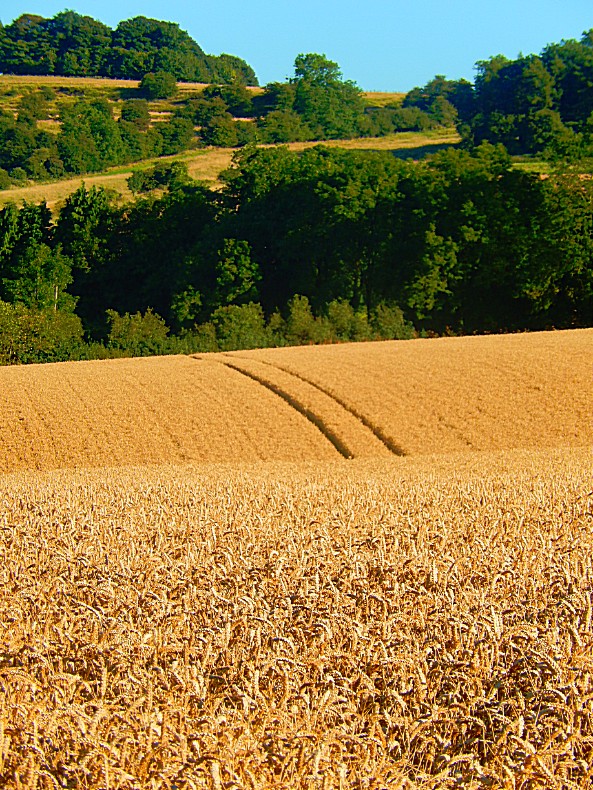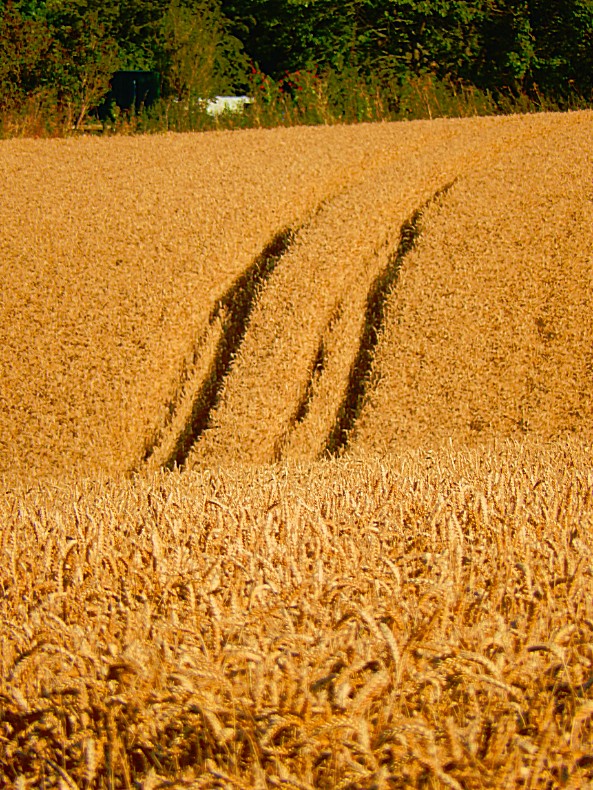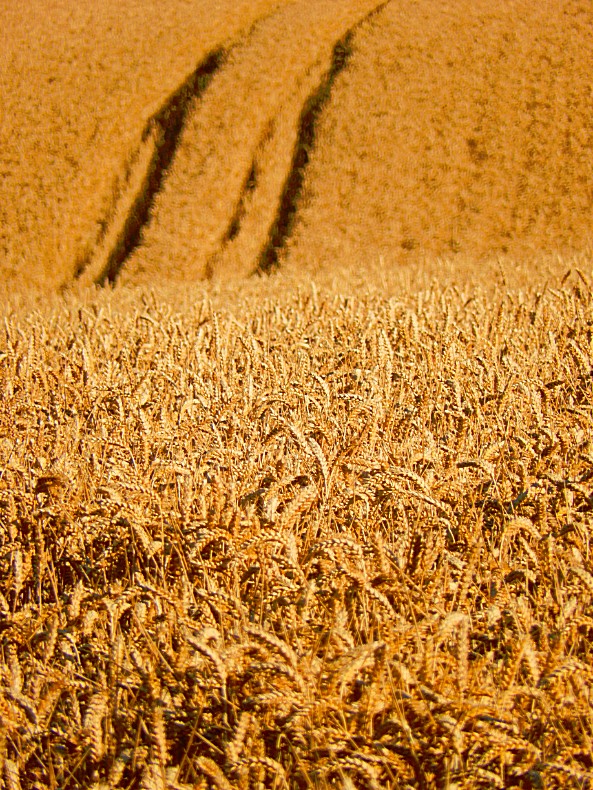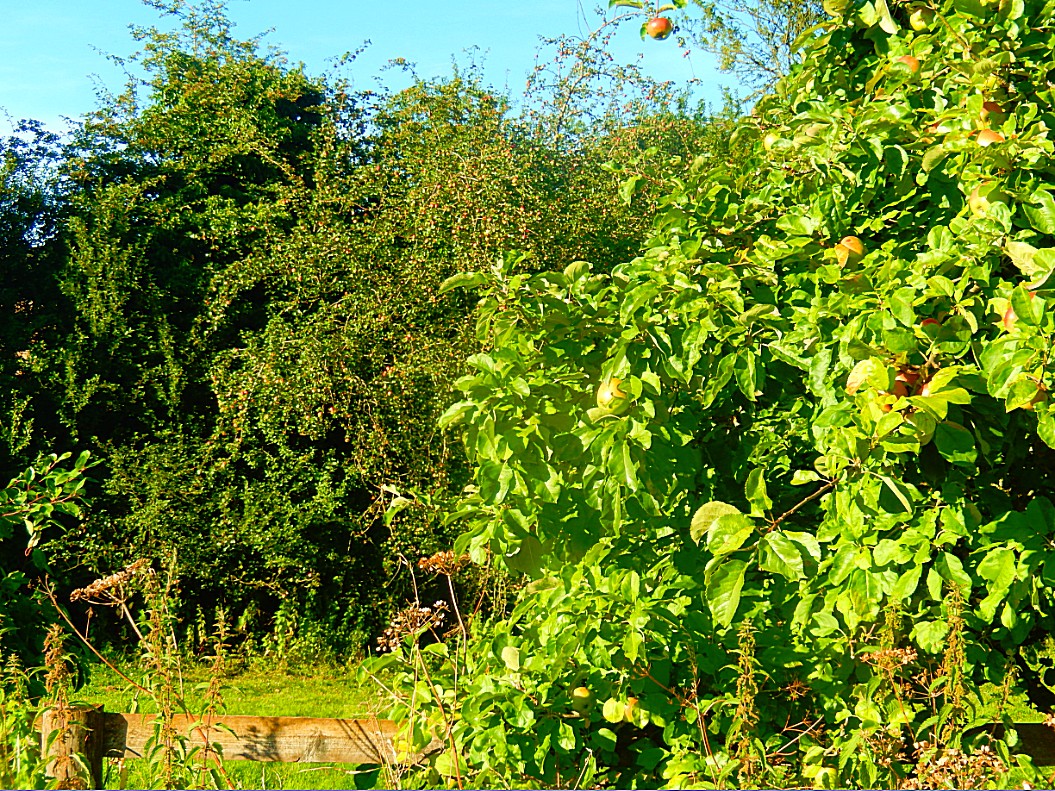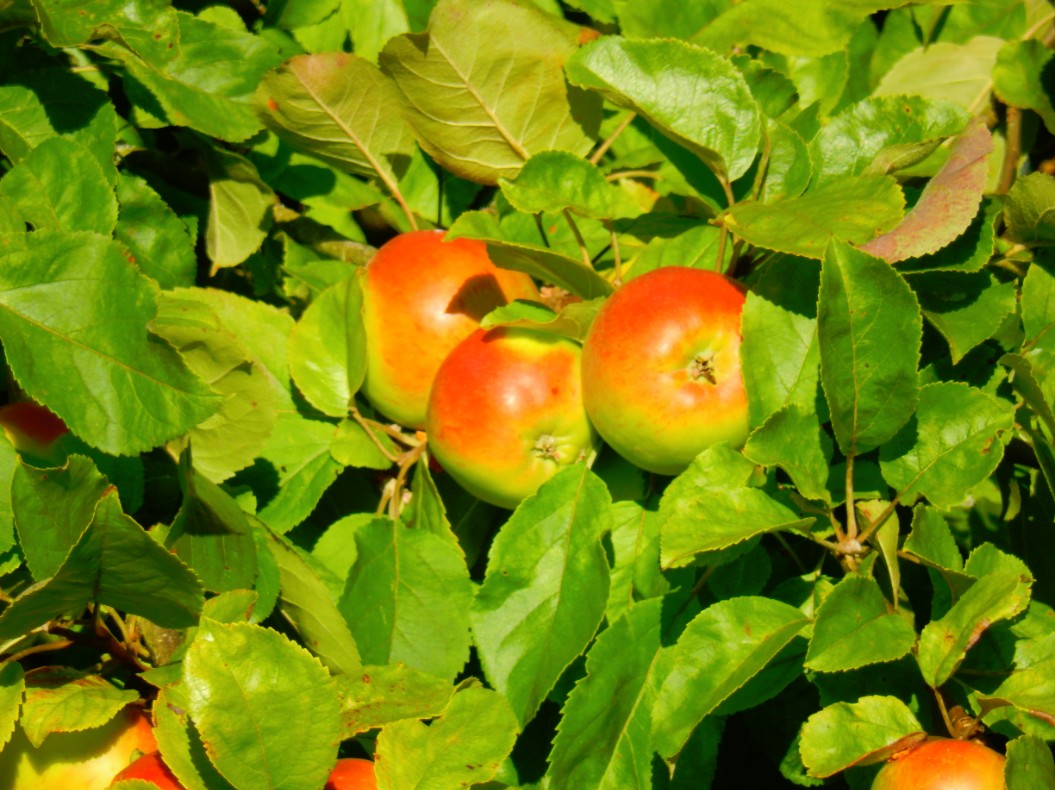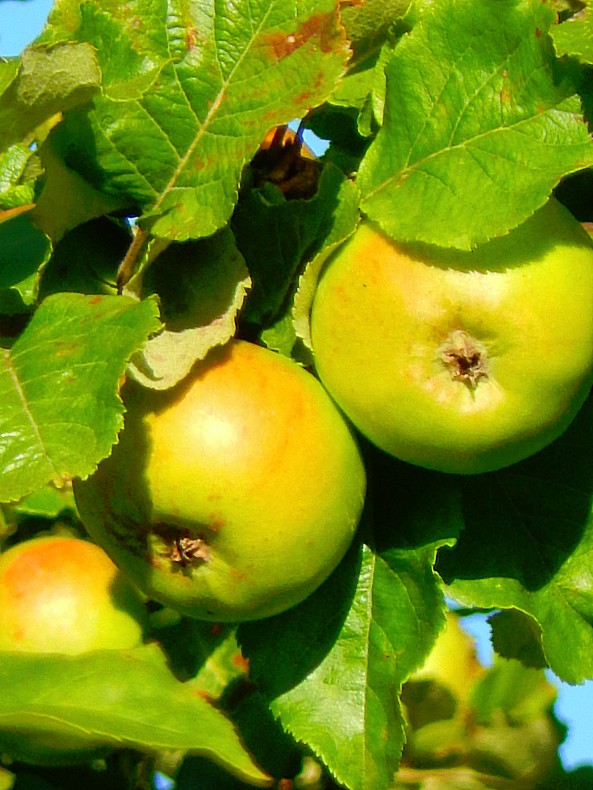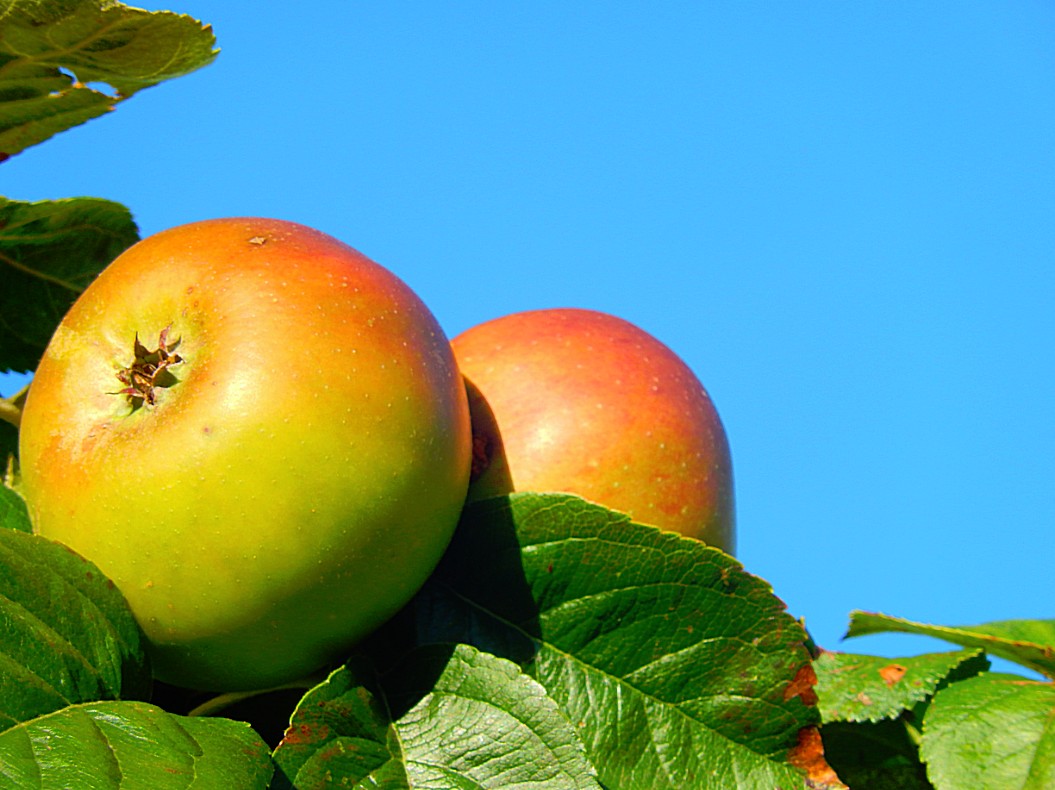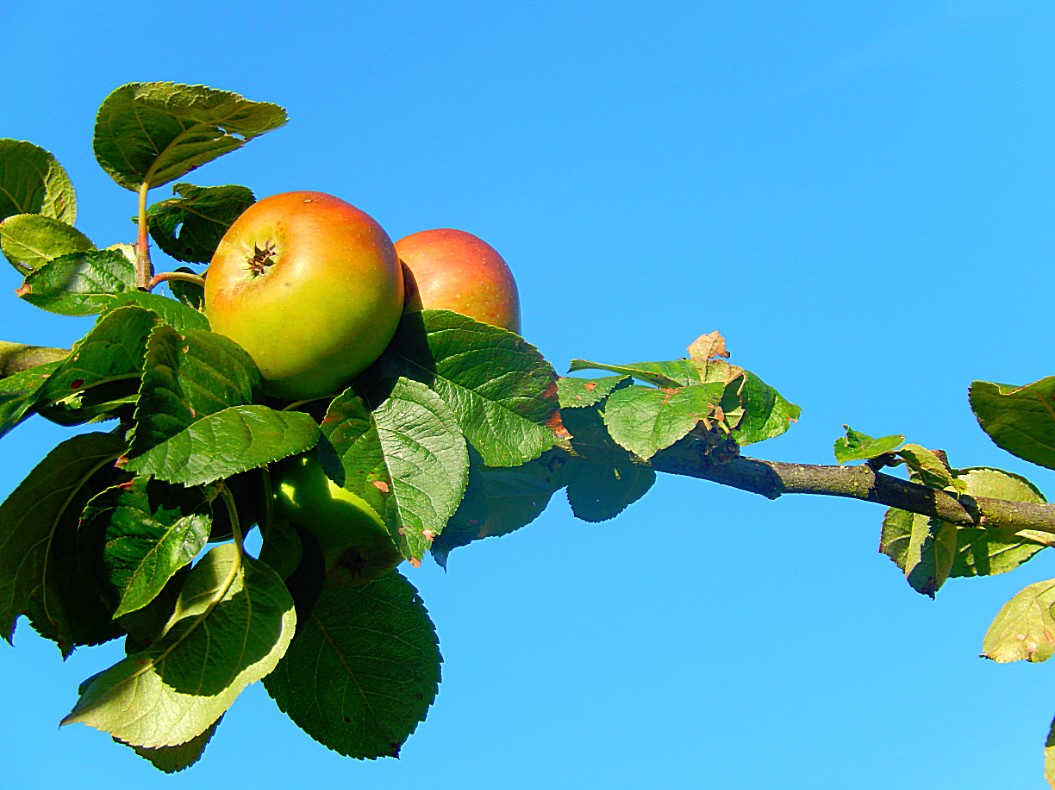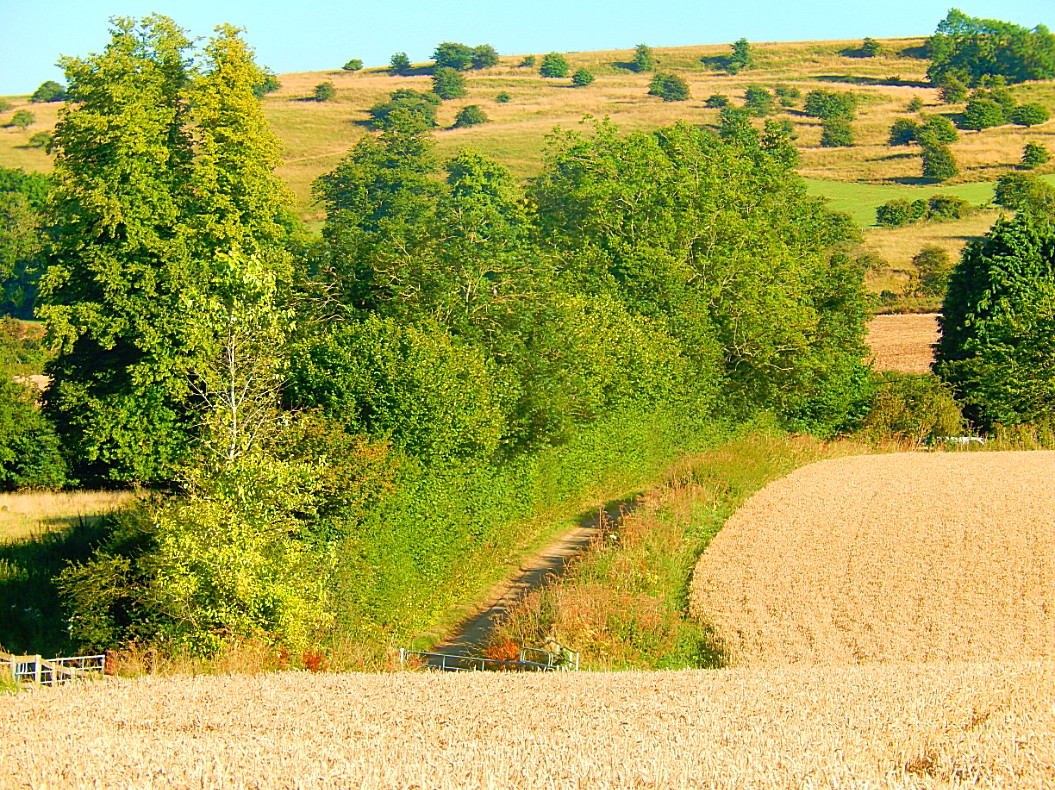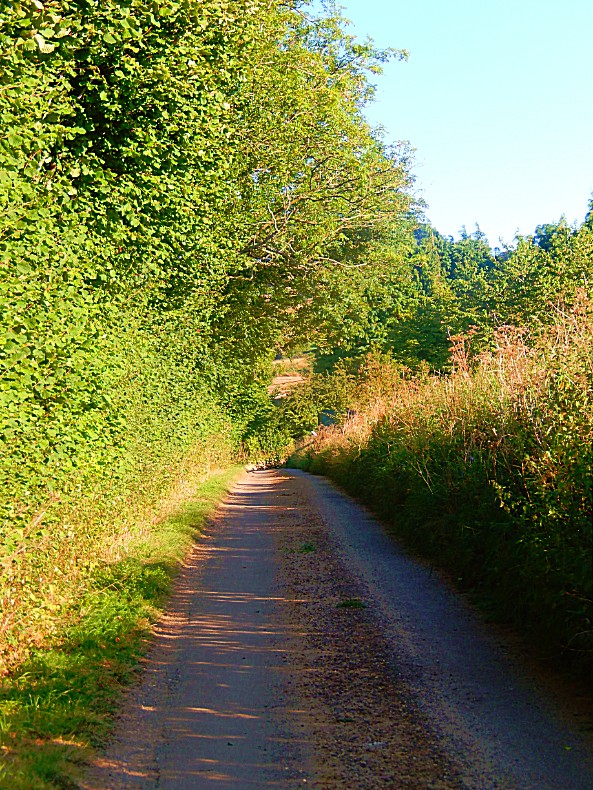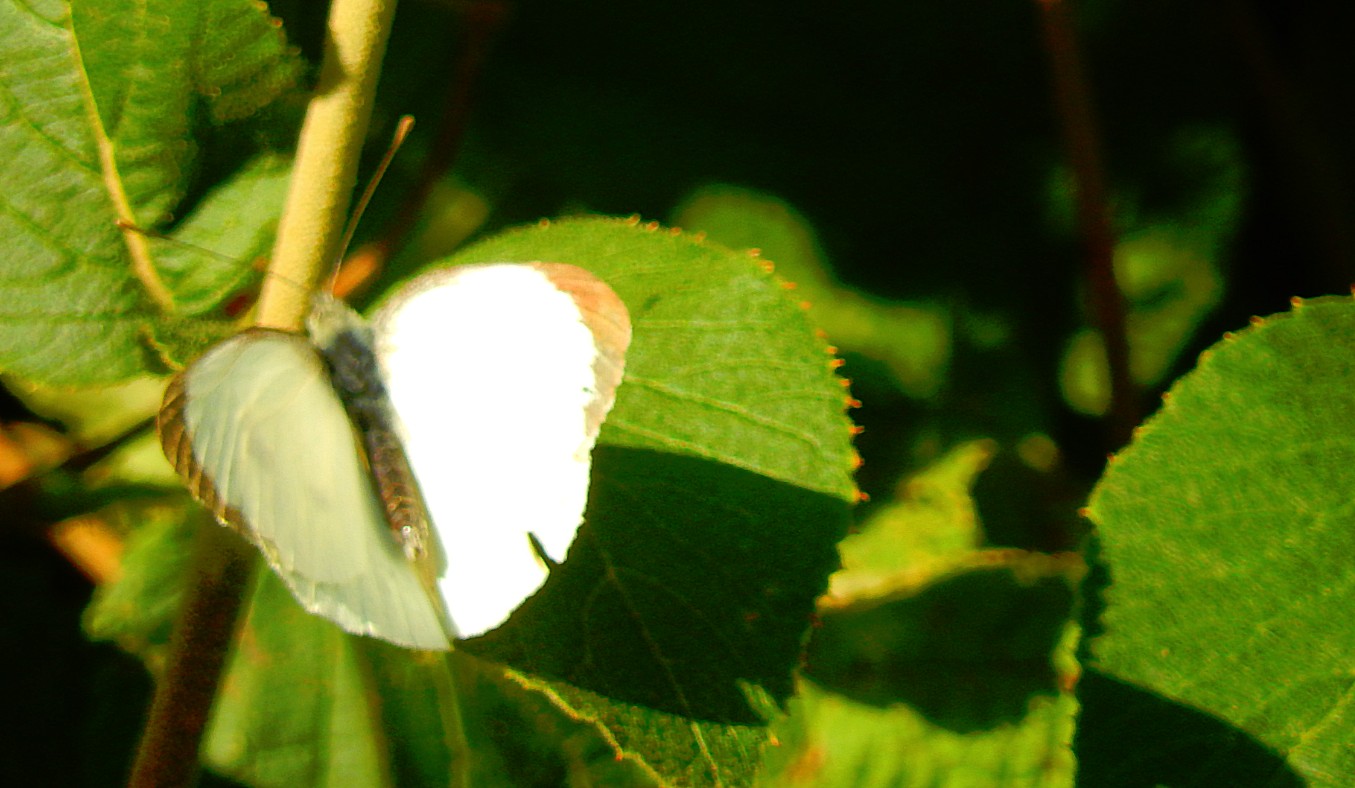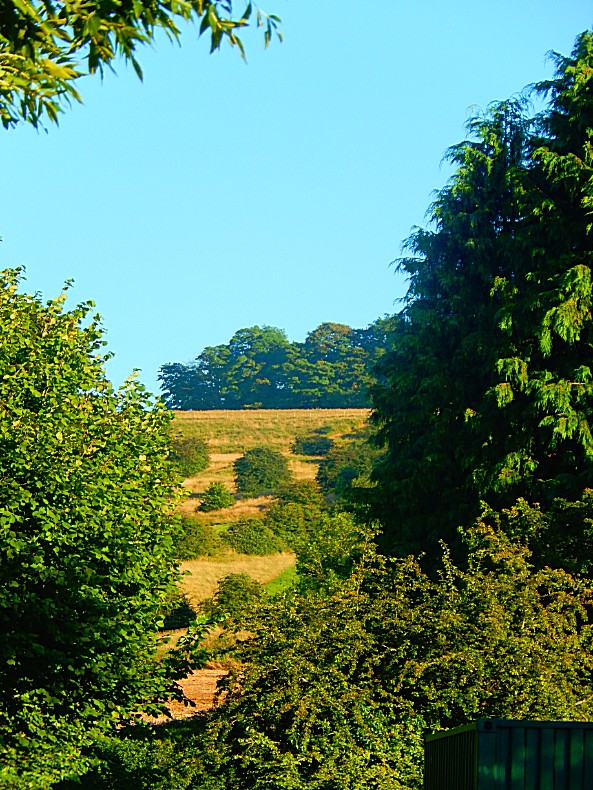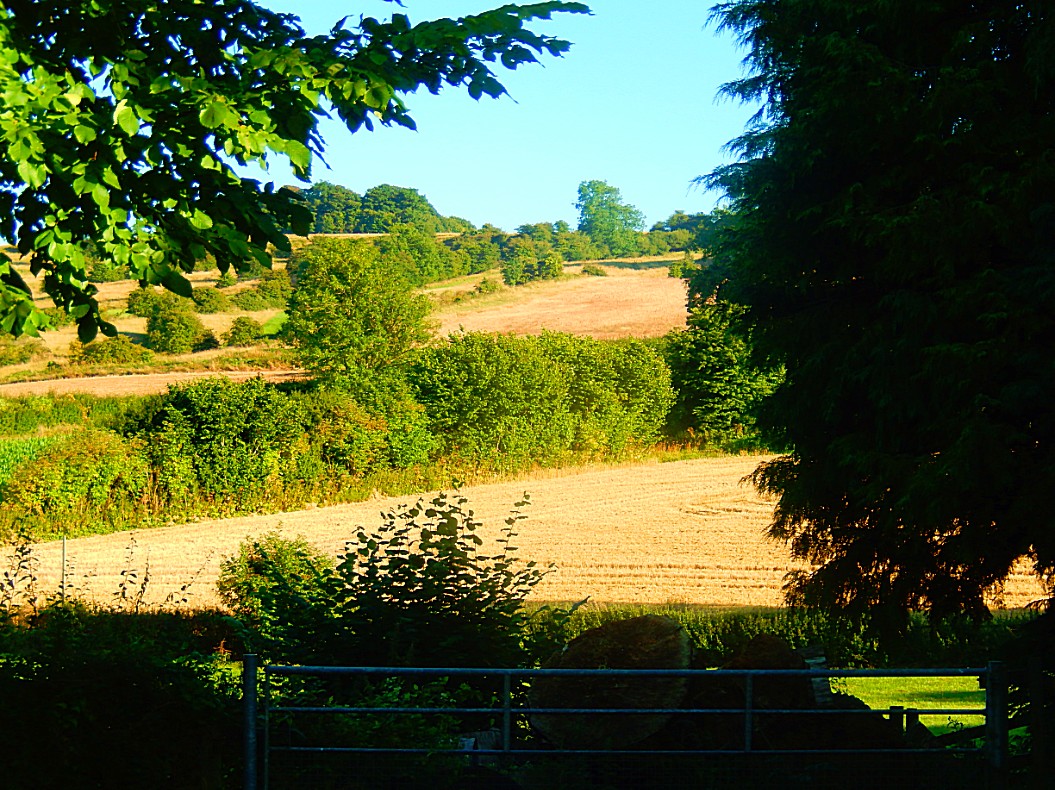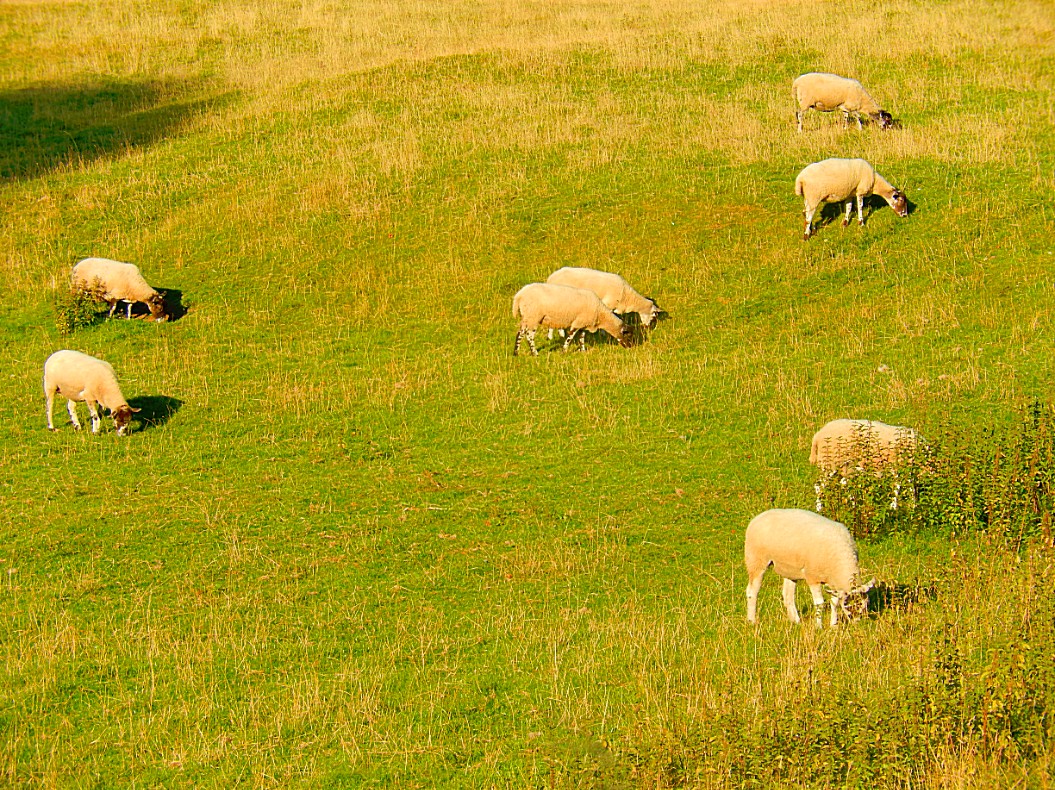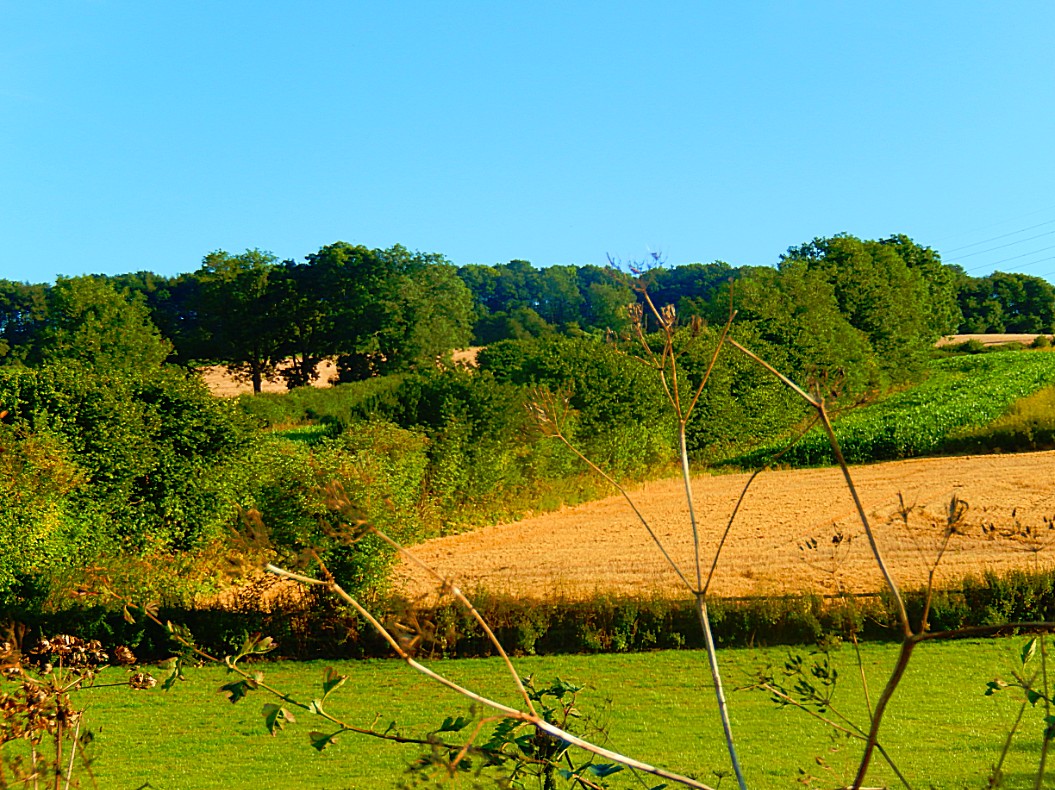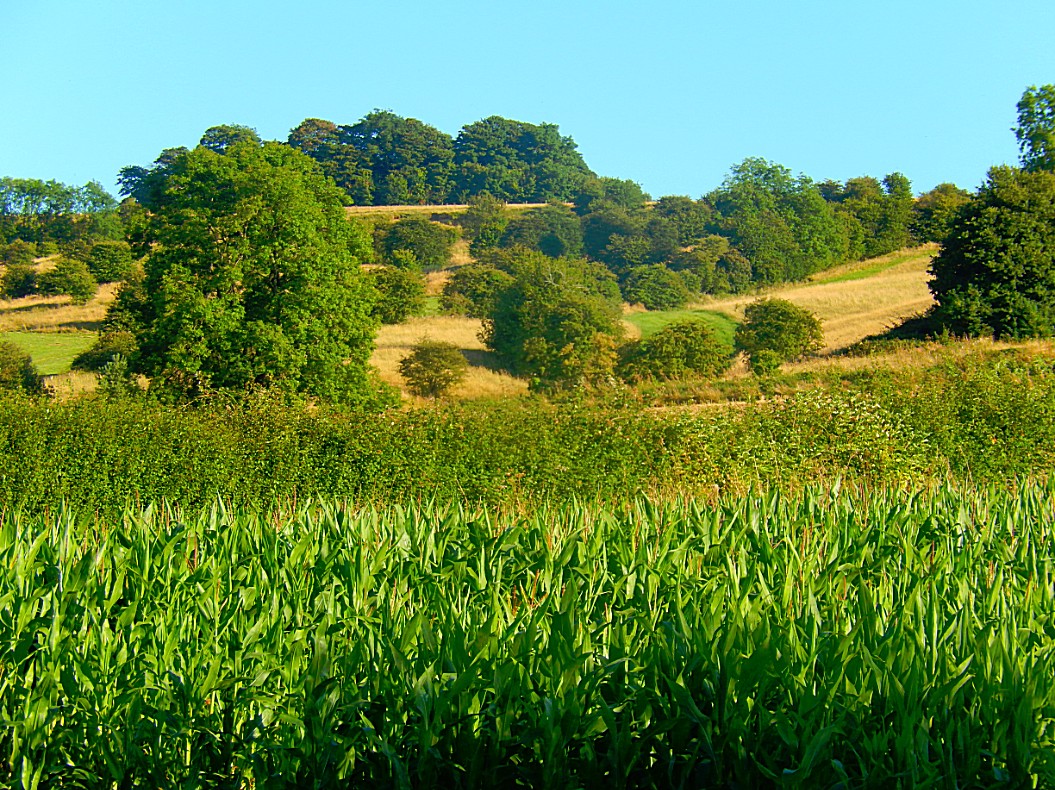England: “The road goes ever on…” – Walk through the Shire – The Cotswolds: Area of Outstanding Natural Beauty (Cotswolds 3) – 2016
The Cotswolds: Area of Outstanding Natural Beauty
The Wandelgek had reached the Cotswolds, probably the area which inspired J.R.R. Tolkien for his description of The Shire in both, The Hobbit and The Lord of the Rings…
The Cotswolds is an area in south central England containing the Cotswold Hills, a range of rolling hills which rise from the meadows of the upper Thames to an escarpment, known as the Cotswold Edge, above the Severn Valley and Evesham Vale. The area is defined by the bedrock of Jurassic limestone that creates a type of grassland habitat rare in the UK and that is quarried for the golden coloured Cotswold stone. It contains unique features derived from the use of this mineral; the predominantly rural landscape contains stone-built villages, historical towns and stately homes and gardens. The population of the District is about 84,000.
The Cotswolds covers 2,038 square km and is the second largest protected landscape in England (second to the Lake District.) Its boundaries are roughly 25 miles (40 km) across and 90 miles (140 km) long, stretching south-west from just south of Stratford-upon-Avon to just south of Bath. It lies across the boundaries of several English counties; mainly Gloucestershire and Oxfordshire, and parts of Wiltshire, Somerset, Worcestershire and Warwickshire. The hills give their name to the Cotswold local-government district in Gloucestershire, which administers a large part of the area. The highest point of the region is Cleeve Hill at 1,083 ft (330 m), just to the north of Cheltenham.
Why I believe The Cotswolds were the main inspiration for Tolkien’s Shire
- Tolkien visited the area a lot while studying and later teaching in nearby Oxford and he loved the area.
- Tolkien is known to have visited specific places/locations in The Cotswolds.
- If you look on the names that are found on a Tolkien map from LotR or The Hobbit or a map of The Cotswolds area, there appears to be a striking similarity in these names, sometimes they’re literally identical and more often there just similar.
- Certain very old names that predominate both, The Hobbit and The Lord of the Rings, can be found in both books, so Tolkien must have known these places before he wrote the books. Moreover I found one place that even in its history bears huge similarities to the same “item” in The Lord of the Rings”, but more of that later.
- One name jumps out. The area is divided between Gloucestershire and Oxfordshire, and parts of Wiltshire, Somerset, Worcestershire and Warwickshire. Need I say more?
- And the of course there is the landscape itself, which could be described as:
“Do you remember The Shire, Mr. Frodo? It’ll be spring soon. And the orchards will be in blossom. And the birds will be nesting in the hazel thicket. And they’ll be sowing the summer barley in the lower fields… and eating the first of the strawberries with cream. Do you remember the taste of strawberries?” (From: The Return of the King, by Peter Jackson)
“”I think, in his heart, Frodo’s still in love with the Shire: the woods, the fields… little rivers.” (From The Fellowship of the Ring”, by Peter Jackson)
Well… the feeling of both quotes and that which was brought forth from the books, is a feeling that I felt overhere. Maybe that is the strongest reason for me to think this is the real Shire 🙂
The Road Goes Ever On
The Wandelgek started early in the afternoon, after arriving and installing at The Green Dragon Inn after a cab ride from Moreton-in-March. The Inn was situated in the tiny community of Cockleford.
The Wandelgek had chosen this location for many reasons. First however was its link to Tolkien, about which I’ll write more in my next blog. Second was its beautiful location in a tiny community amidst the highest part of the Cotswolds hills and third it being a pause site for hikers, long distance walkers and bikers too. There were many walking paths passing this beautiful Inn.
The wandelgek started from The Green Dragon Inn and followed the busy road passing it to the south for a few metres and the turned left on a small nameless country road…
 The sun was blazing, the bees were humming, the birds were whistling and The Wandelgek started to hum cheerfully to the melody of “The Road goes ever on”…
The sun was blazing, the bees were humming, the birds were whistling and The Wandelgek started to hum cheerfully to the melody of “The Road goes ever on”…
“The Road Goes Ever On” is a title that encompasses several walking songs that J. R. R. Tolkien wrote for his Middle-earth legendarium. Within the stories, the original song was composed by Bilbo Baggins and recorded in The Hobbit. Different versions of it also appear in The Lord of the Rings, along with some similar walking songs.
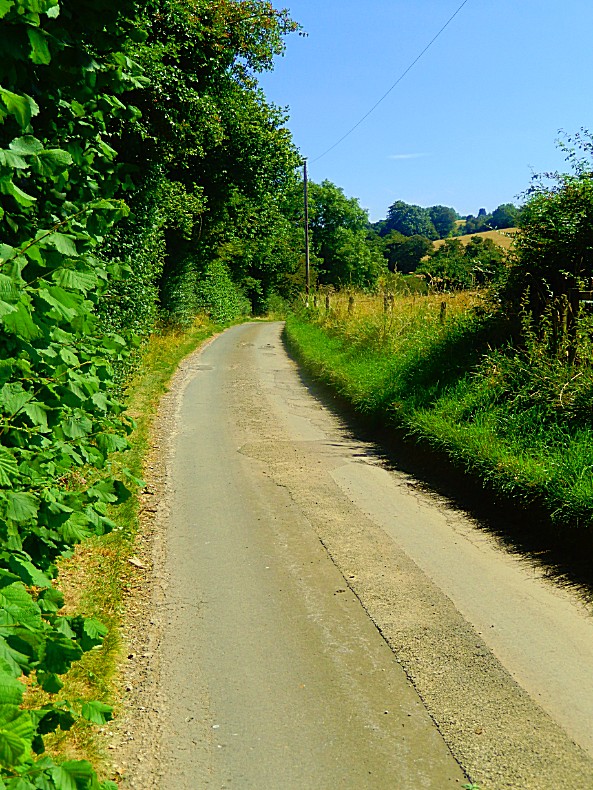 Roads go ever ever on,
Roads go ever ever on,
Over rock and under tree,
By caves where never sun has shone,
By streams that never find the sea;
Over snow by winter sown,
And through the merry flowers of June,
Over grass and over stone,
And under mountains in the moon.
Roads go ever ever on
Under cloud and under star,
Yet feet that wandering have gone
Turn at last to home afar.
Eyes that fire and sword have seen
And horror in the halls of stone
Look at last on meadows green
And trees and hills they long have known.
 The Road goes ever on and on
The Road goes ever on and on
Down from the door where it began.
Now far ahead the Road has gone,
And I must follow, if I can,
Pursuing it with eager feet,
Until it joins some larger way
Where many paths and errands meet.
And whither then? I cannot say.
 The Road goes ever on and on
The Road goes ever on and on
Out from the door where it began.
Now far ahead the Road has gone,
Let others follow it who can!
Let them a journey new begin,
But I at last with weary feet
Will turn towards the lighted inn,
My evening-rest and sleep to meet.
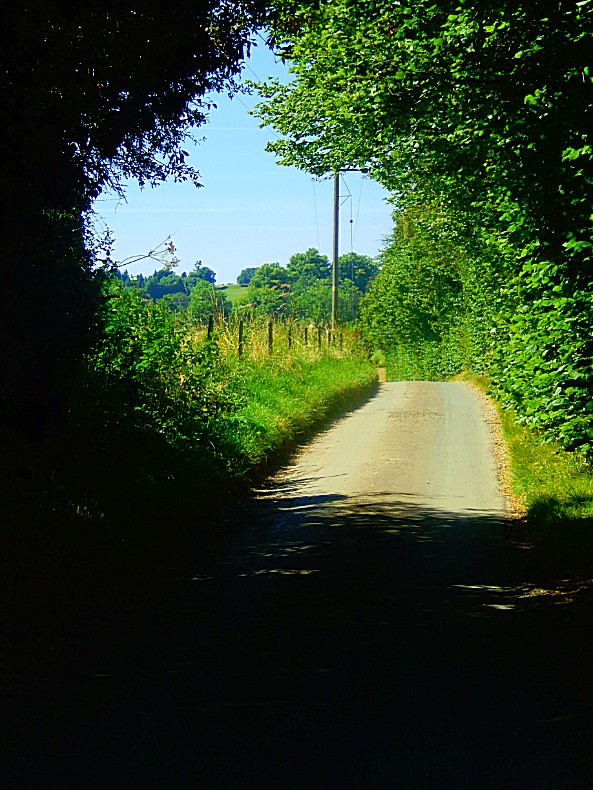 The road was winding its way up and down some hills going south east through the vale of the River Churn…
The road was winding its way up and down some hills going south east through the vale of the River Churn…
 The road passed some farms with rural names like the ones on the shield below, reminding me of the hobbits leaving the Shire in The Lord of the Rings, visiting the farm of Farmor Maggot…
The road passed some farms with rural names like the ones on the shield below, reminding me of the hobbits leaving the Shire in The Lord of the Rings, visiting the farm of Farmor Maggot…
 And so I walked on passed grassy fields where pnies and sheep stood grazing…
And so I walked on passed grassy fields where pnies and sheep stood grazing…

 The road sign had said it was not a through road so I expected it to turn into a dirt road very soon…
The road sign had said it was not a through road so I expected it to turn into a dirt road very soon…
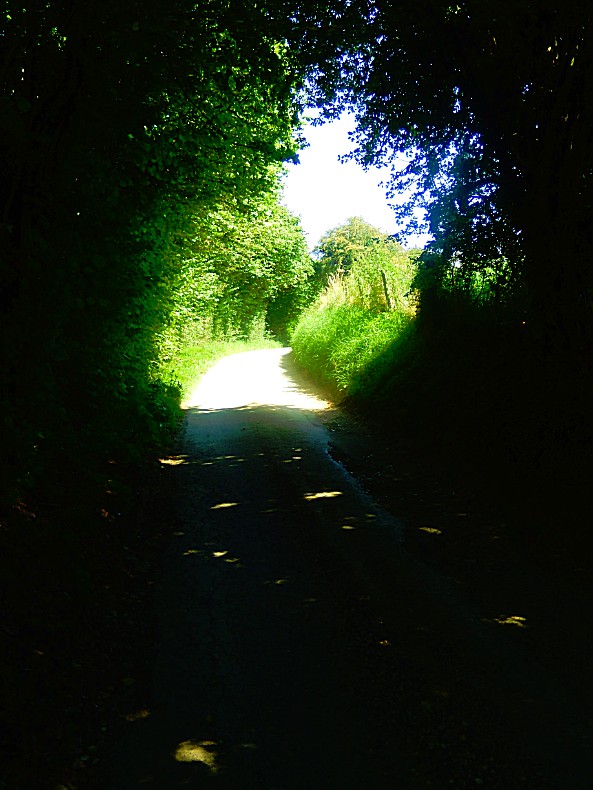
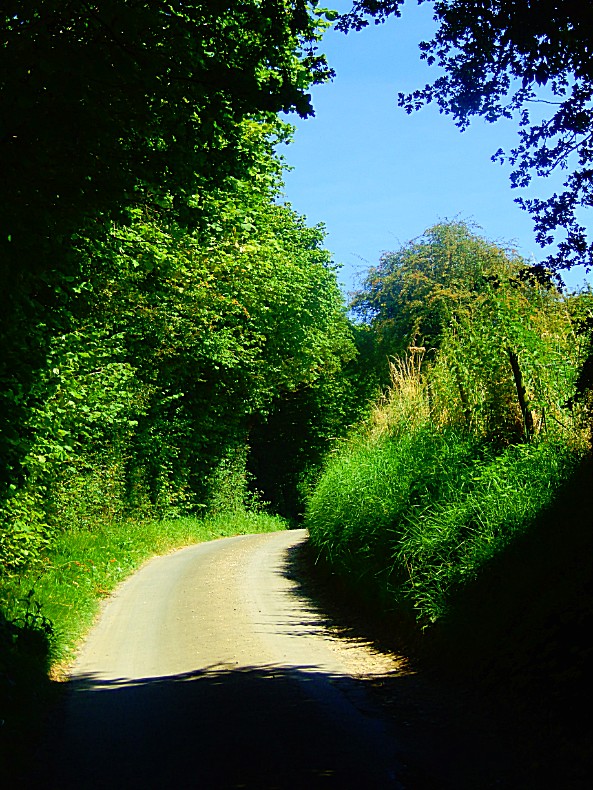 There was a Public foothpath diverting from the road but I kept following the road…
There was a Public foothpath diverting from the road but I kept following the road…
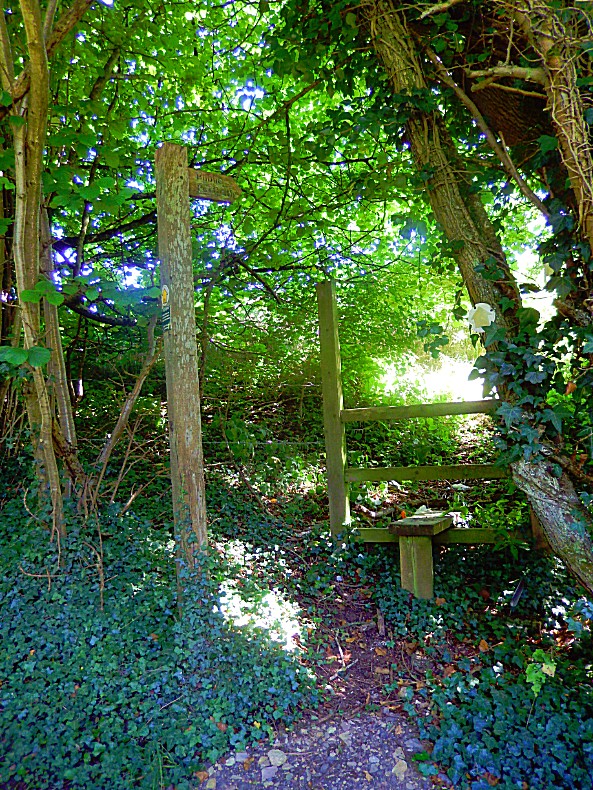 …and the it suddenly stopped being a road and turned into a dirt “road” or better a pathway…
…and the it suddenly stopped being a road and turned into a dirt “road” or better a pathway…
…which I kept following…
…whenever I’m walking long distance paths in The Netherlands, which is my home country and is also a small and in parts very populated country, I always notice how much the land is regulated/divided into land with a specific, designated purpose or task. Agricultural, recreation, habitation, “nature”, industry, etcetera. But because The Netherlands are very populated, there is not much room for variation or “useless”, non controlled space. In England this is very, very different. And specially in rural areas, this difference becomes noticeable…
Ofcourse the English space is also divided into specific designated areas, but its borders are much less strict, meaning that agricultural areas are bordered by broad borders full of wildflowers, and hedgerows in stead of barbedwire fences or tarred roads. Because of this, you’ll get a wholly different experience when walking through rural England and certainly through a protected area like The Cotswolds, then iwhen walking through The Netherlands… In England I saw amounts of wildflowers that I could only dream about when walking through The Netherlands…
…and because of this there were dozens of insects from busy, buzzing bees and bumblebees to beautiful butterflies happily jumping from one flower to another…
And the fields full of yellow barley looked as healthy as possible…
I’d love to eat bread baked from these…
On the borders of the barley fields, but also between the barley, were lots of wildflowers. There was no absolute border between both areas but a fuzzy one…
…and the there were these huge broad hedgerows, booming with life, like this little pheasant, flying away into the protection of the hedgerow when I approached (see in the picture below a little left of the bottom centre) …
…did you see it? I was sooooo lucky making this shot :-)))
The path moved away a bit from rthe River Churn which was winding its way through the valey down below…
Is this Shire country or is this Shire country???
…or is this Shire country???
Where the dirt path was near to a huge farm house, there was an unmarked path going uphill. That’s what I had been hoping for. I wanted to enjoy the view from the top of the Windy Ridge…
… and that view was really rewarding…
…far away I saw the beautiful farmhouse…
And then I arrived at a crossing of dirt roads and when rounding the curve to the right, I saw a flock of pheasants and stopped immediately to not startle them…
…but they were quite far away…
I tried to get better close up pictures by stretching the reach of the lens on my Nikon Coolpix camera (I didn’t bring the Canon 550D digital camera with telelens because I didn’t expect to photograph a lot of wildlife and when walking, a small leightweight camera like the Nikon Coolpix with great performance, is a better choice…
… I tried sitting down at a specific spot and keeping very still, not moving unless necessary because a bumblebee started to walk on my nose…
…and it actually worked quite well…
… the pheasants started to trust me or more believable, forget about me and the got very close to me and my camra…
… I started to walk again and noticed the different feather patterns of probably different types of pheasants…
Then I startled one of the pheasants by getting one step to close and they all swept into the barley fields…
I started to photograph wildflowers again…
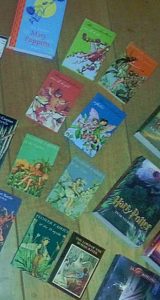 This reminded me of another classic children’s book series, which I utterly enjoyed reading When we were very young…;-) No it’s not about Pooh bear or Christopher Robin, but about the Flower Fairies, a beautiful series of small rhymes or poems, written by and illustrated by Cicely M. Barker.
This reminded me of another classic children’s book series, which I utterly enjoyed reading When we were very young…;-) No it’s not about Pooh bear or Christopher Robin, but about the Flower Fairies, a beautiful series of small rhymes or poems, written by and illustrated by Cicely M. Barker.
I started to understand after my beautiful walks through London city parks, along the River Thames and now in the Cotswolds Hills, why so many great classic children’s books were always referring to escapism as a run into the rural country…
… after a short walk I noticed pheasants again and the previous ritual of sitting very quiet against a tree bark repeated itself…
The results in photographs were quite amazing…
…and the I found the reason why there were so many pheasants in this area…
…they were specially fed through the blue cannisters…
 The Pheasant
The Pheasant
Pheasants are birds of several genera within the subfamily Phasianinae, of the family Phasianidae in the order Galliformes. The family’s native range is restricted to Asia.
Pheasants are characterised by strong sexual dimorphism, males being highly decorated with bright colors and adornments such as wattles. Males are usually larger than females and have longer tails. Males play no part in rearing the young. Pheasants typically eat seeds and some insects.
The best-known is the common pheasant, which is widespread throughout the world, in introduced feral populations and in farm operations. Various other pheasant species are popular in aviaries, such as the golden pheasant (Chrysolophus pictus).
And yes there are many, many, many types of pheasant…
And the a small wonder happened. After getting very near, I photographed the pheasant below using macro photography capabilities and it rendered a very beautiful picture…
… but then it happend and I still had the focus and my finger on the trigger. Another pheasant passed in the background and I was able to get the next two pictures which are my favorites in this pheasant series :-)))
… the the moment had passed…
… I still photographed some last shots of these pheasants, but I knew that I would not be able to surpass what I had just created…
I decided to walk on…
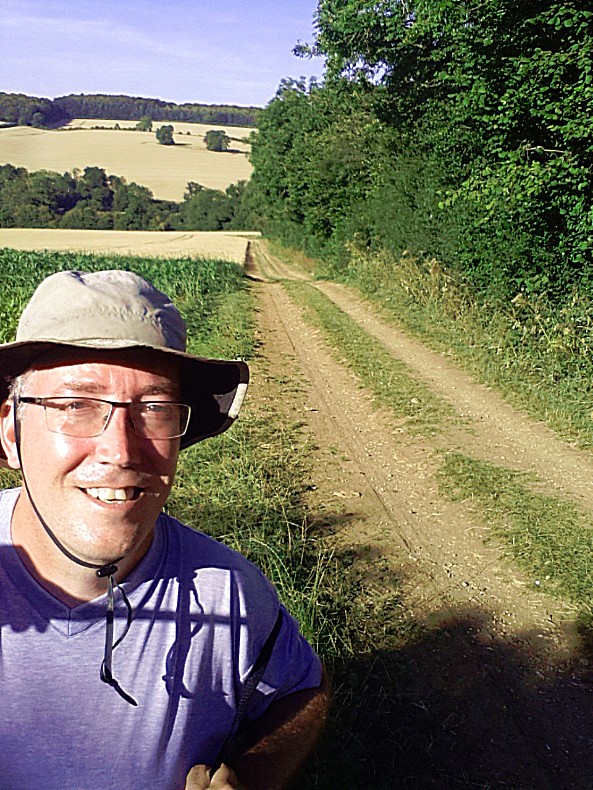 I walked on the hedge of a large Corn field and the occasional panoramas seen through the hedgerow were magnificent…
I walked on the hedge of a large Corn field and the occasional panoramas seen through the hedgerow were magnificent…
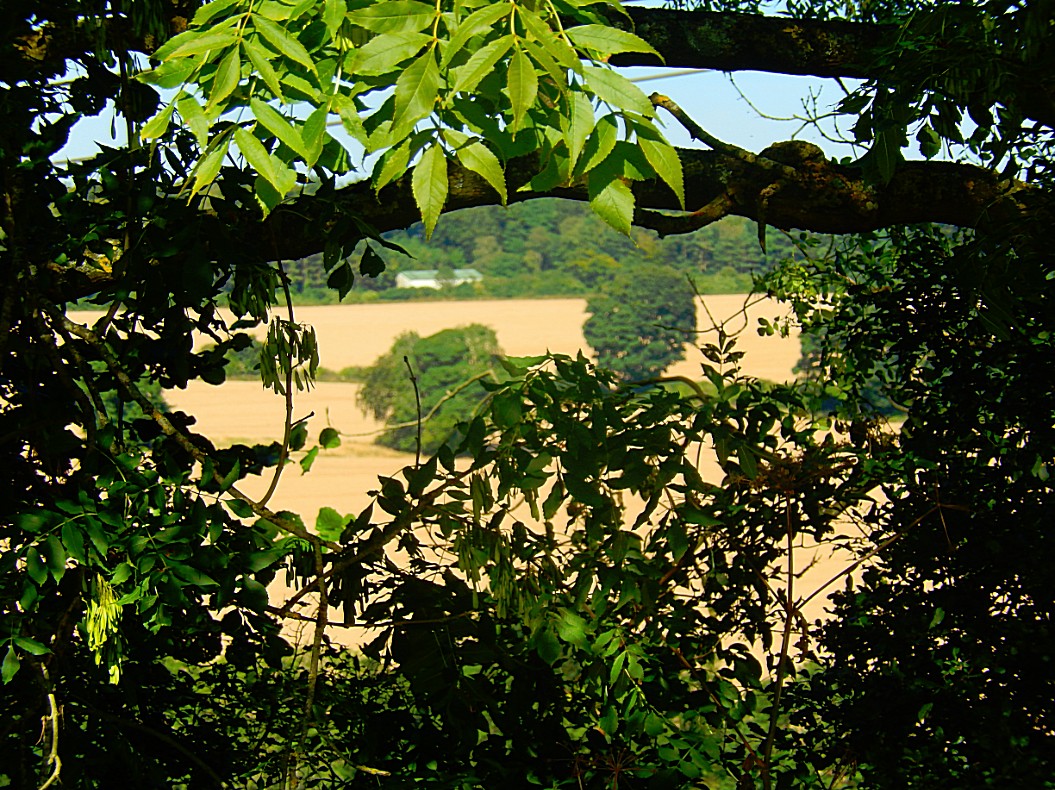
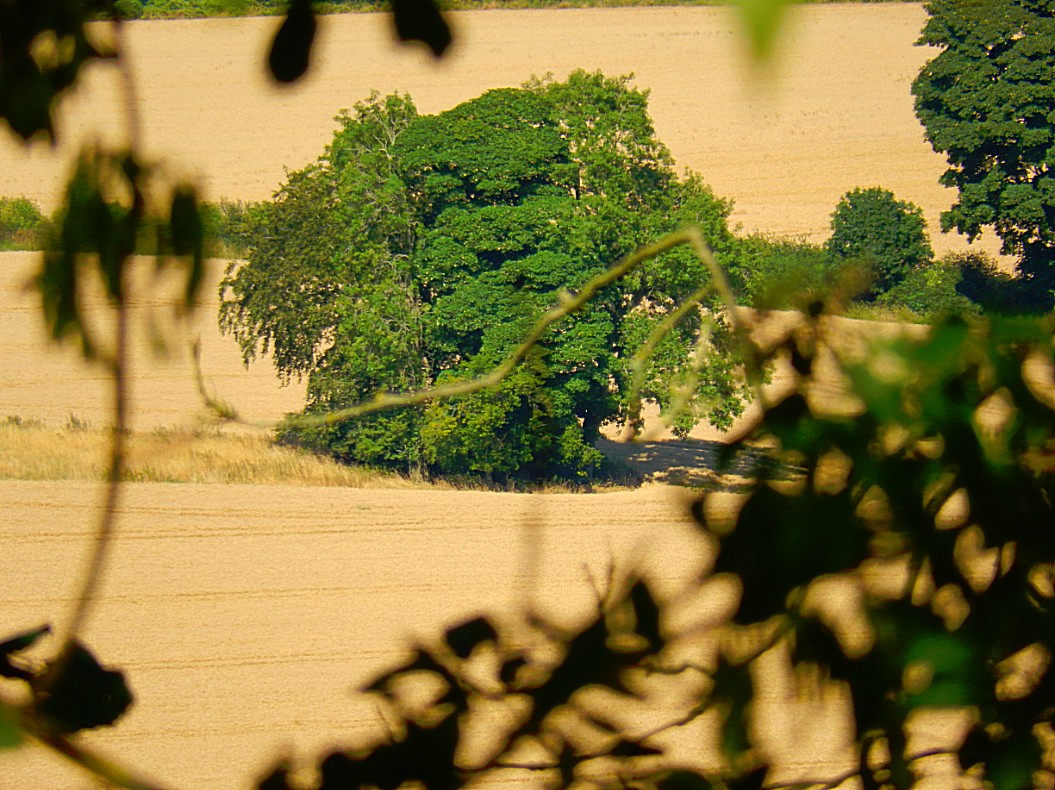 And then again I met another flock of pheasants and … what the heck, I started photographing… again…
And then again I met another flock of pheasants and … what the heck, I started photographing… again…
The corn plants were growing fine but there was no sign of the corn yet, this early…
…and more pheasants…
The Wandelgek had now almost reached the top of Windy Ridge…
Everywhere in the grass were wildflowers…
On top of the hill I started to walk east again and then through a hedgerow and following it east…
In the meadows north of the hedgerow were happy sheep grazing…



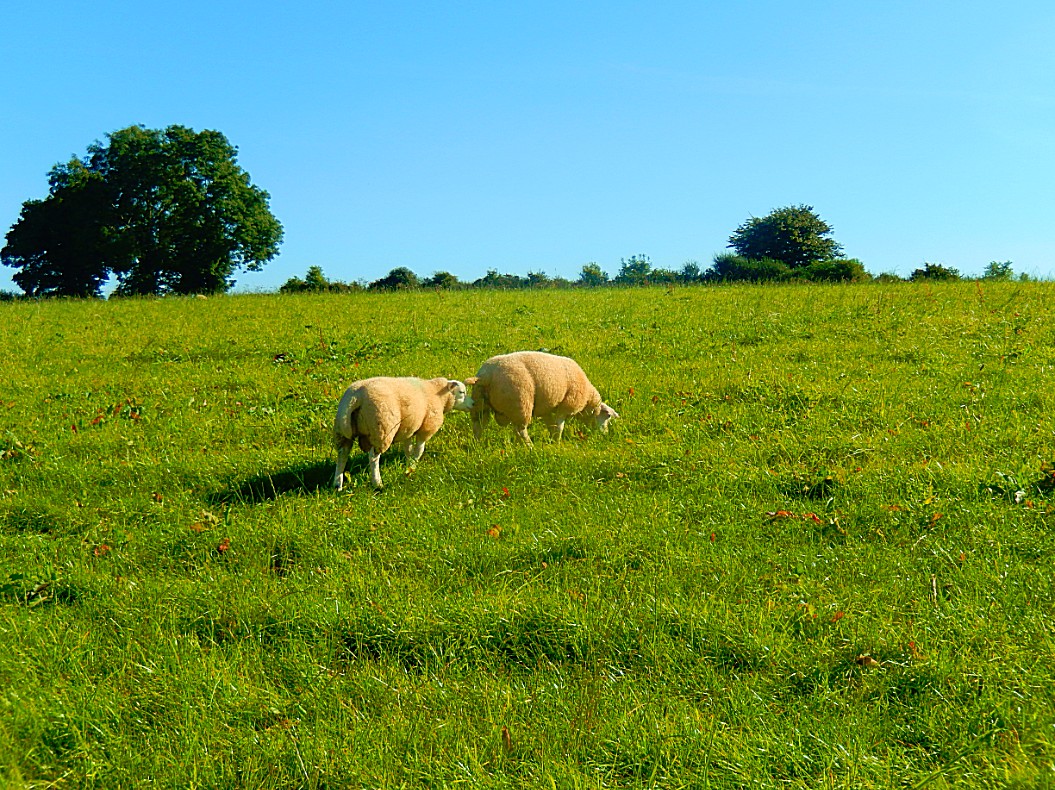

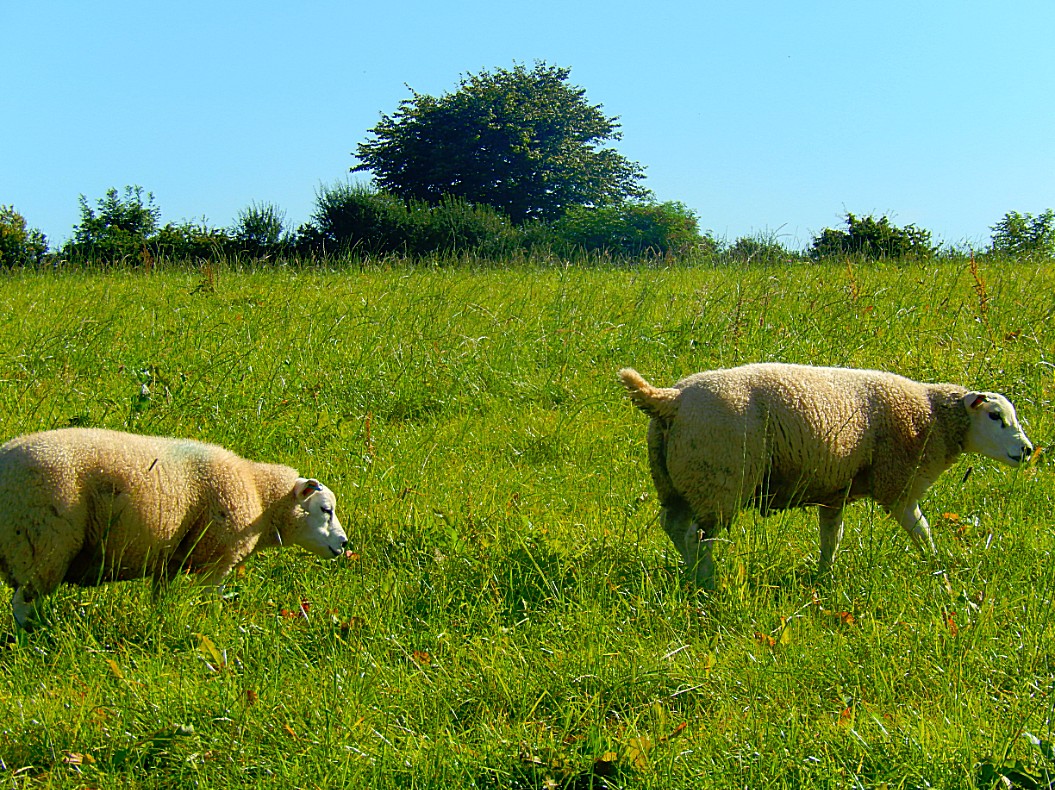
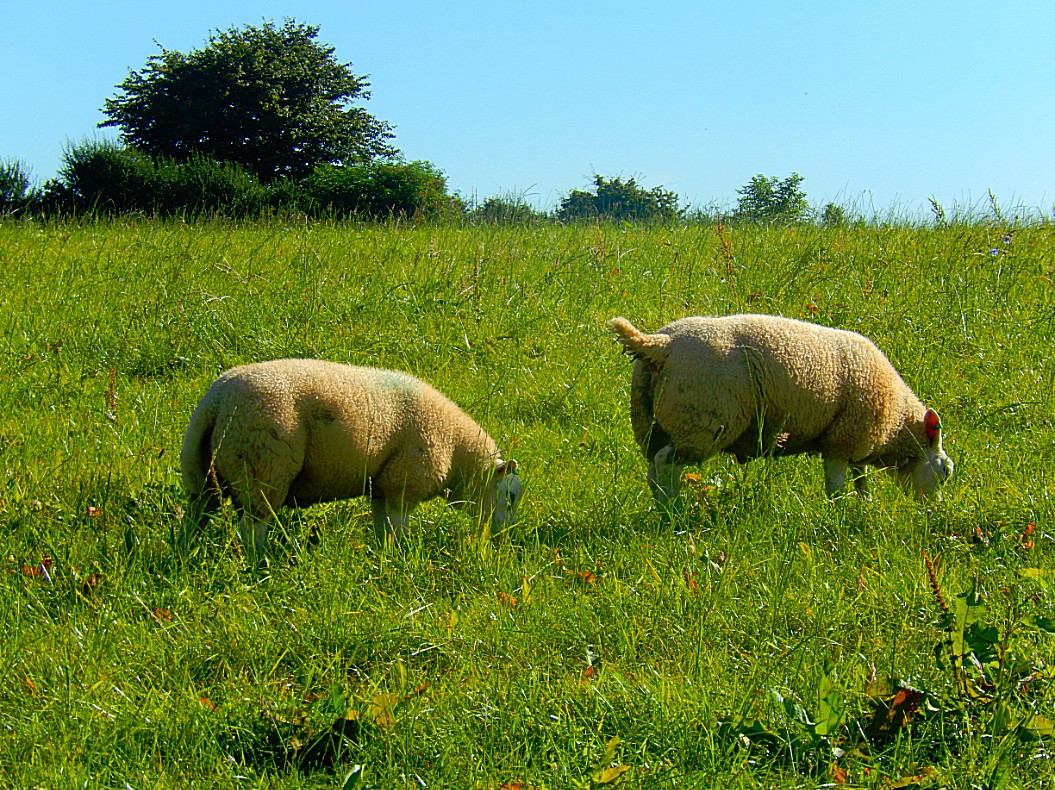


 The hedgerow as shown on the next photo provides protection for lots of animals, even as large as sheep!
The hedgerow as shown on the next photo provides protection for lots of animals, even as large as sheep!
And then I did find a sheep that had retreated into the thicket of the hedgerow, maybe to rest, or maybe even to give late birth to some new lambs…
As the sun was slowly starting to go down a bit (it was late afternoon by now), the play of light at the hedgerow began to fascinate me more and more.
It began with photographing the flowers and fruits in the thickets…
… then I changed to macrophotography…
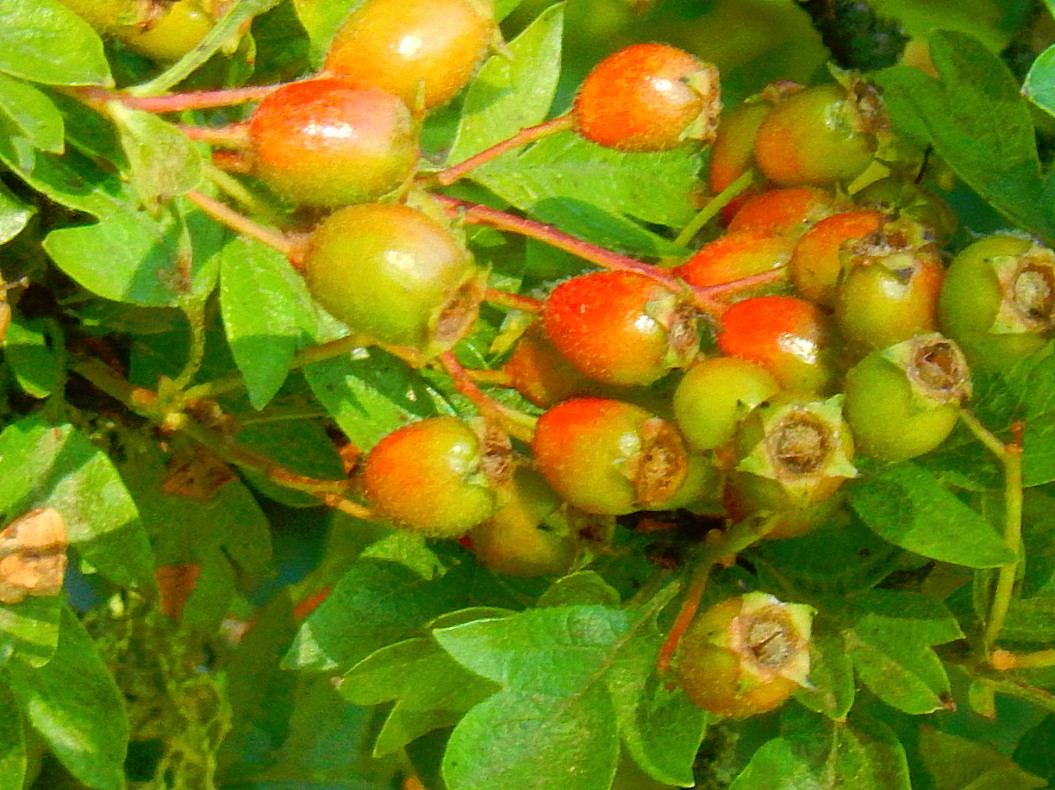
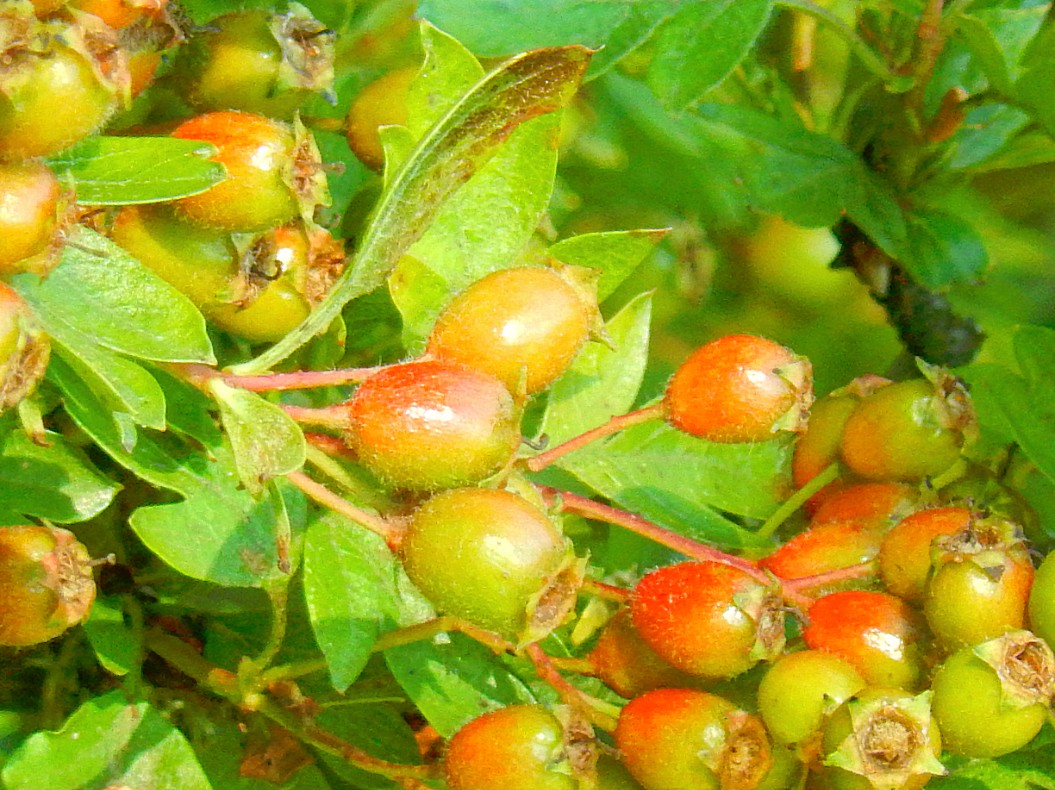
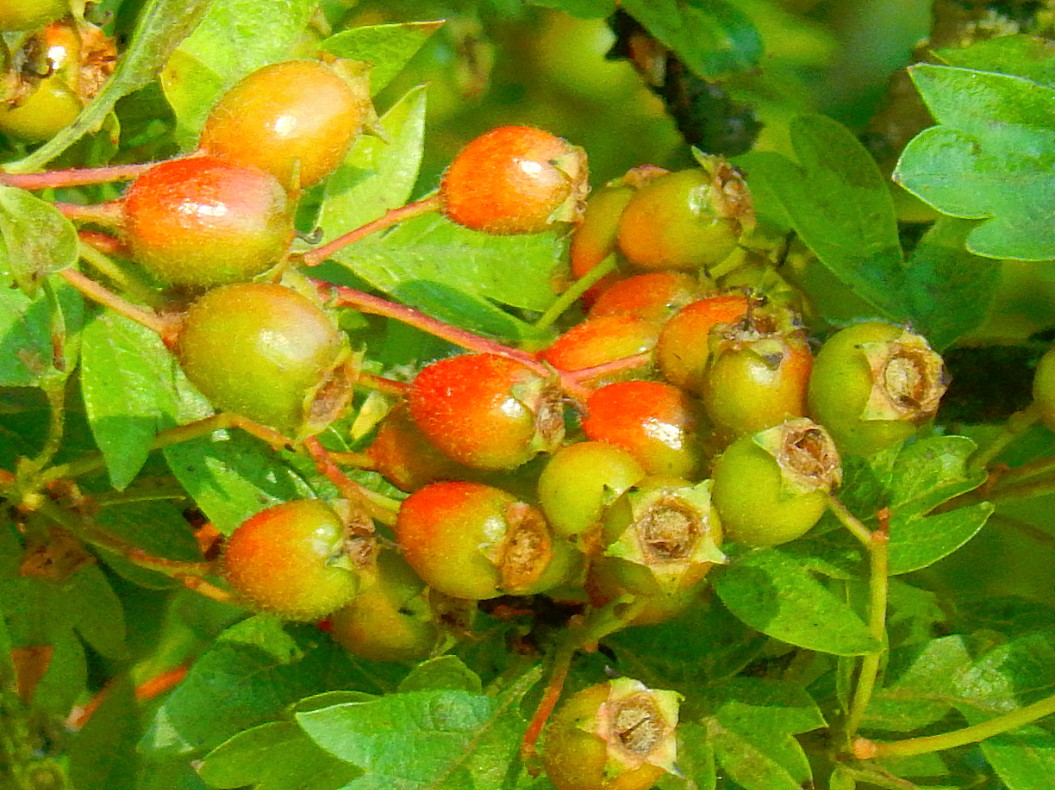

 …and soon I was more interested in the different backgrounds…
…and soon I was more interested in the different backgrounds…
… then a crucial moment happened. I created this picture:
… and I started to figure out how I could photograph that awesome diffuse background without anything in the front…
It’s not that easy, because simply focussing on the background, makes the diffusion effect disappear…
… but I learned and this was the result. Am very happy with this:
… Some variations…
Now I did have quite a walk back to The Green Dragon Inn…WAIT !!! let me say that again, because it really sounds like I’m walking through a book now, “walking through The Shire to get back to The Green Dragon Inn“…
“For a short way they followed the lane westwards. Then leaving it they turned left and took quietly to the fields again. They went in single file along hedgerows and the borders of coppices, and night fell dark about them. In their dark cloaks they were as invisible as if they all had magic rings. Since they were all hobbits, and trying to be silent, they madeno noise that even hobbits would hear. Even the wild things in the fields and woodshardly noticed their passing.
After some time they crossed the Water, west of Hobbiton, by a narrow plank-bridge. The stream was there no more than a winding black ribbon, bordered with leaning alder-trees. A mile or two further south they hastily crossed the great road from the Brandywine Bridge; they were now in the Tookland and bending south-eastwards they made for the Green Hill Country. As they began to climb its first slopes they looked back and saw the lamps in Hobbiton far off twinkling in the gentle valley of the Water. Soon it disappeared in the folds of the darkened land, and was followed by Bywater beside its grey pool.When the light of the last farm was far behind, peeping among the trees, Frodo turned and waved a hand in farewell.”
From: The Lord of the Rings: The Fellowship of the Ring, Book 1, Chapter III: Three is company; by J.R.R. Tolkien
This beautiful path following the hedgerow was named “The Muddy Path” 😀 Love that name!!!
…but first I met some more pheasants…
…and then I moved slowly down hill…
… passed grassy fields, boasting an abundance and a huge variety of wildflowers…
… while walking there humming another couplet of “The Road Goes Ever On”, I really thought I saw some Flower Fairies quickly hiding between the grass and the flowers…
… but then I started to remember that I probably had been seeing them all day… 😉
…and again I started experimenting with diffuse backgrounds…
… like this…
… and between the flowers there were so many insects gathering honey or just doing their thing…
I was now almost at the bottom of the Windy Ridge and slowly walked back passed the farm I had seen before towards the road to The Green Dragon…
The light became even more beautiful then it already had been…
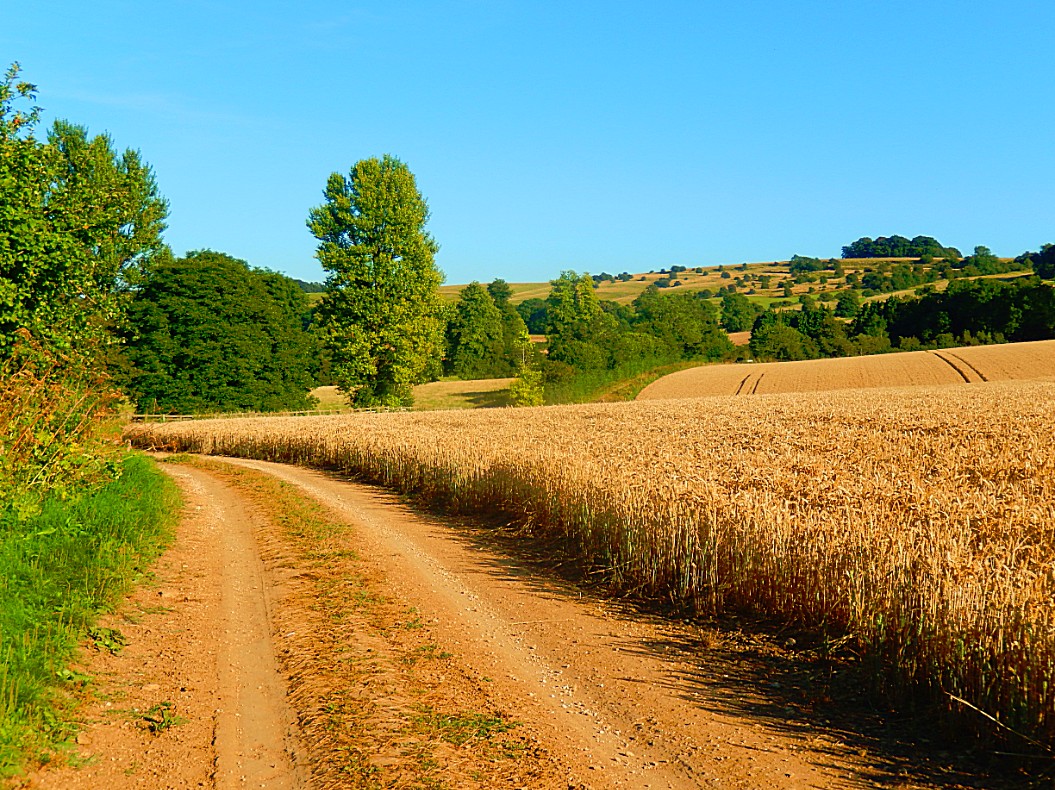

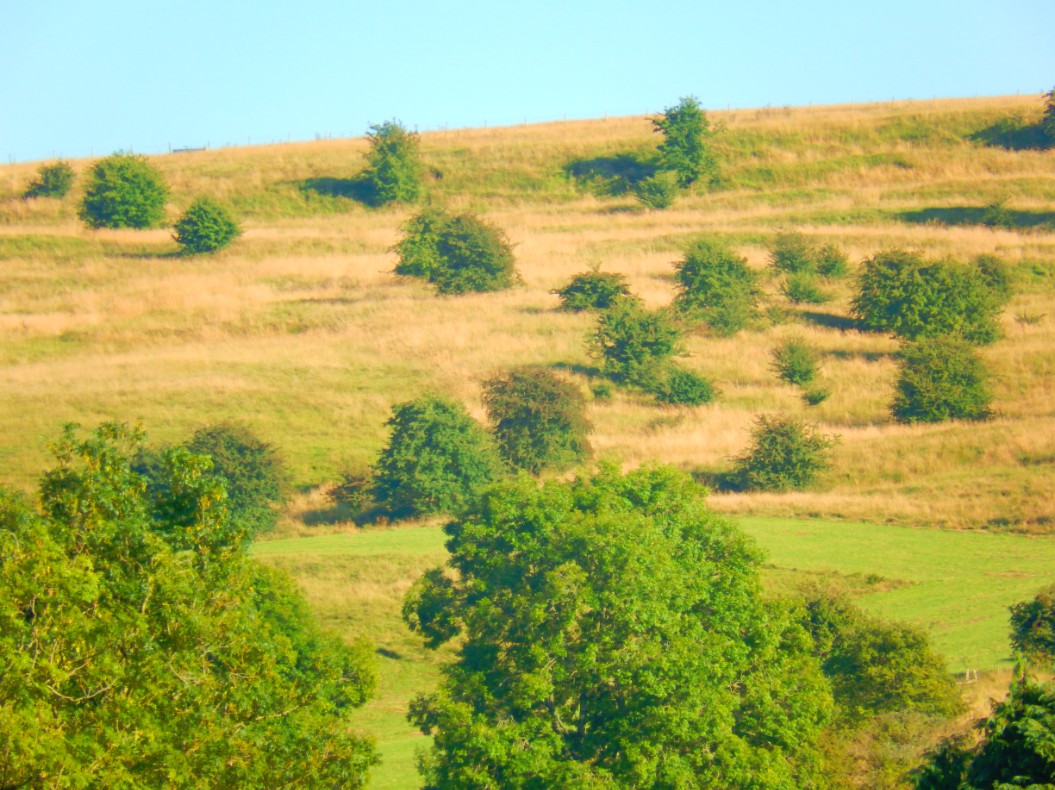 What a sight, looking over the rolling hills ablaze with barley and suddenly I began to develop a thirst for a well brewn Barley Wine 😉
What a sight, looking over the rolling hills ablaze with barley and suddenly I began to develop a thirst for a well brewn Barley Wine 😉
The farms I passed had apple trees that were now bearing full grown beatiful red and green apples…
I walked through the Shire lands, knowing that I had planned for two more days travelling through this awesome area…
Then I reached the tarred road again…
I had not managed to photograph a butterfly today, although I had seen lots, but now I finally succeeded (took me half an hour though to get it right). I decided to spend some more time tomorrow on getting some good butterfly pics…
I slowly proceeded towards the end of the road, simply enjoying the awesome views…
… and passing the meadows full of sheep again…
And then tired but content, like a real Hobbit at the end of a working day, I reached The Green Dragon Inn to get me a pint of that golden ale and a plate of some decent food, but more of that in my next blog about The Cotswolds 🙂


